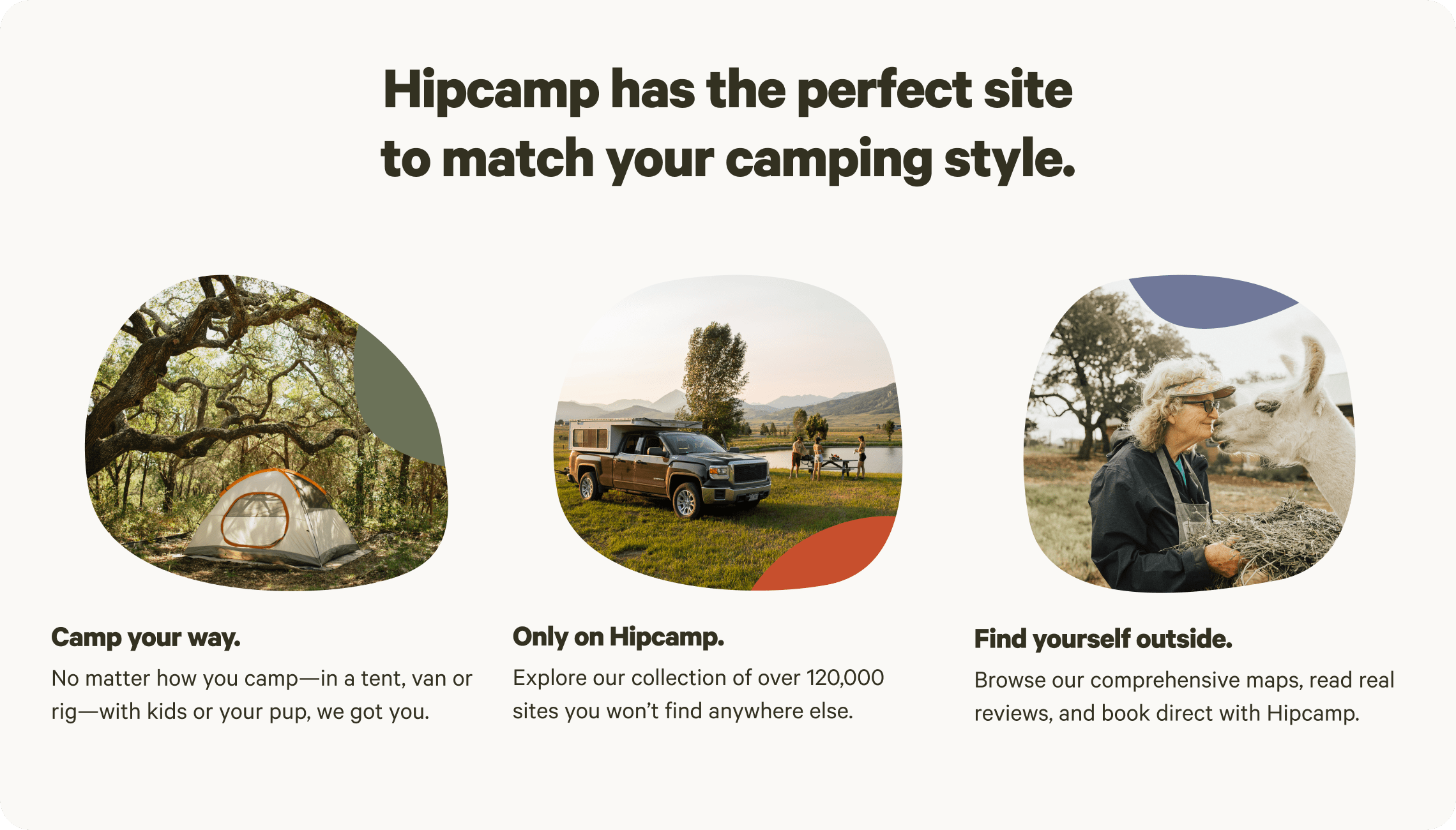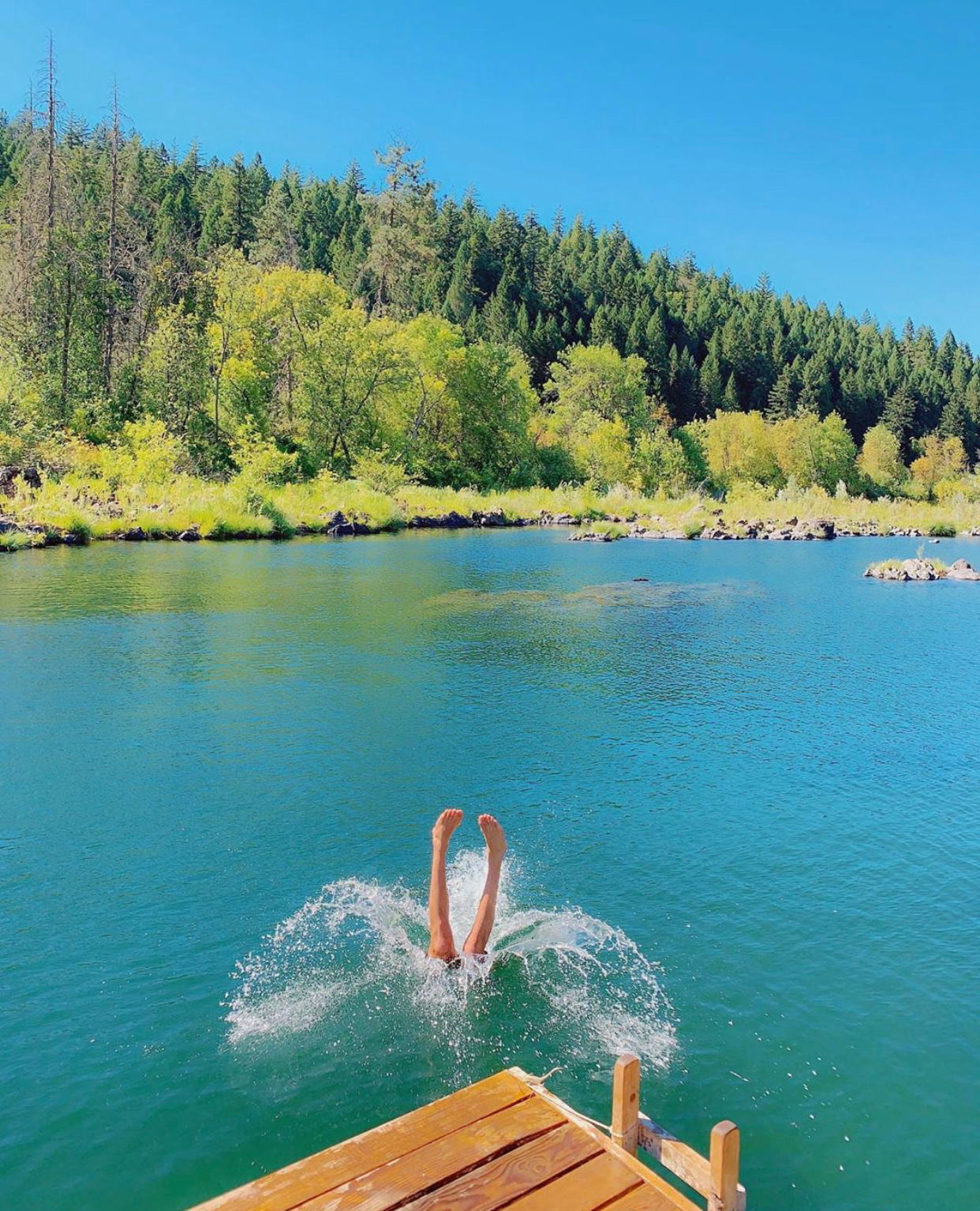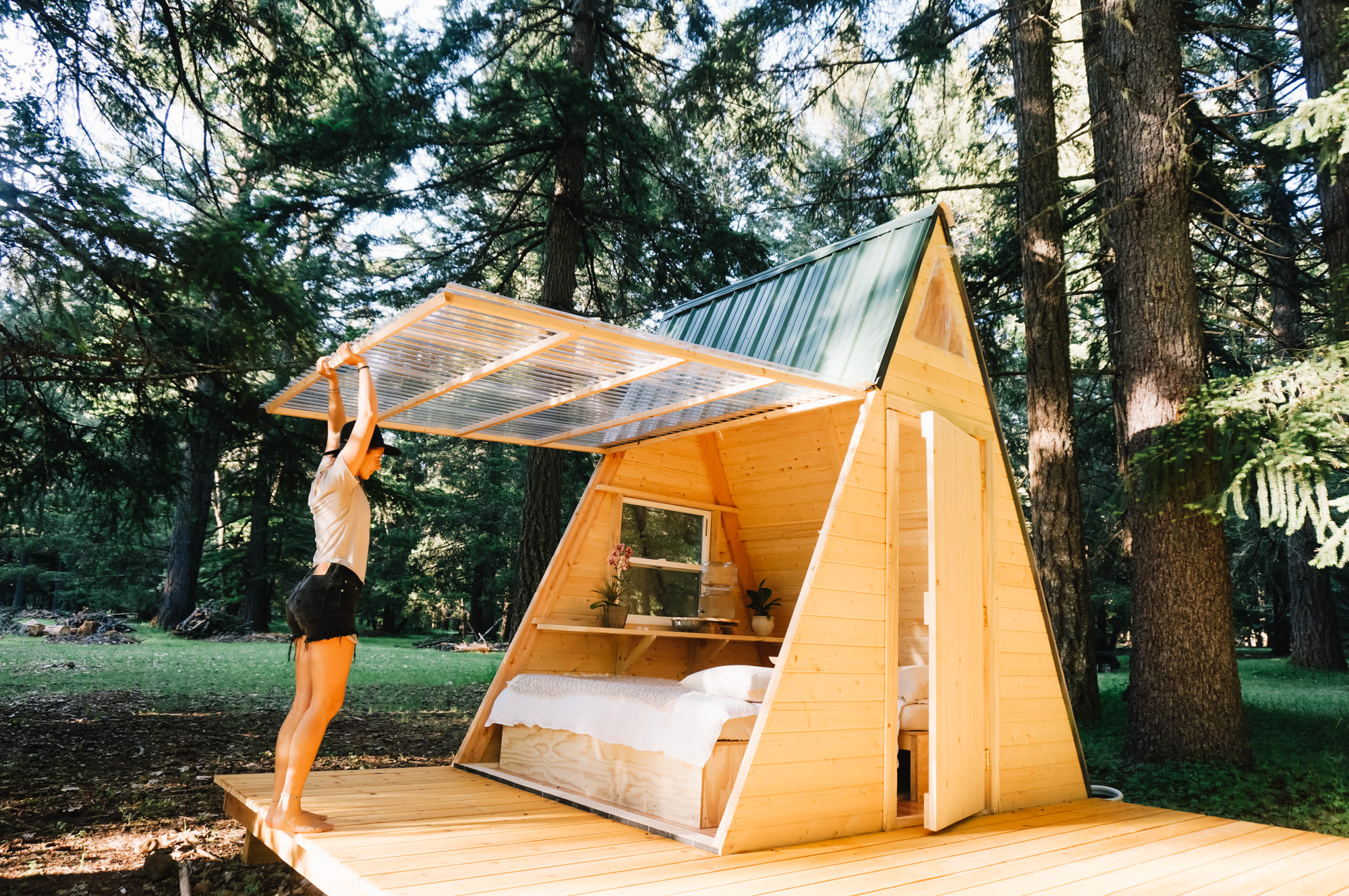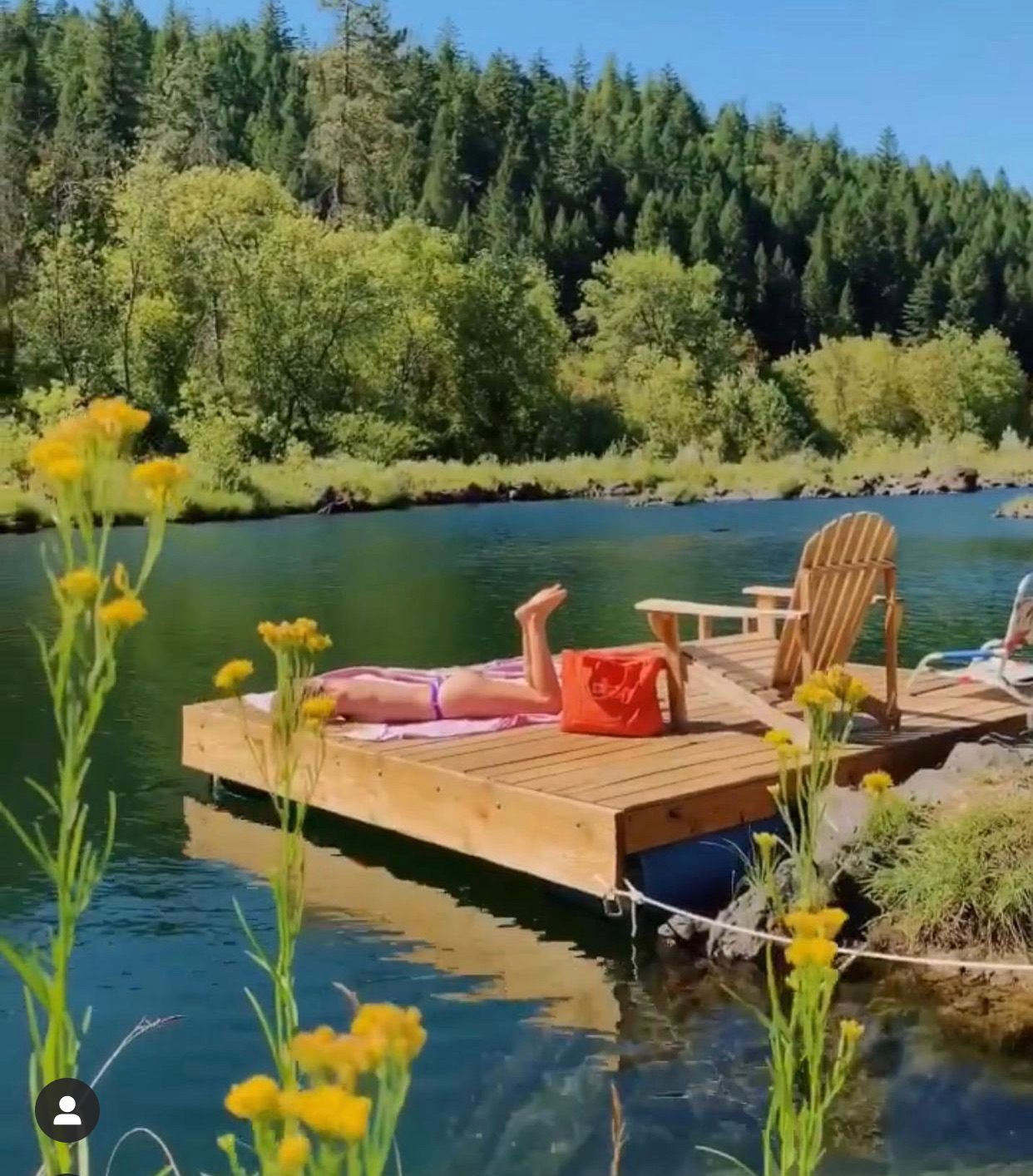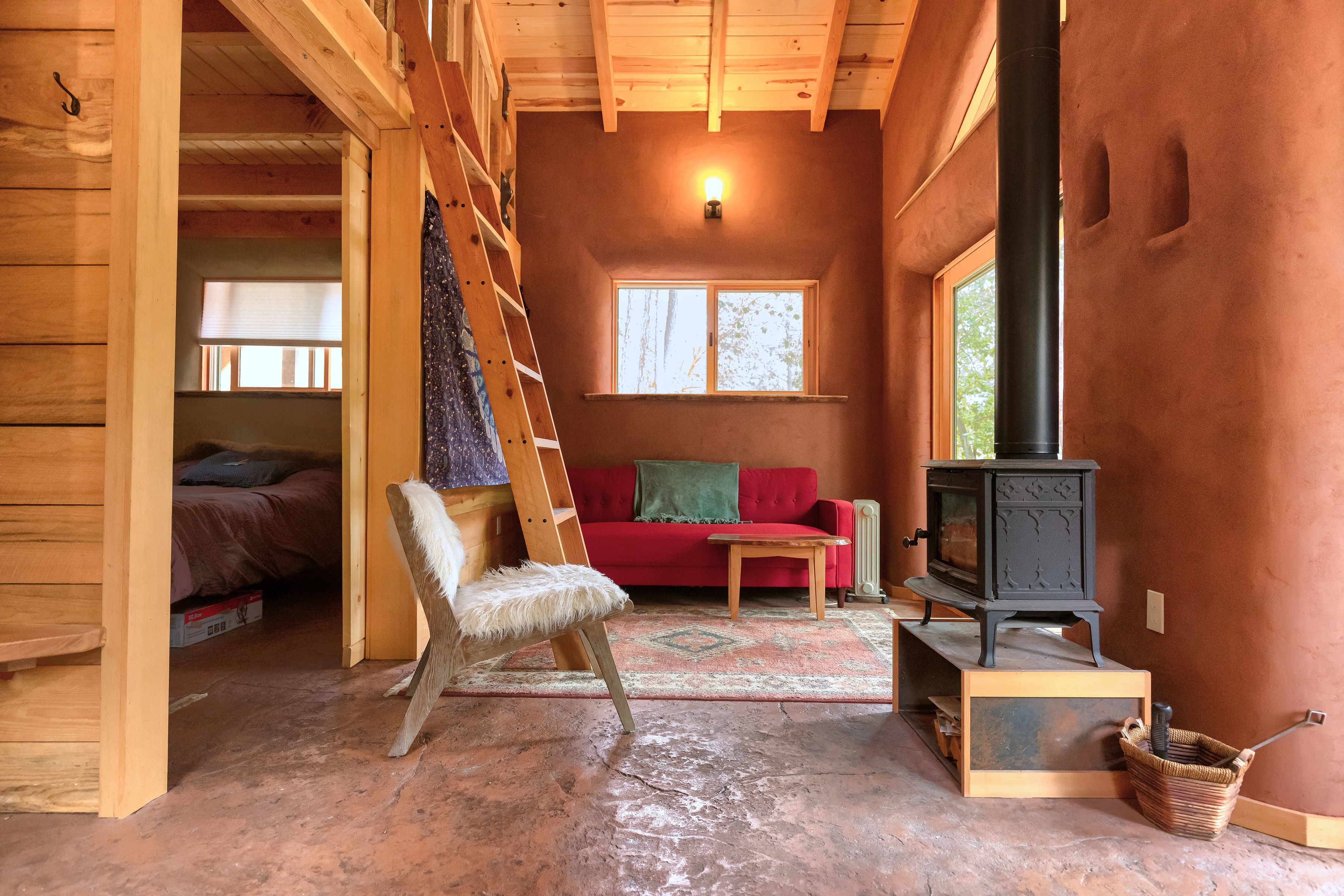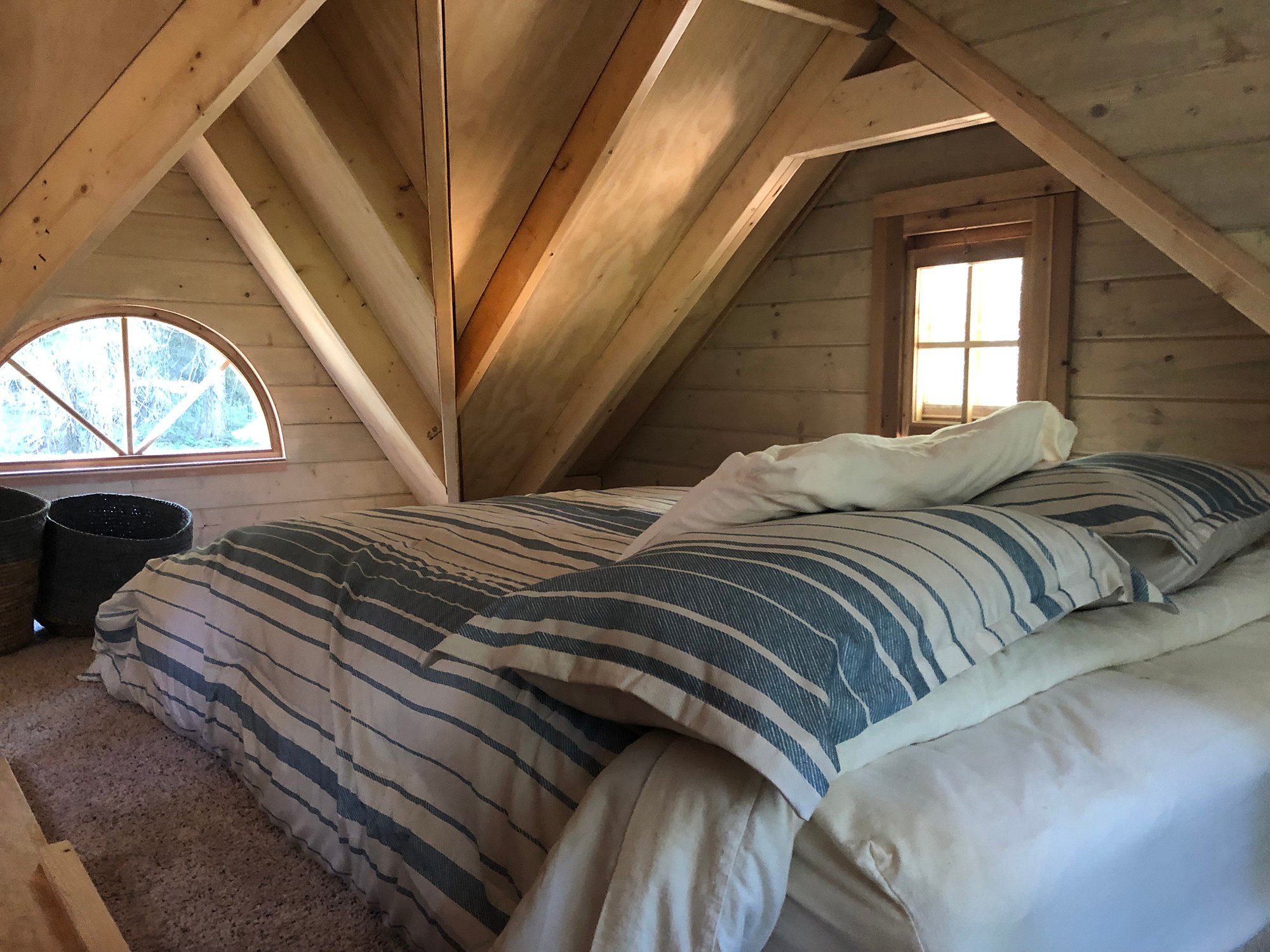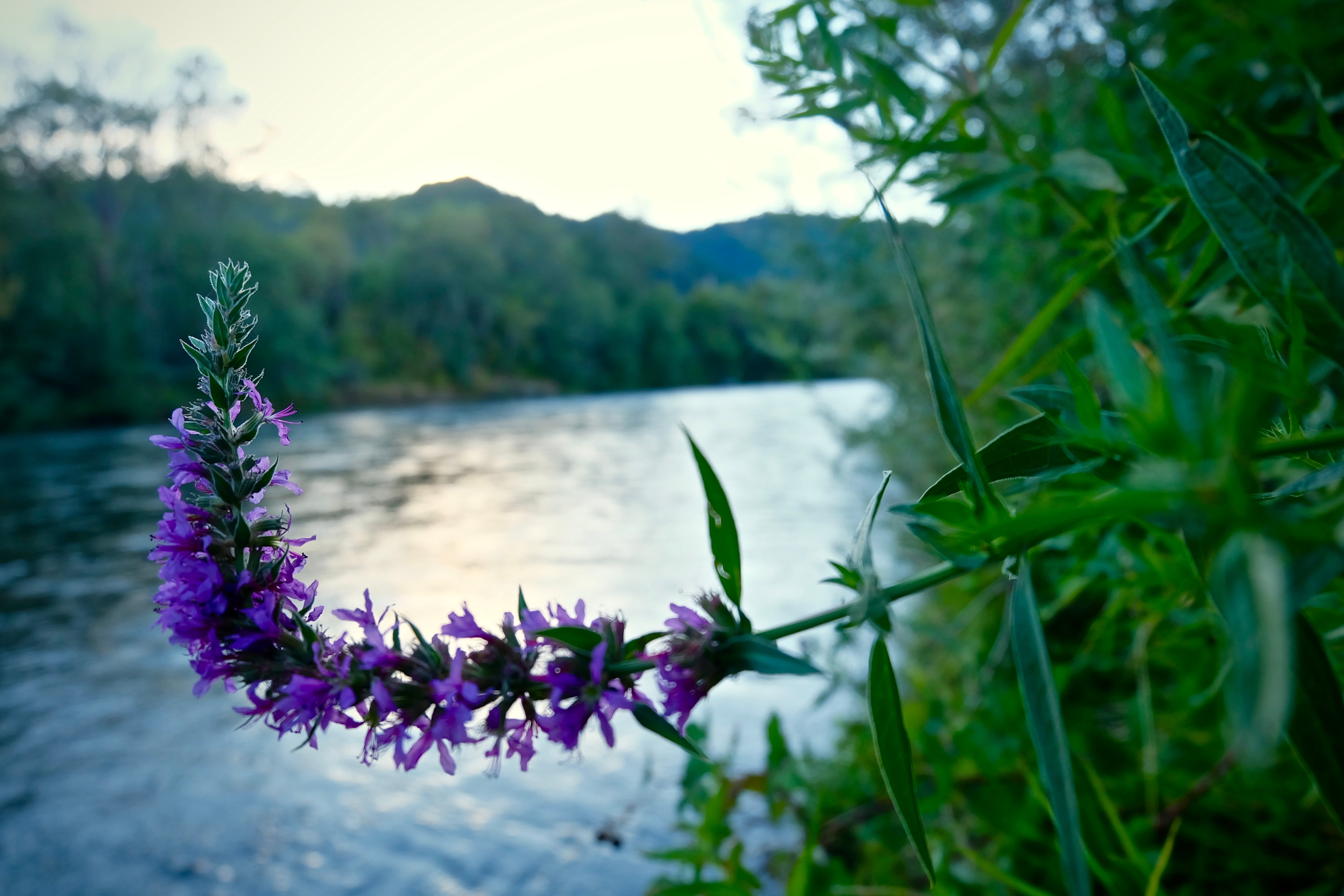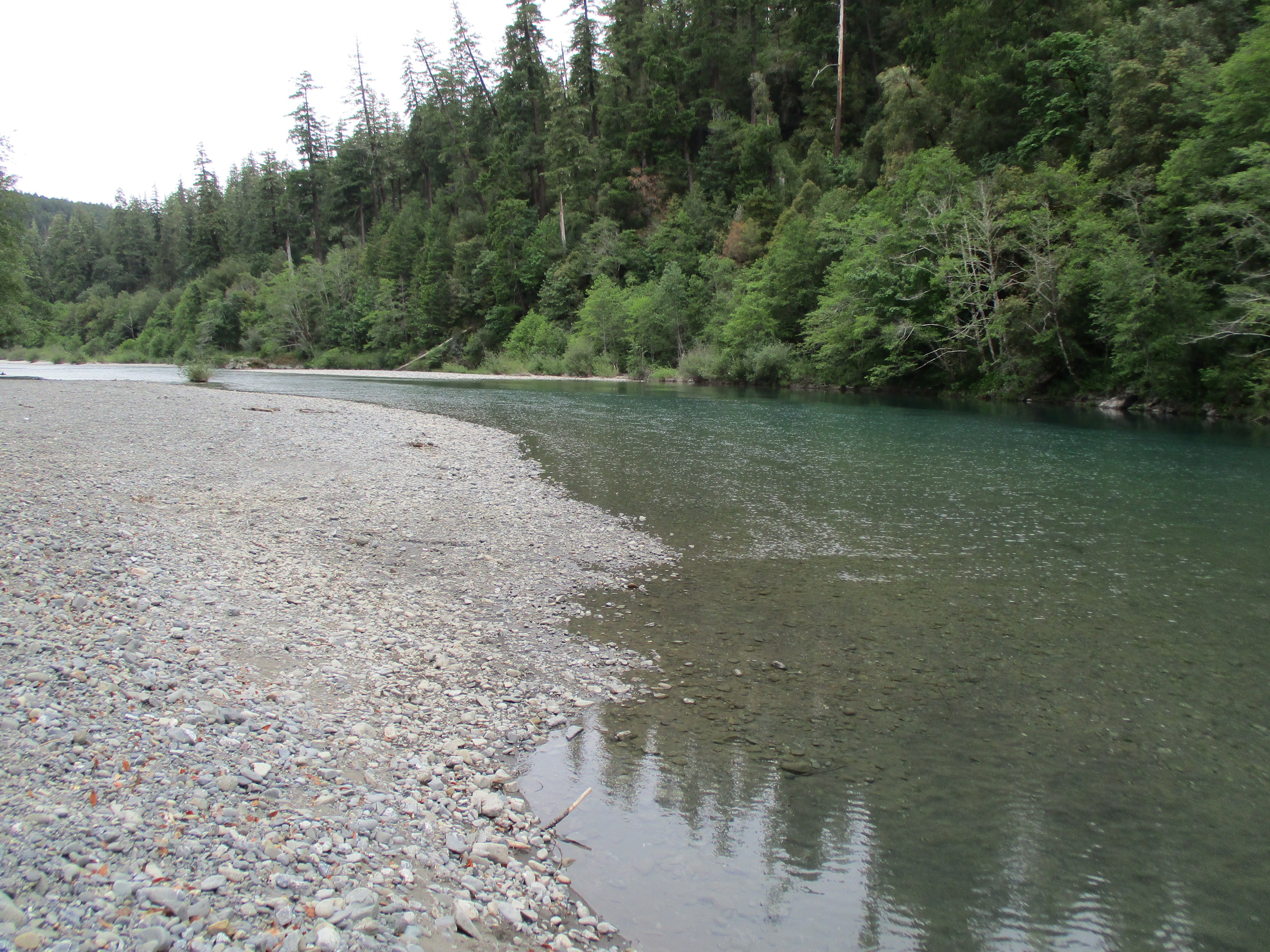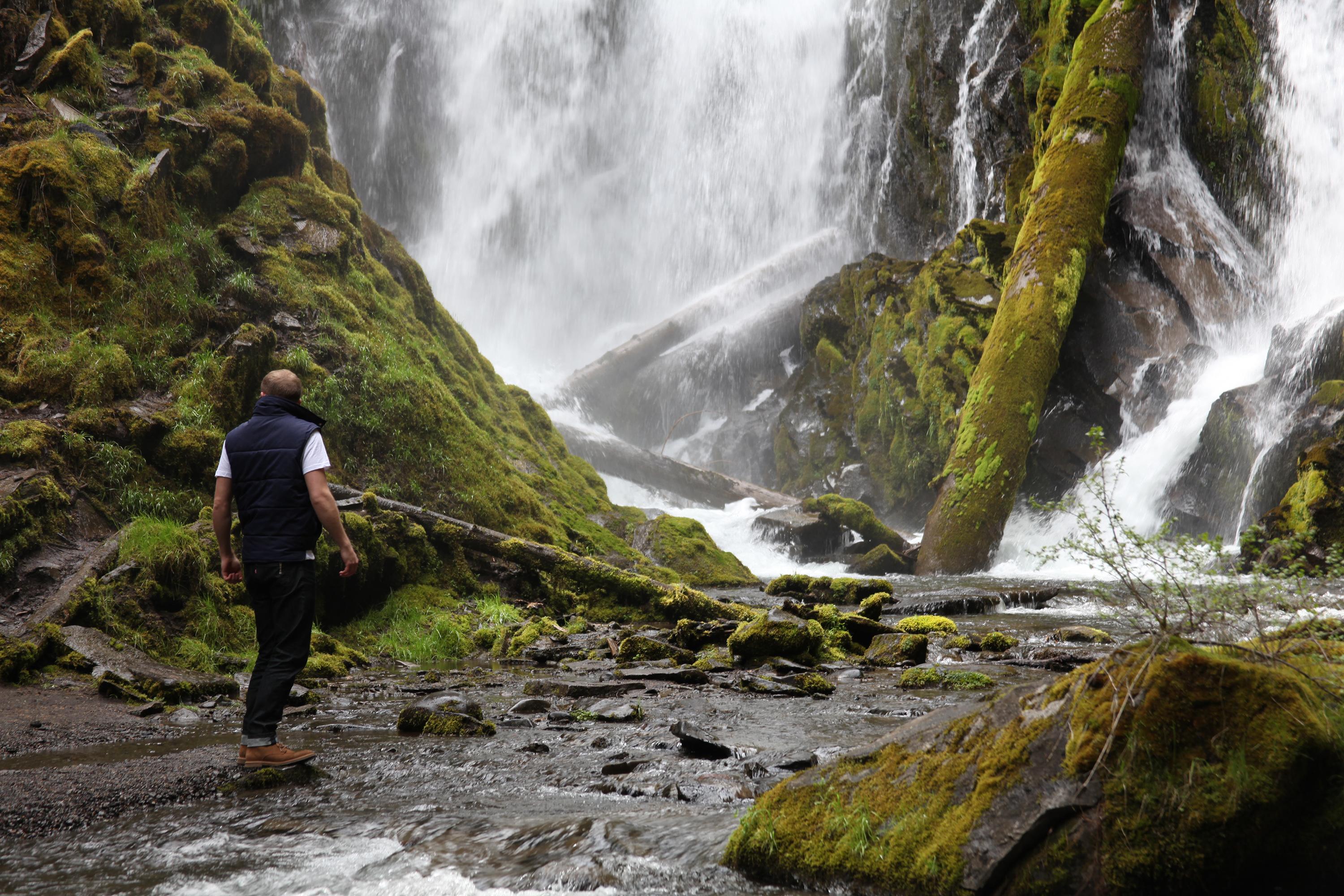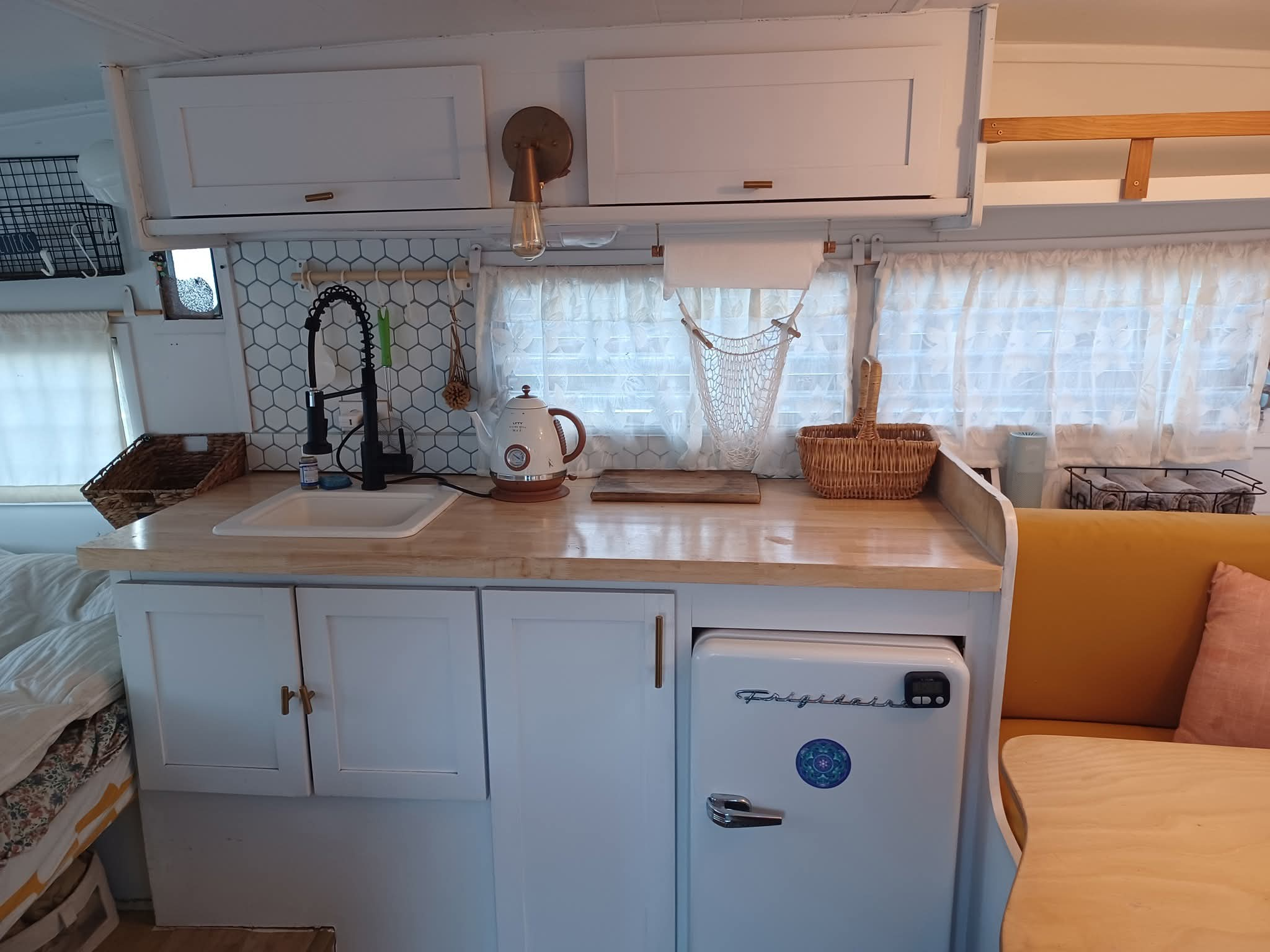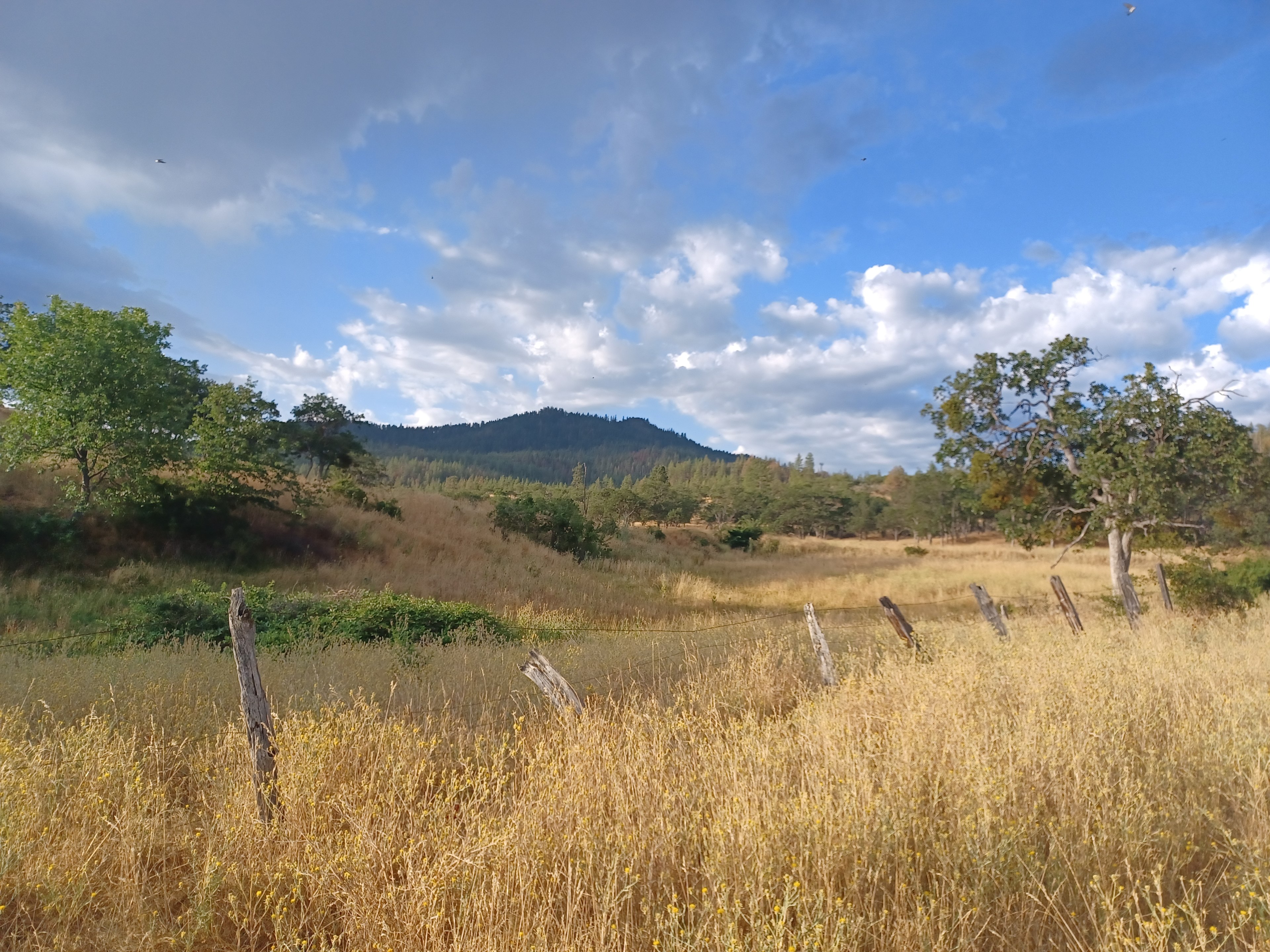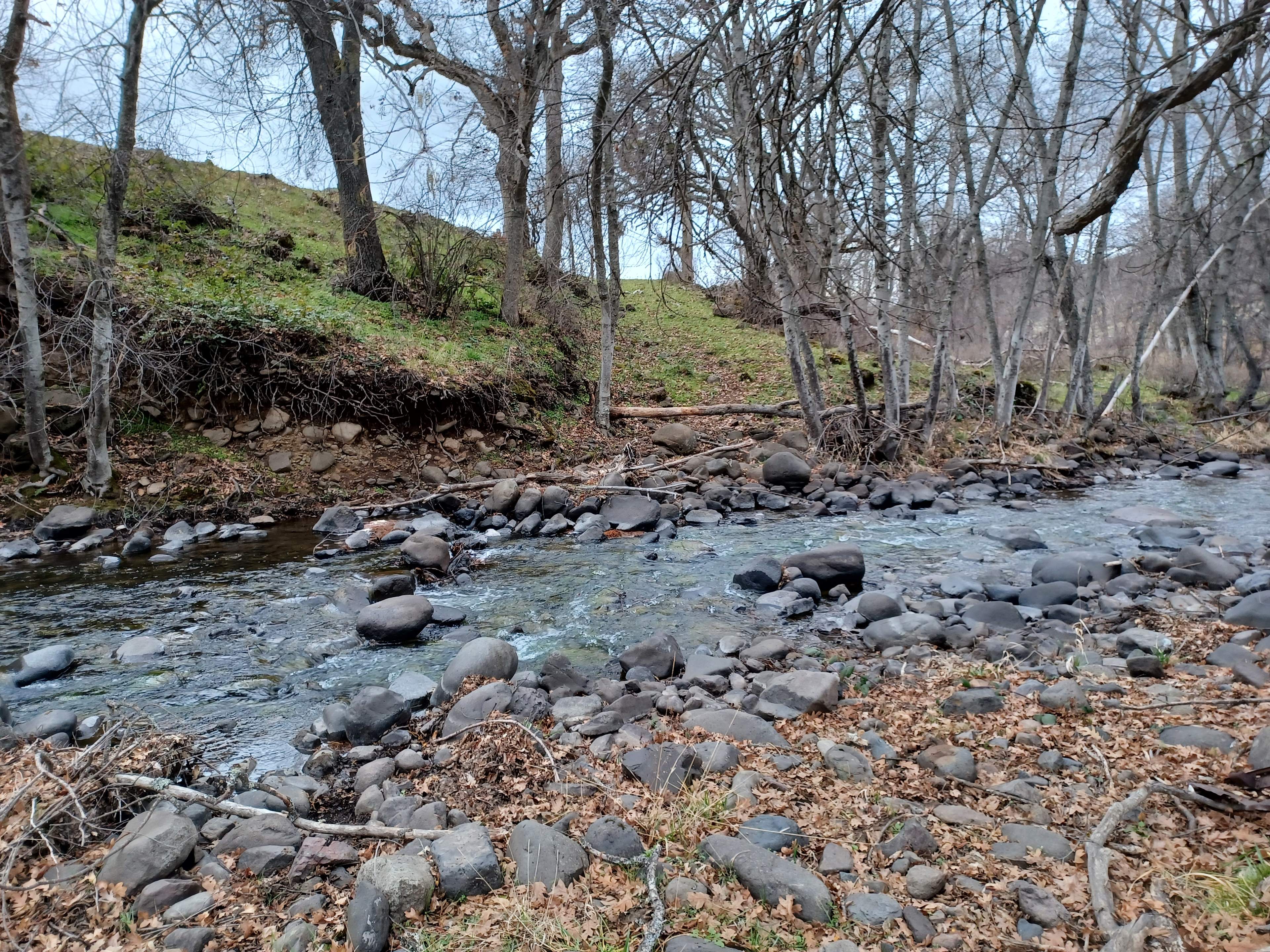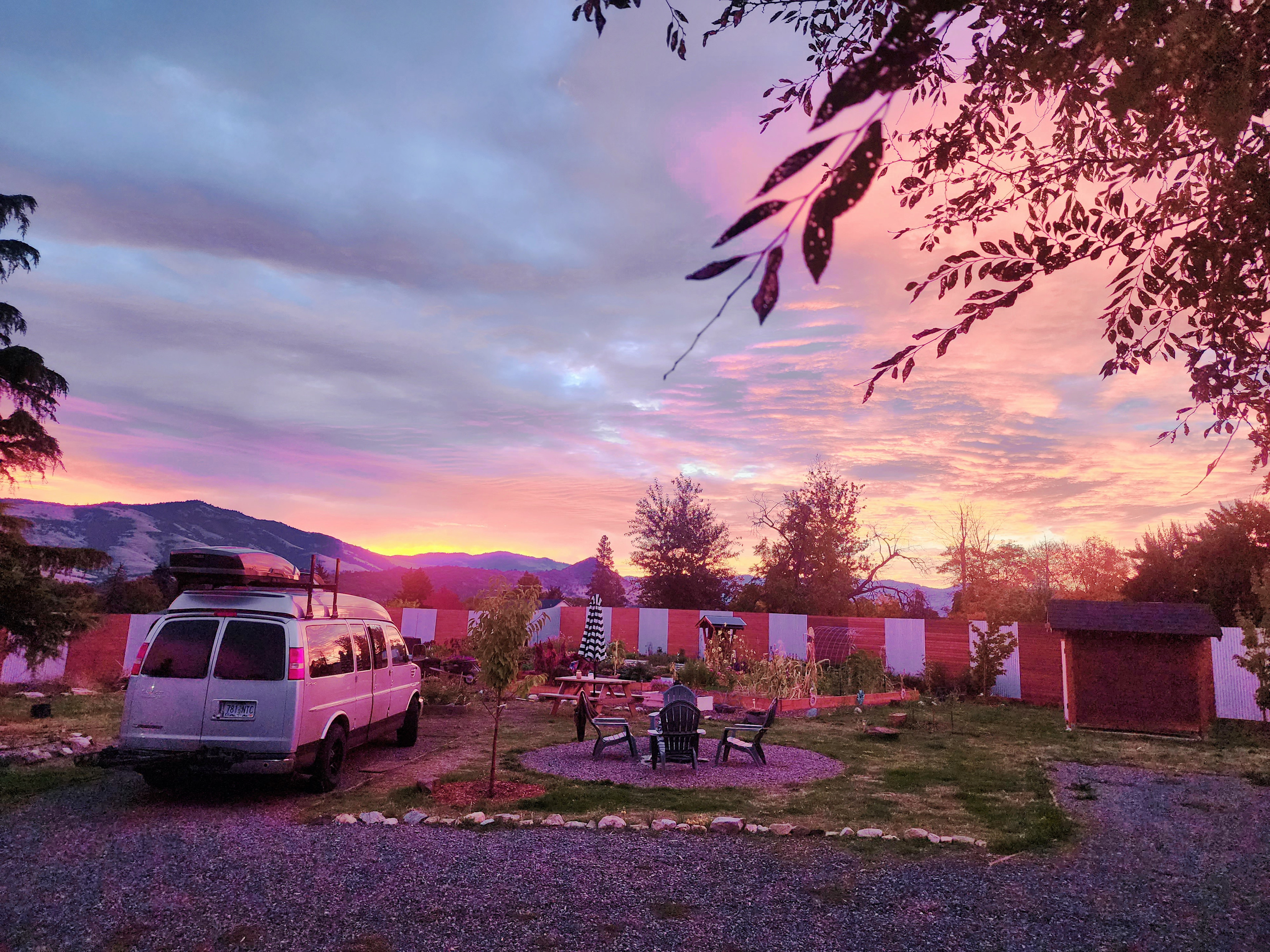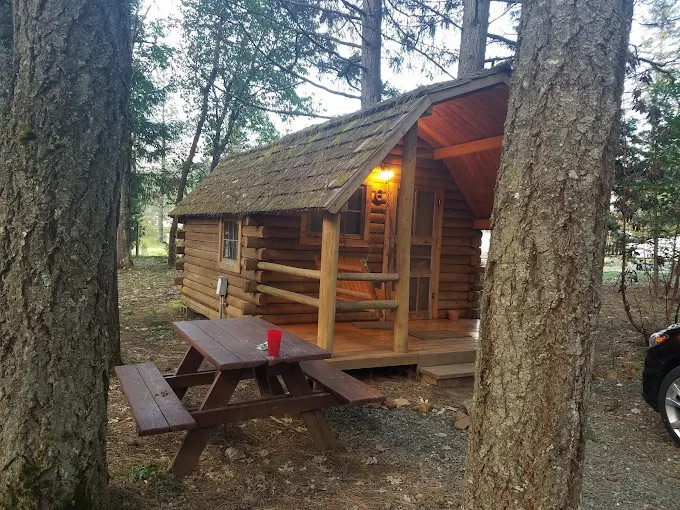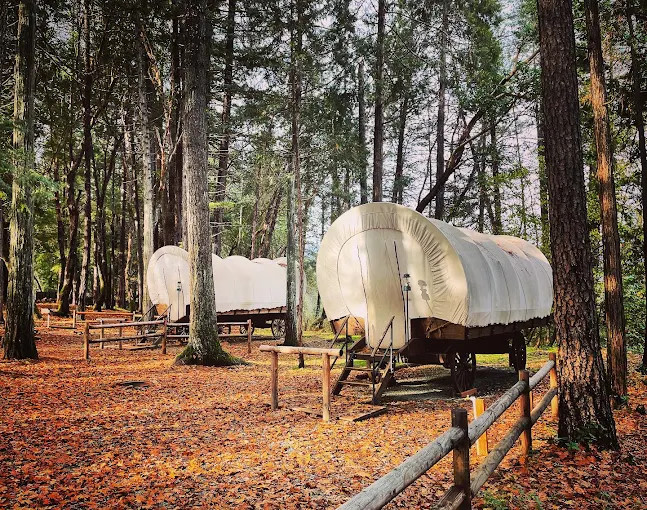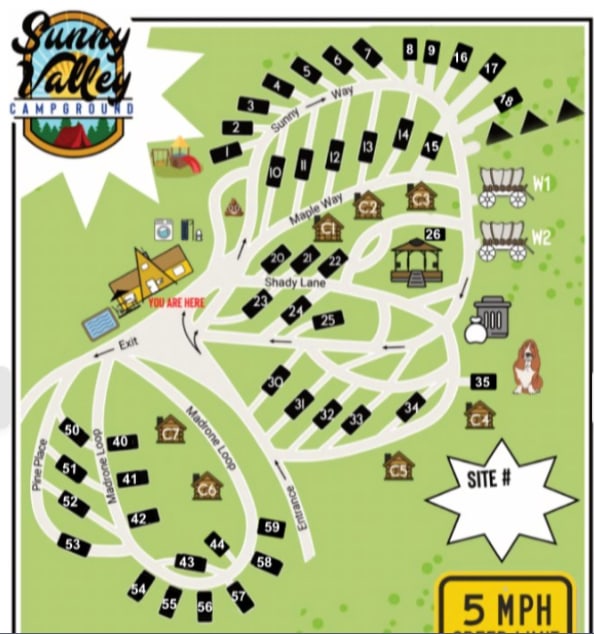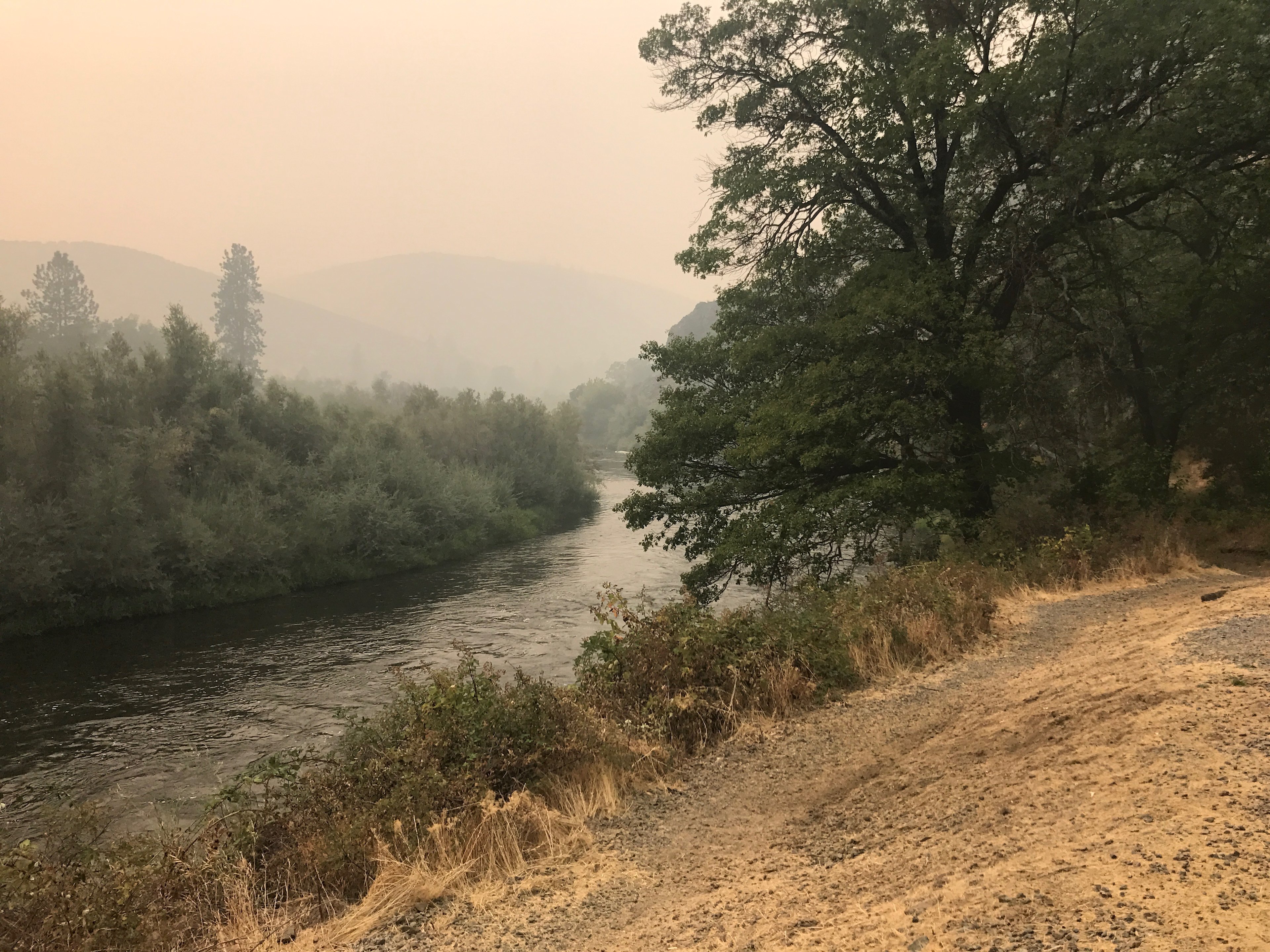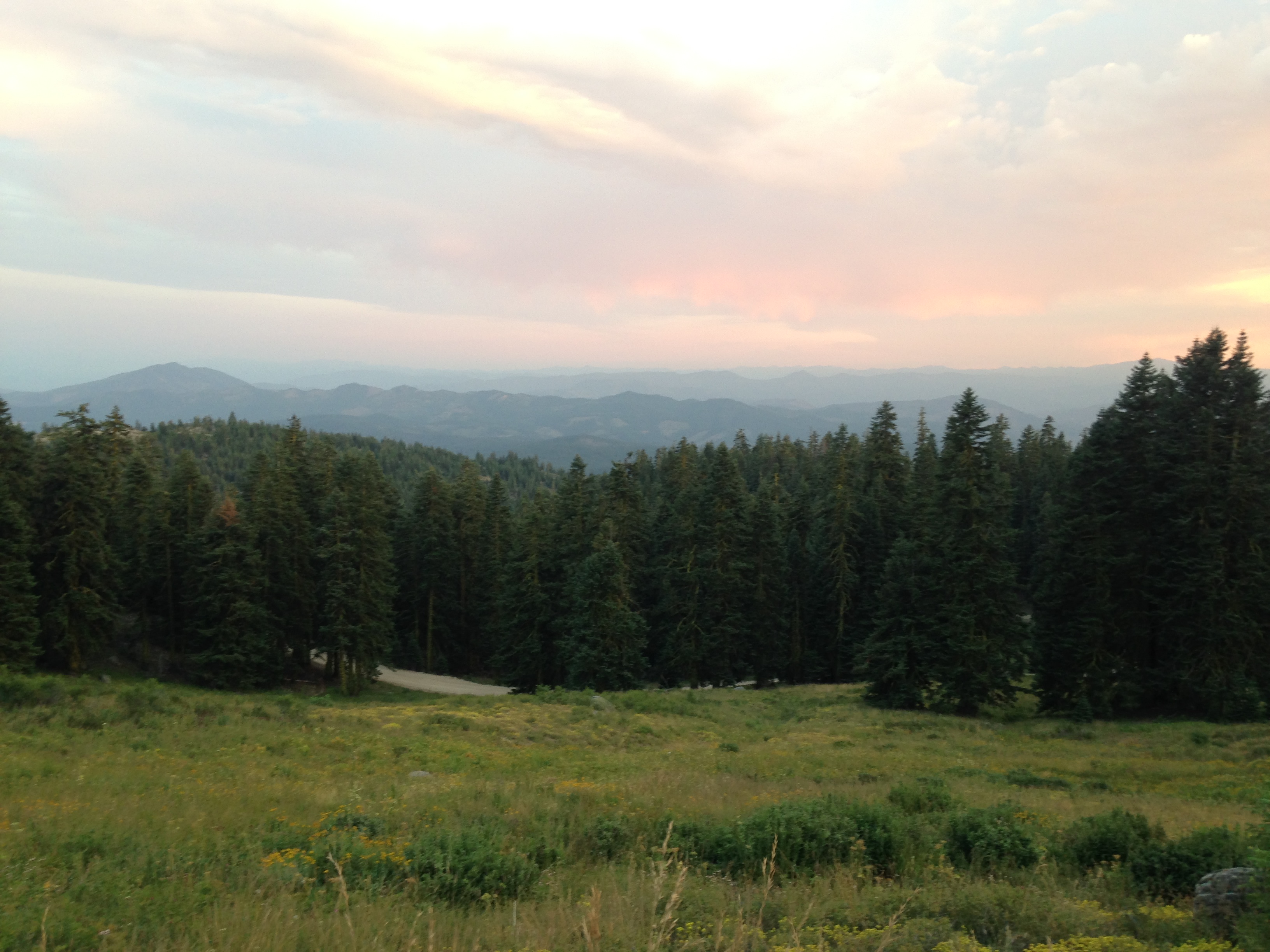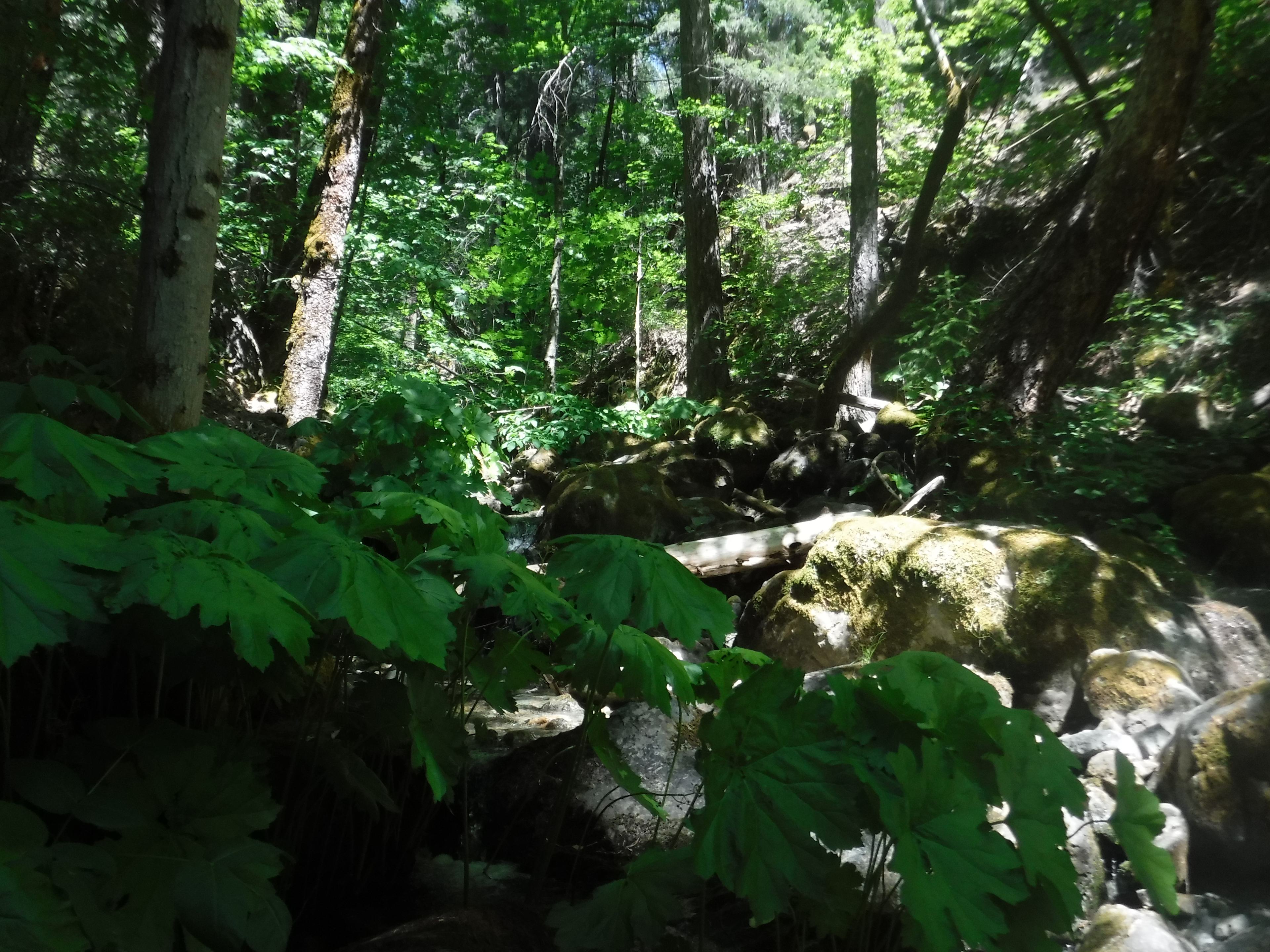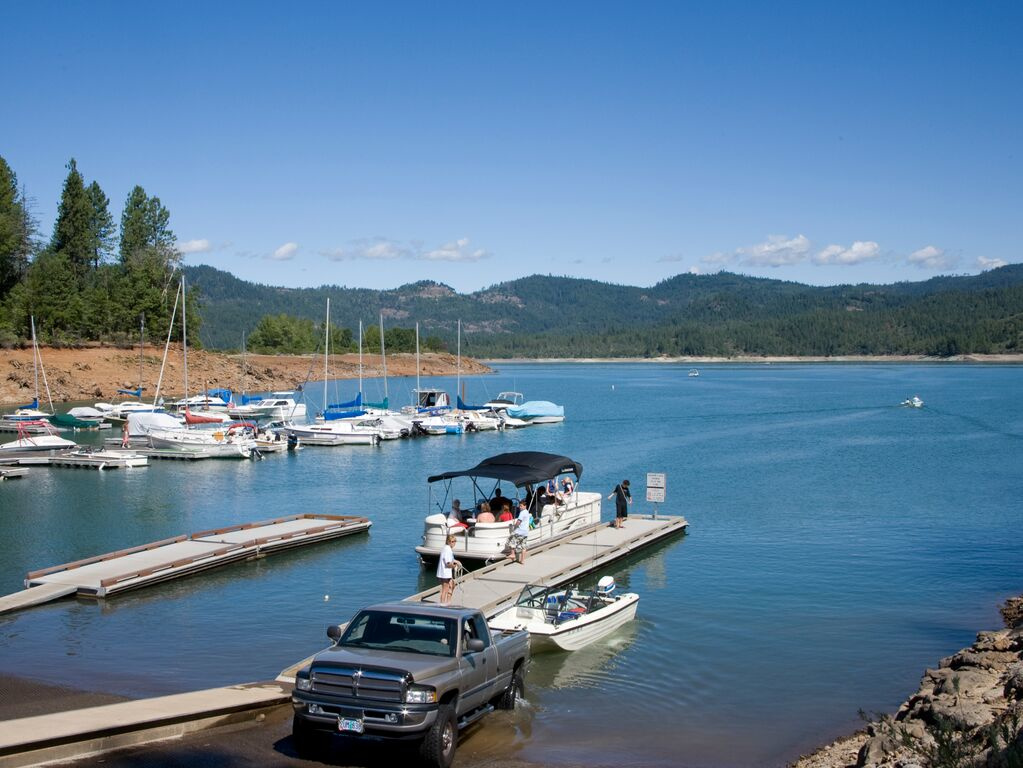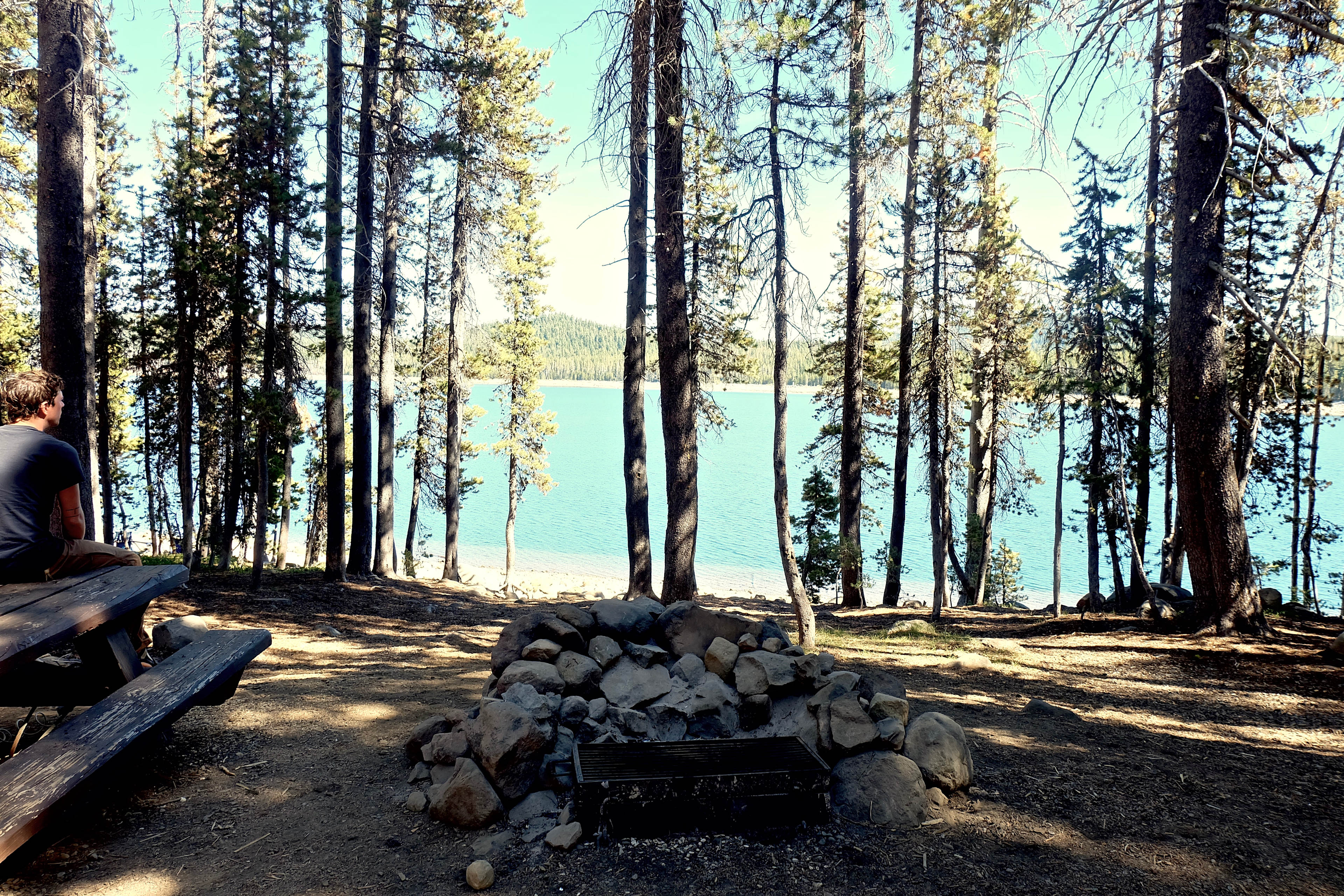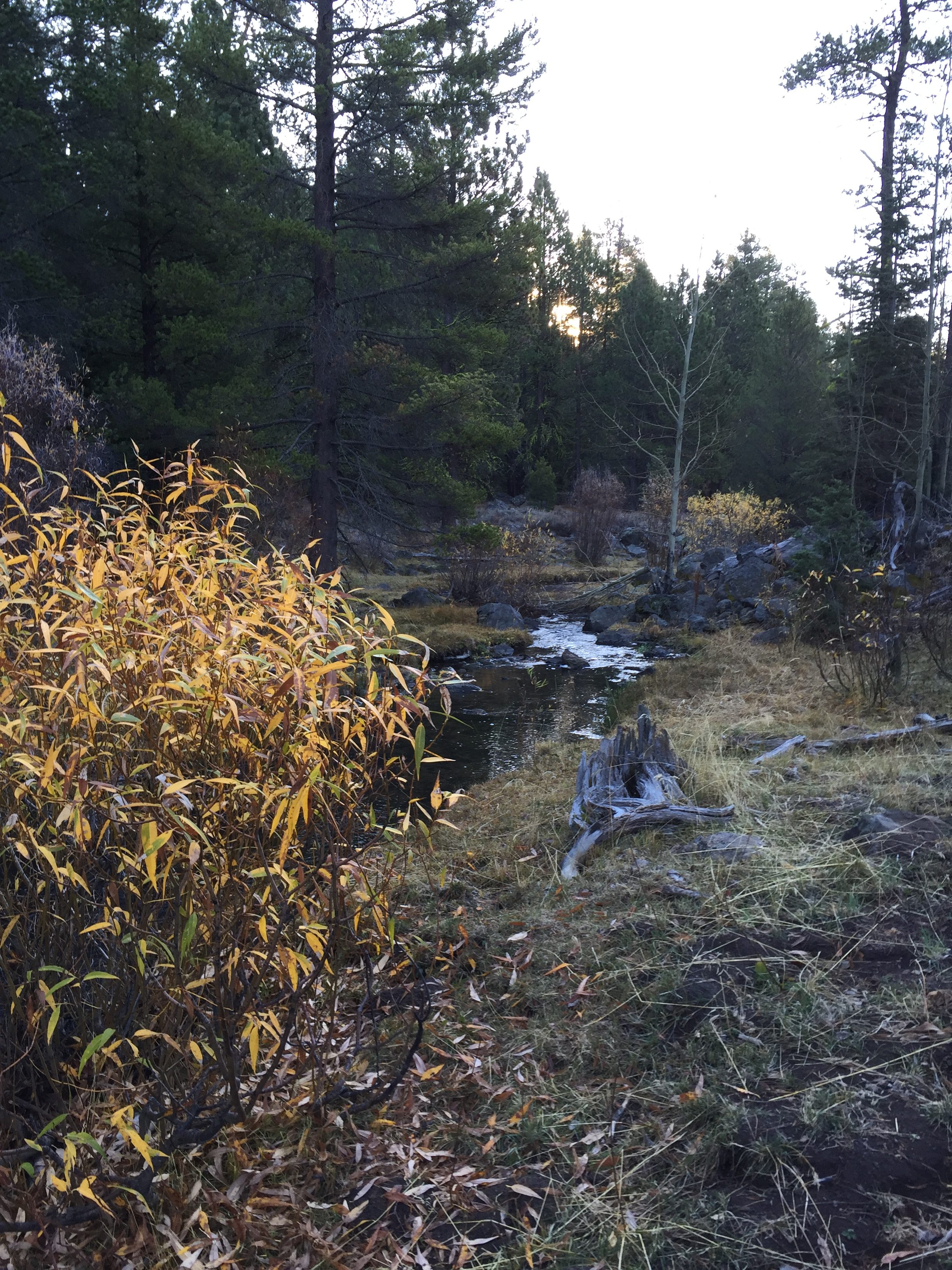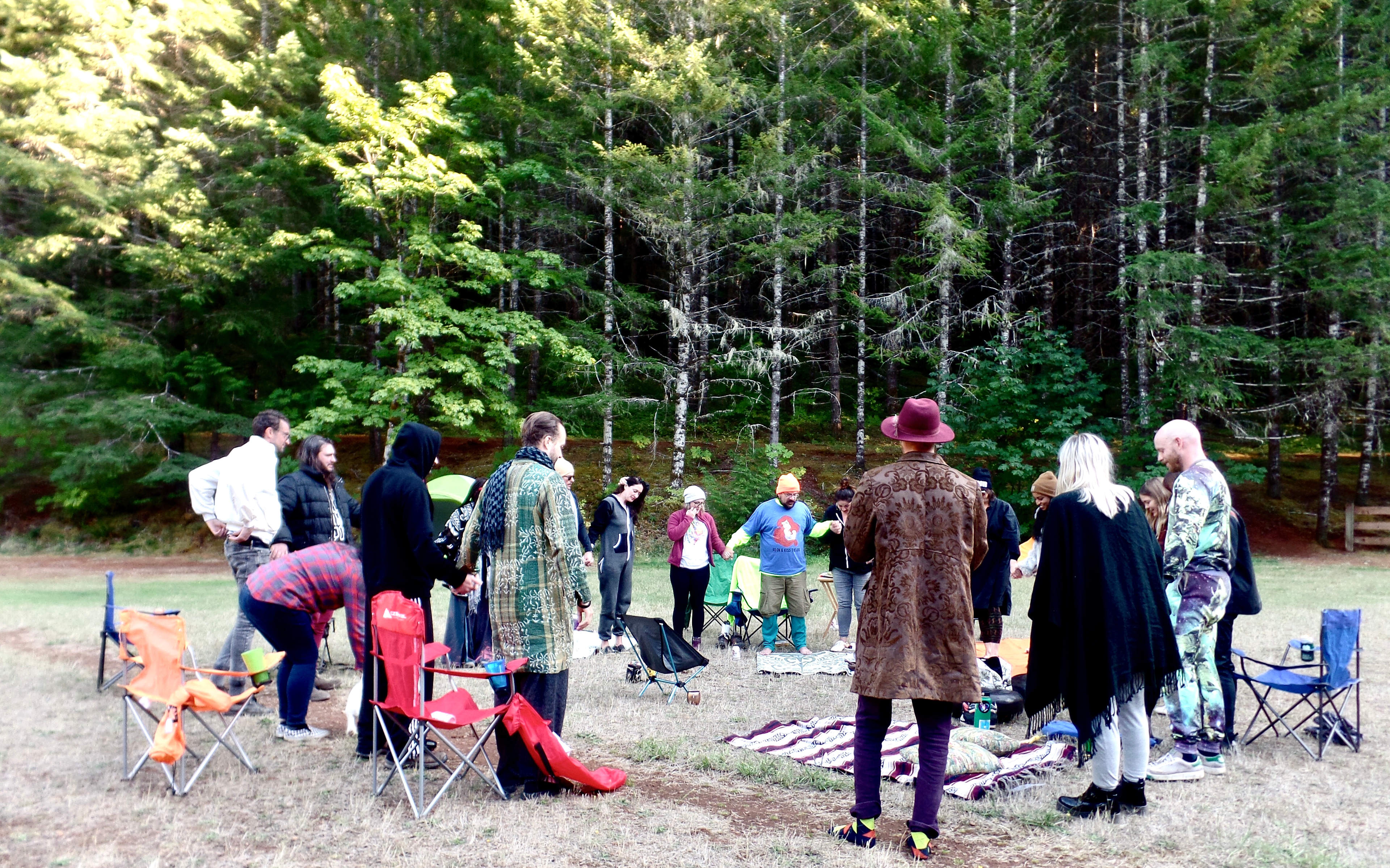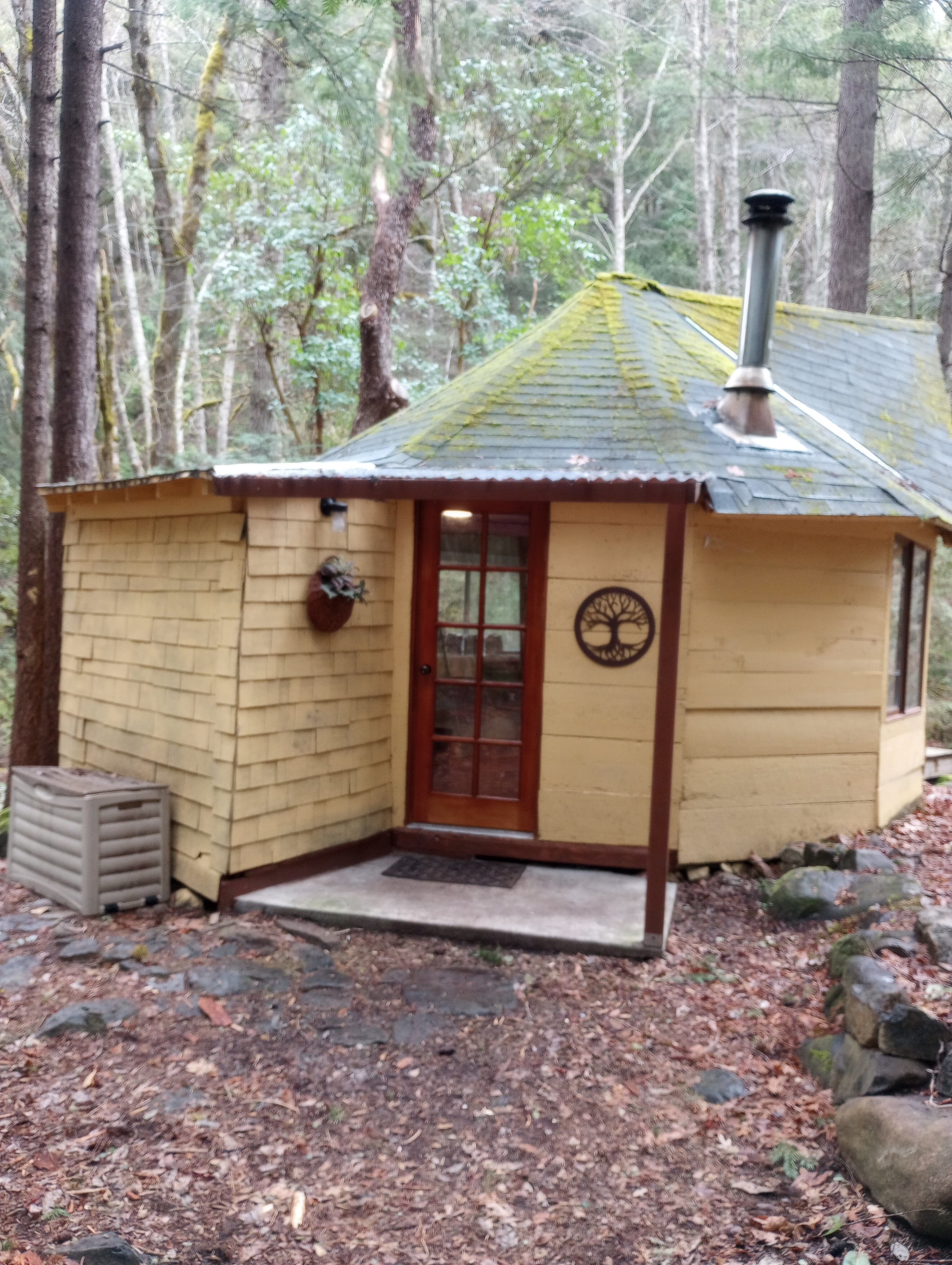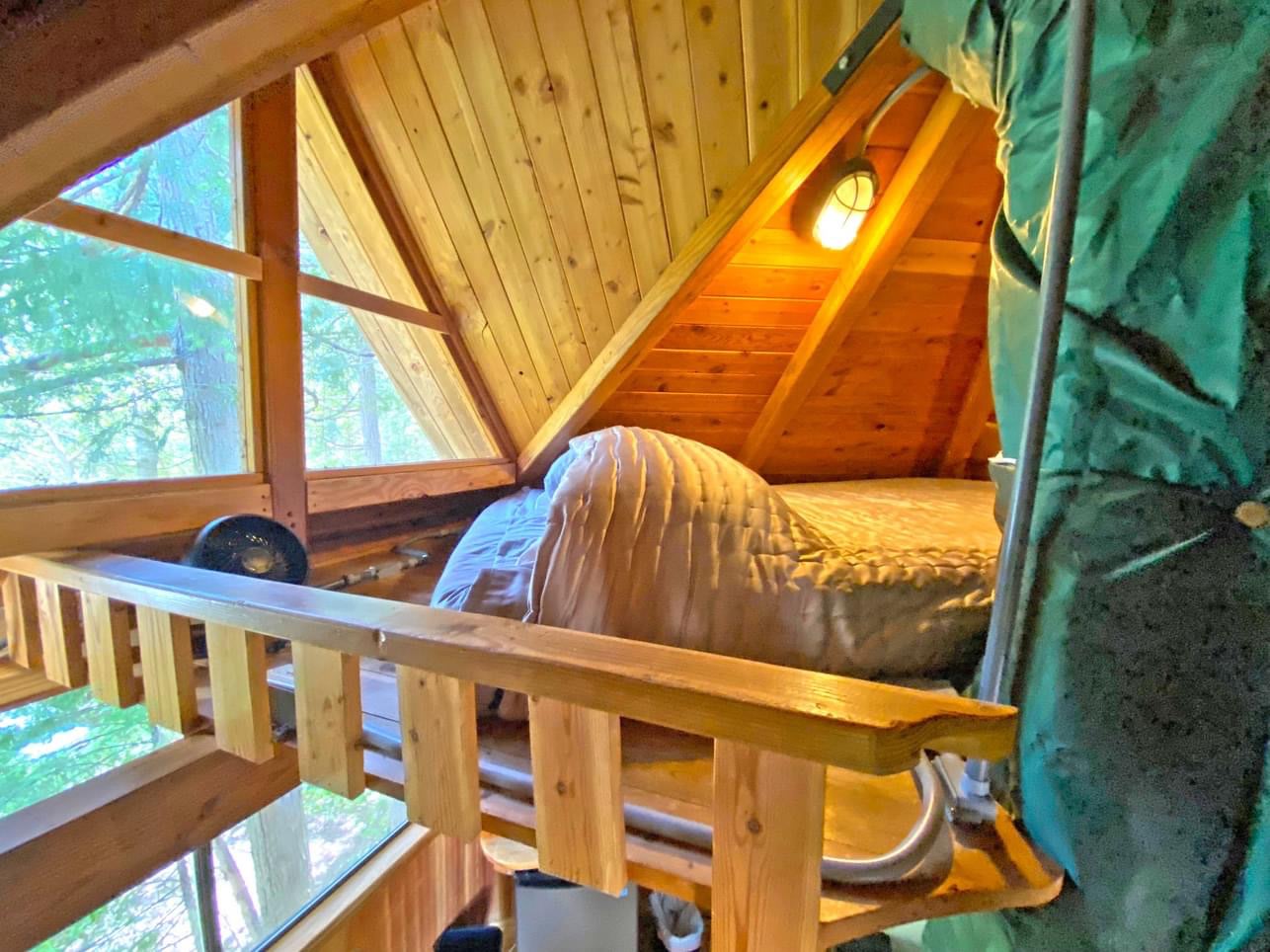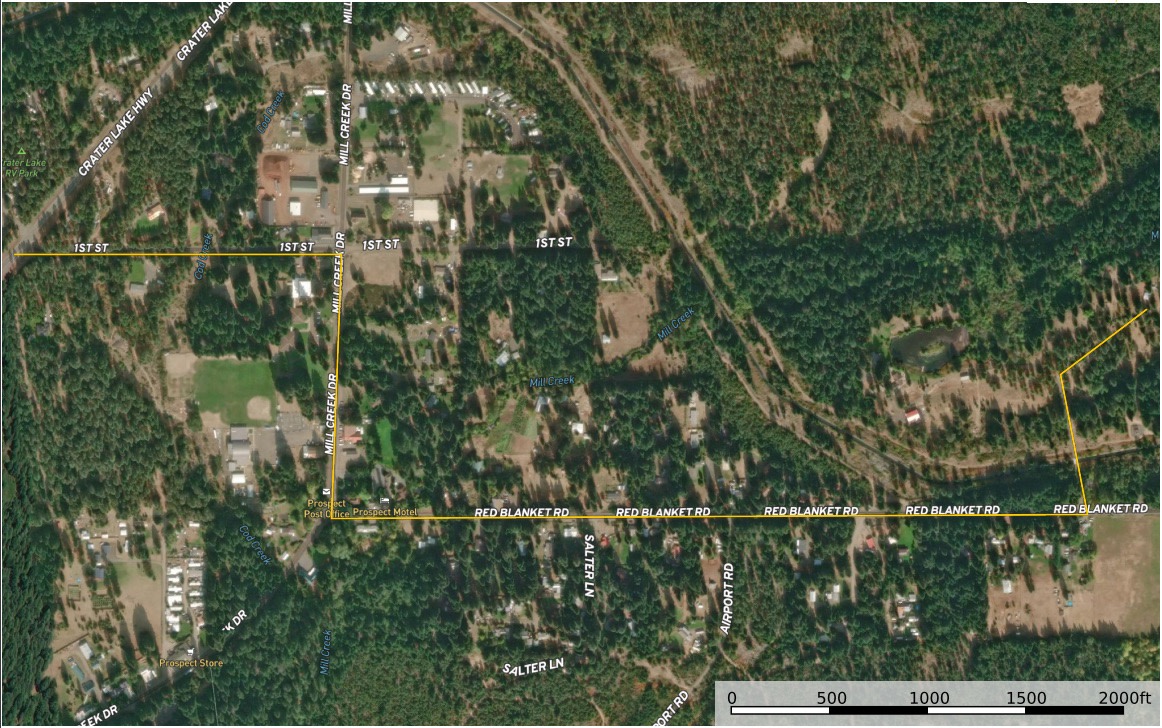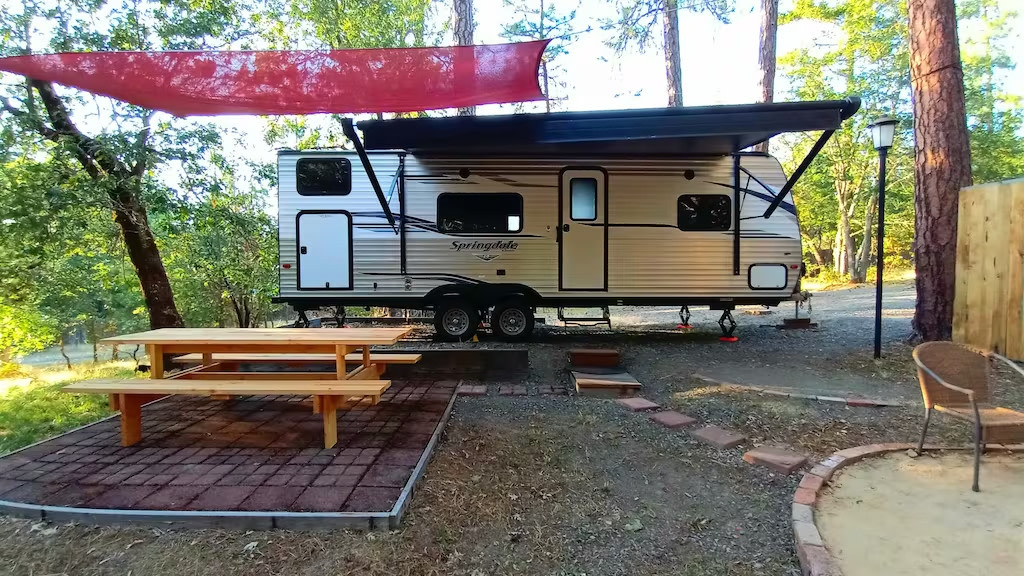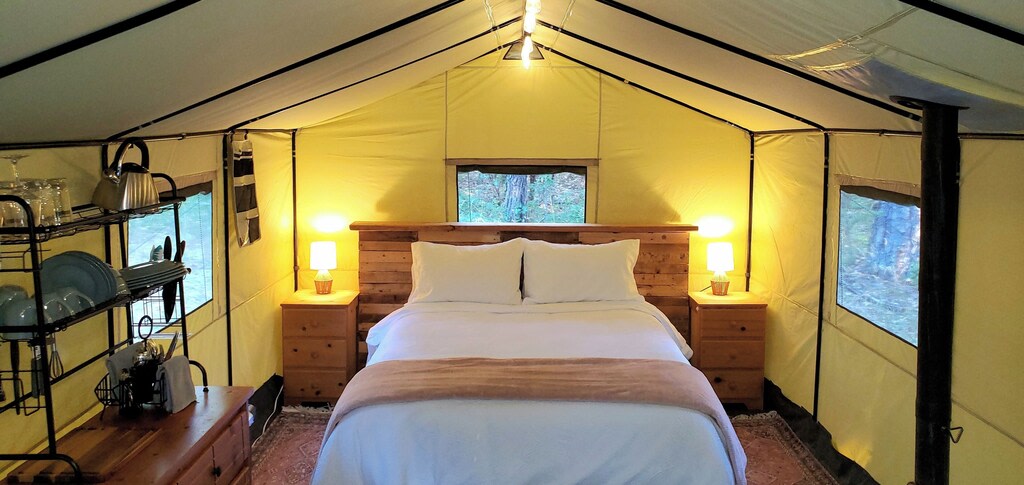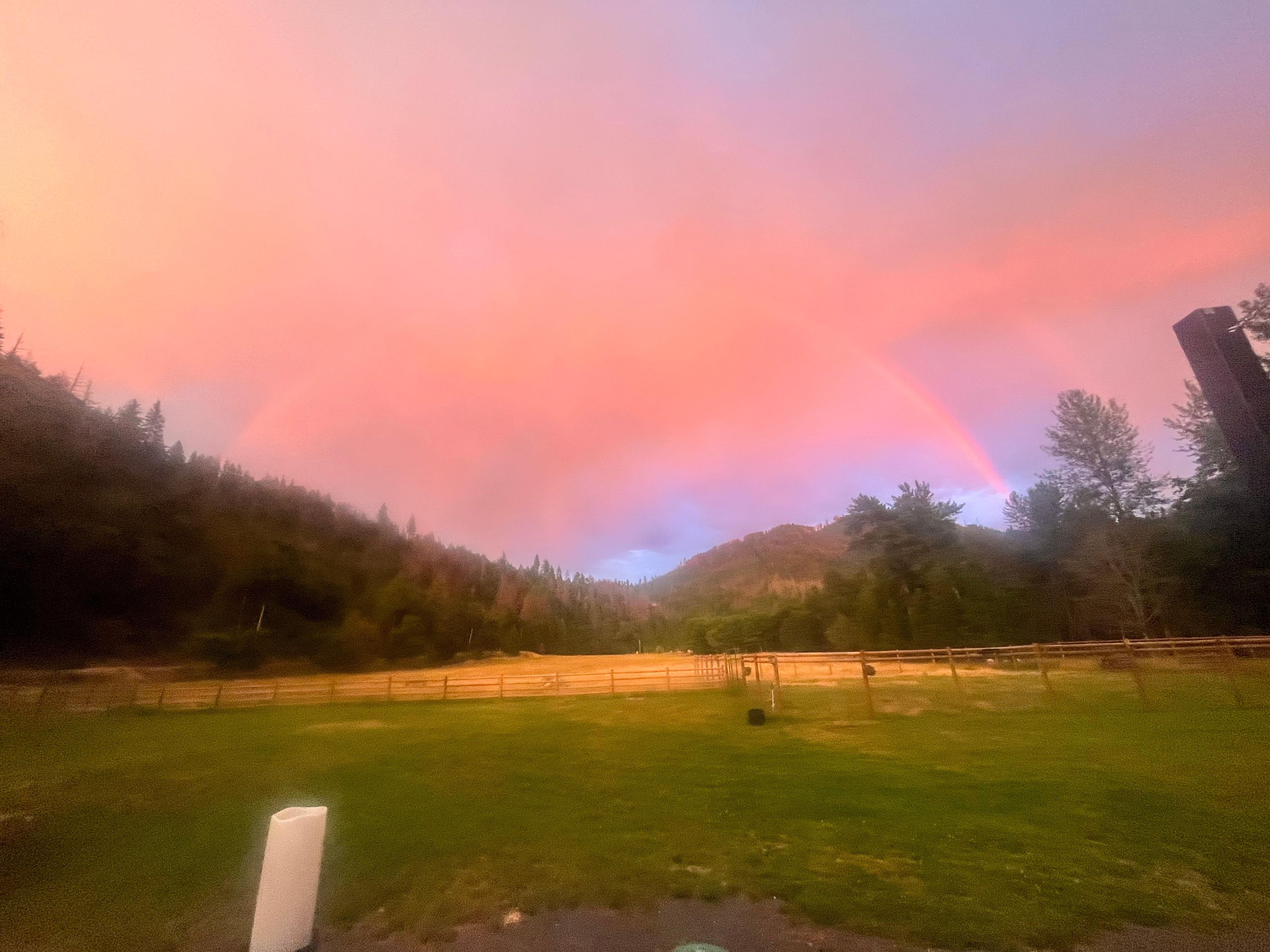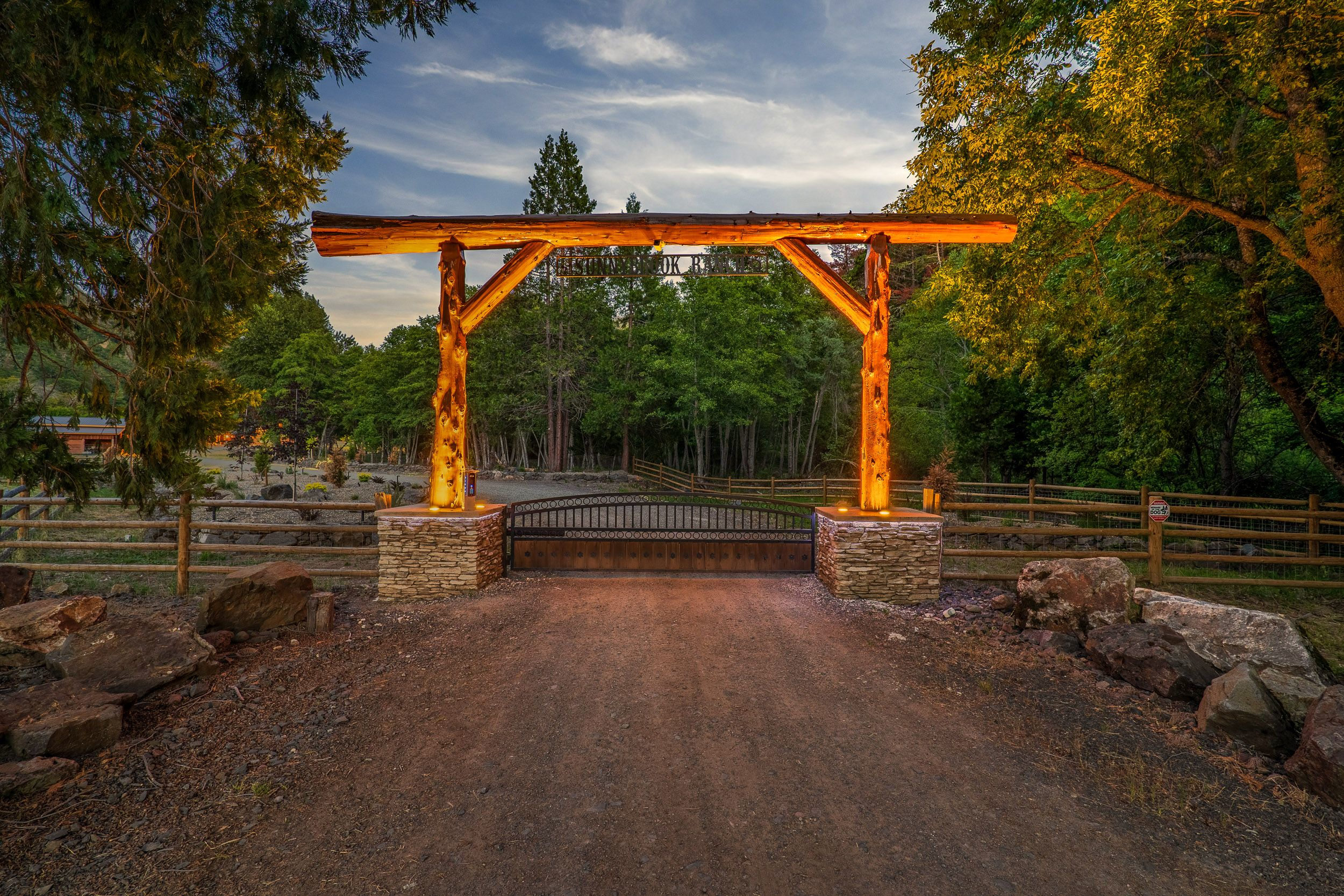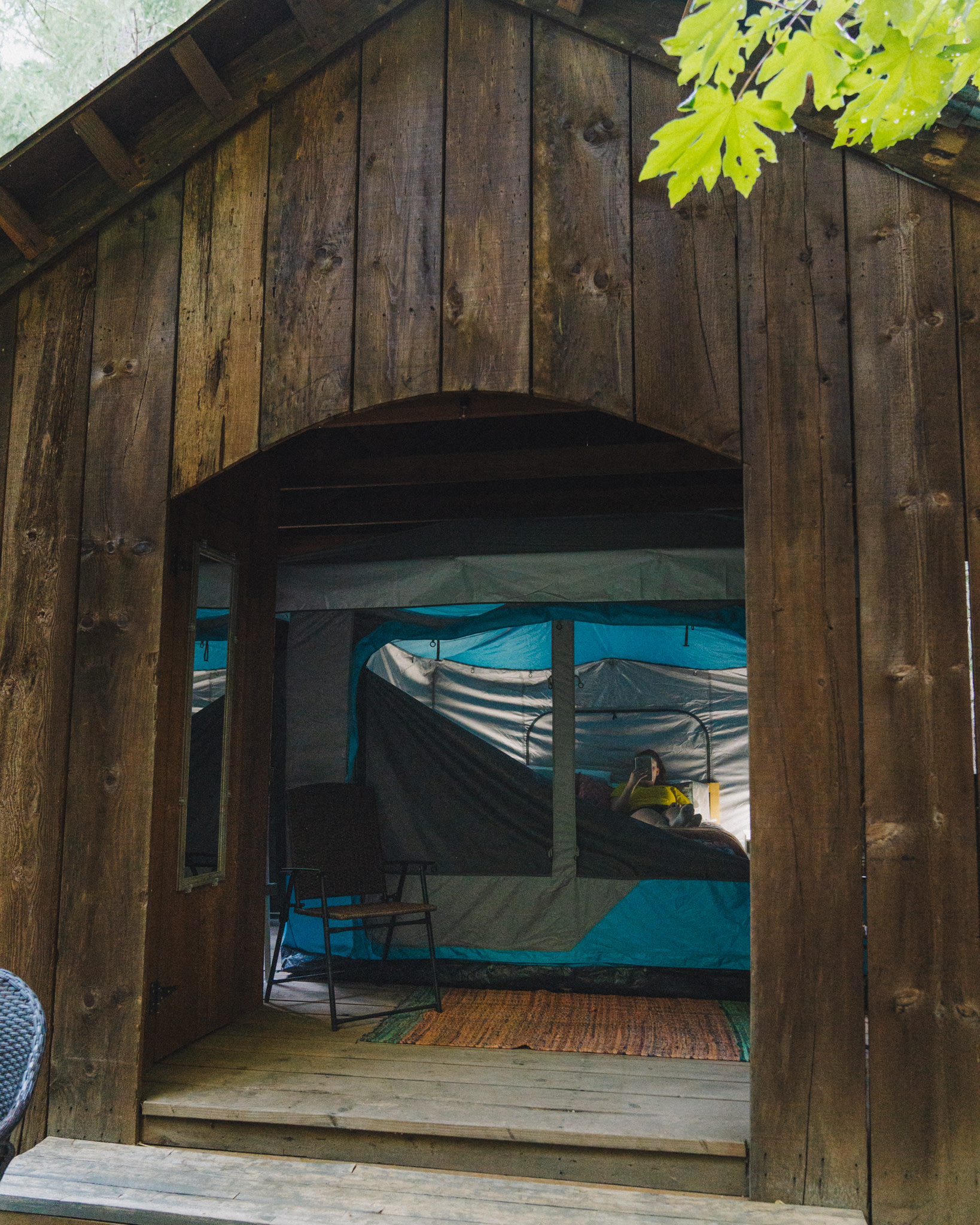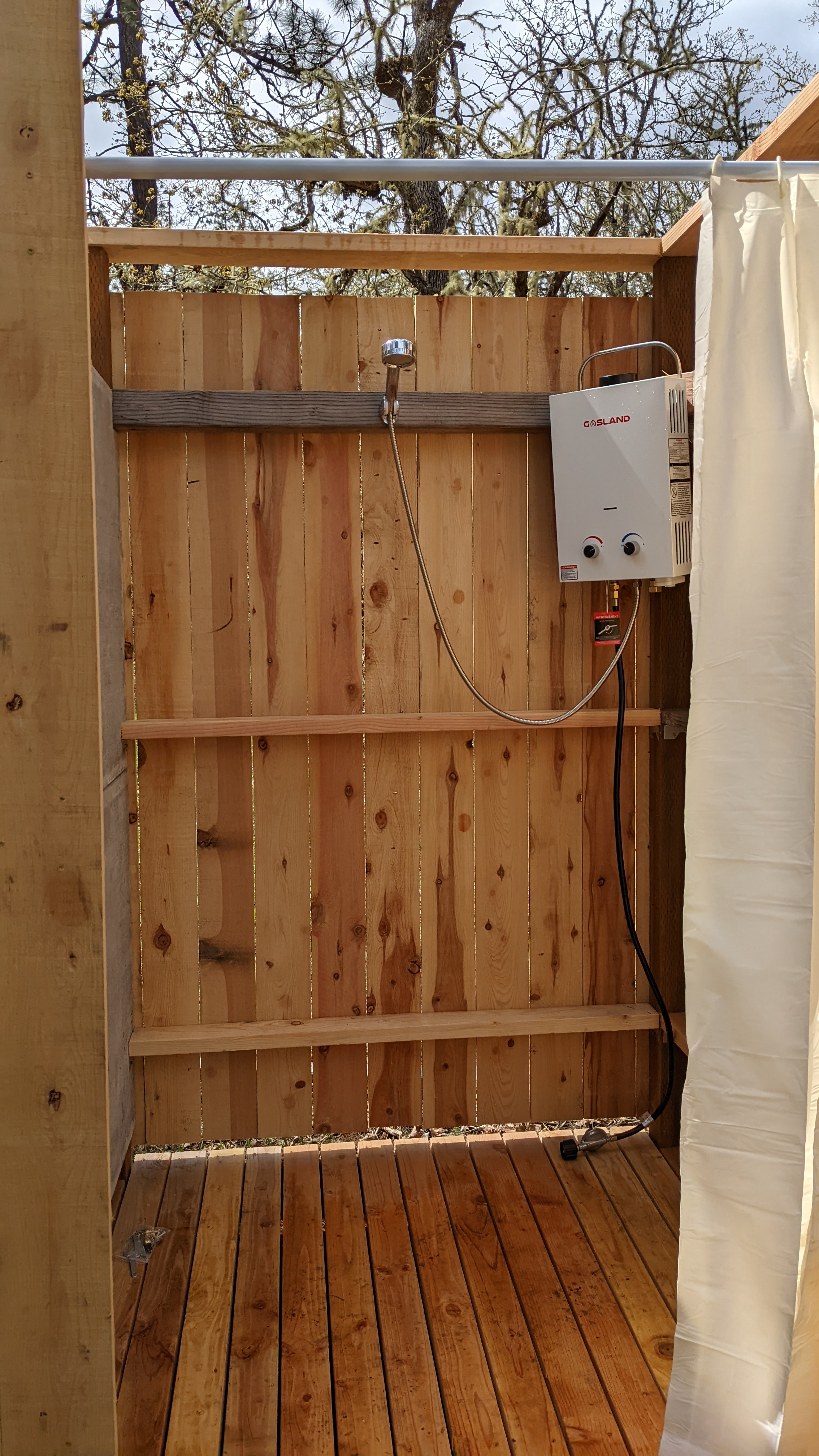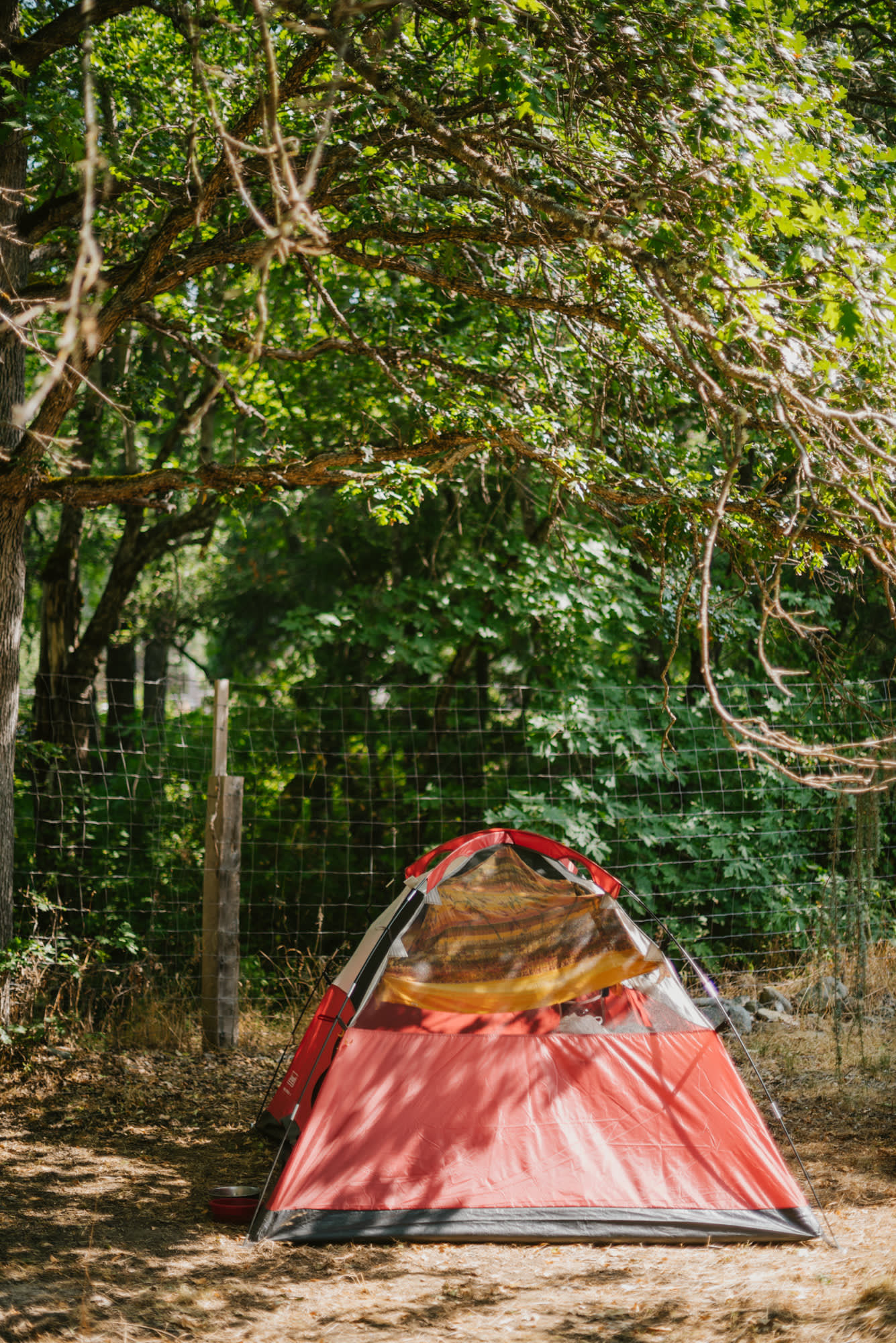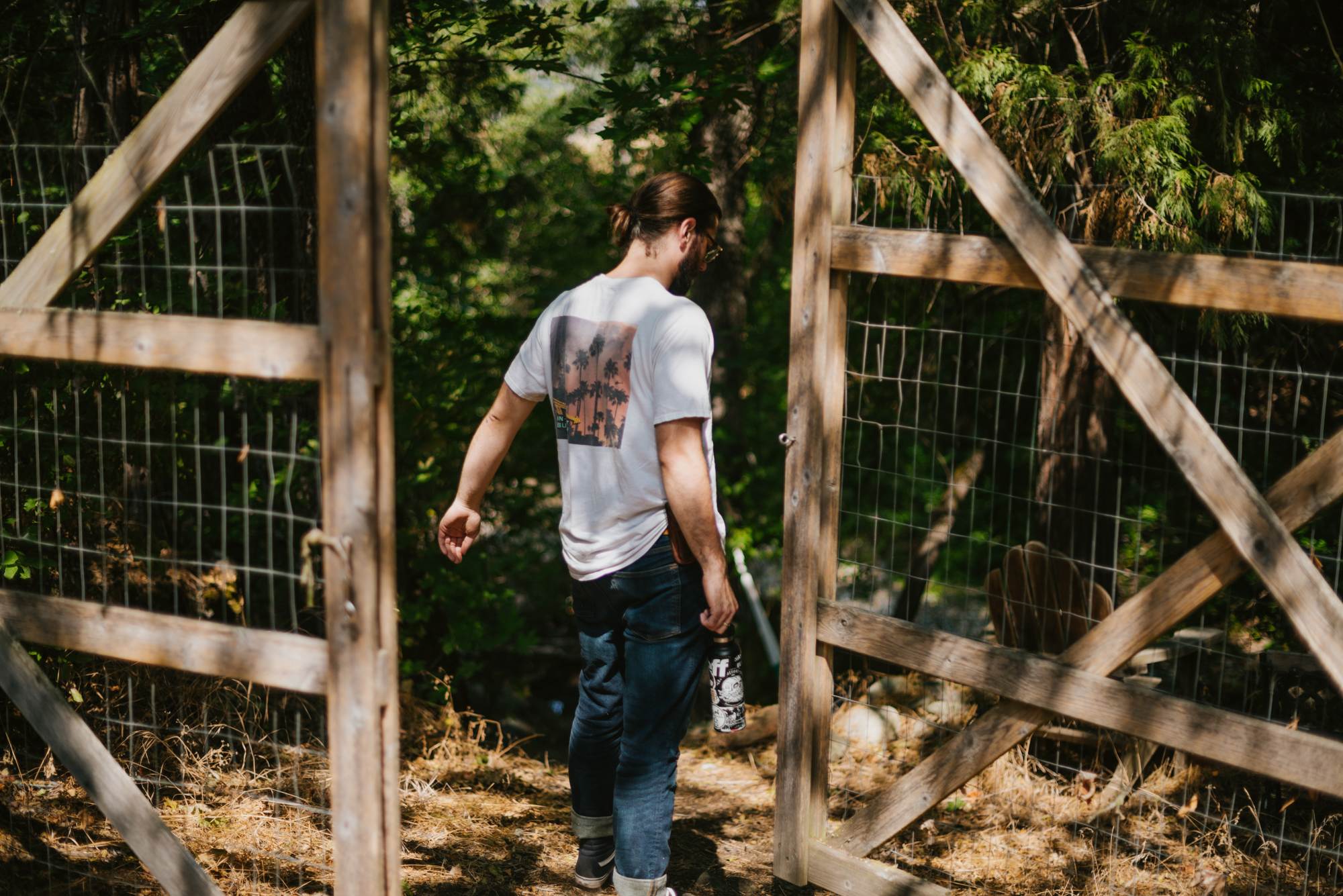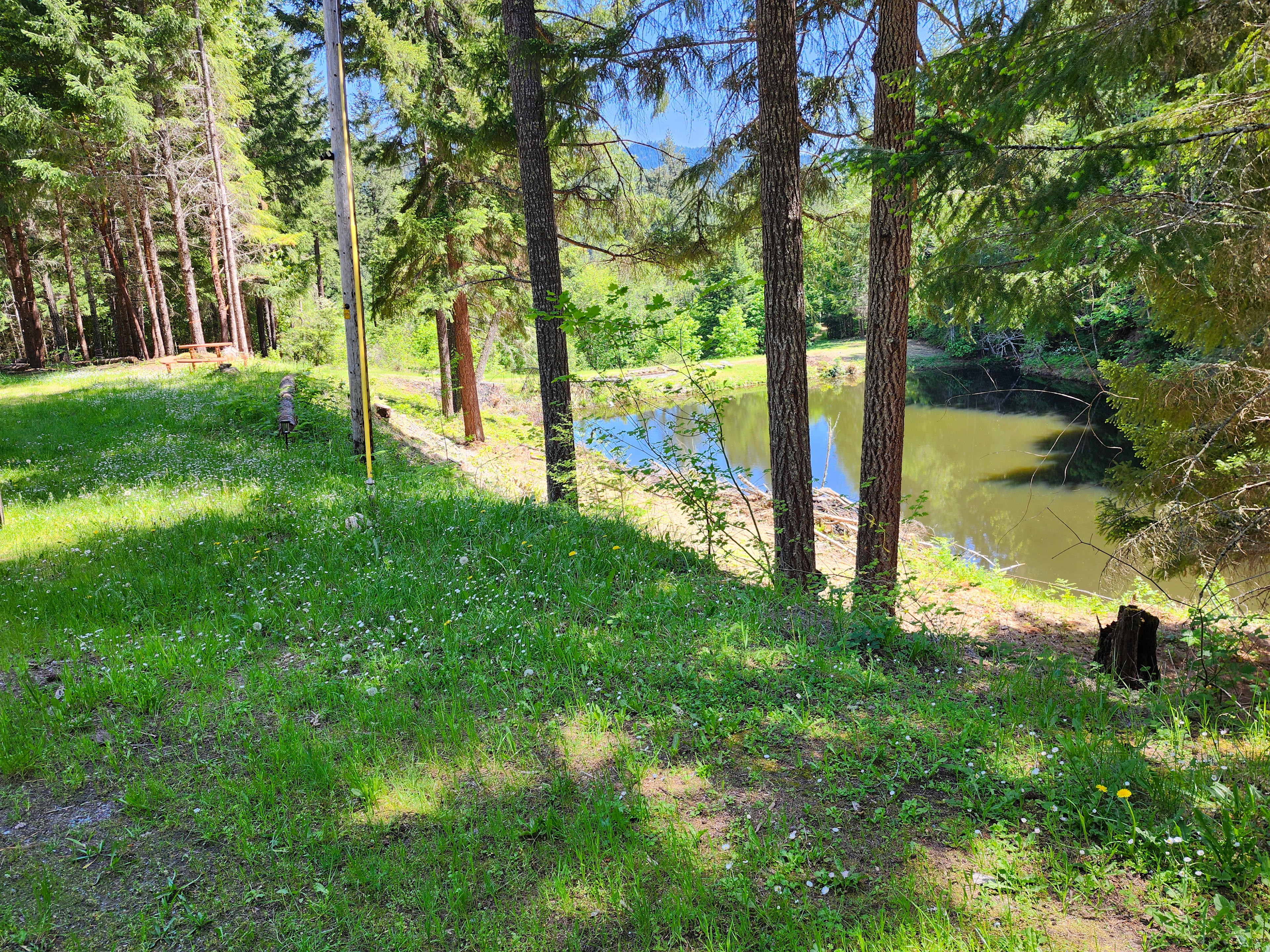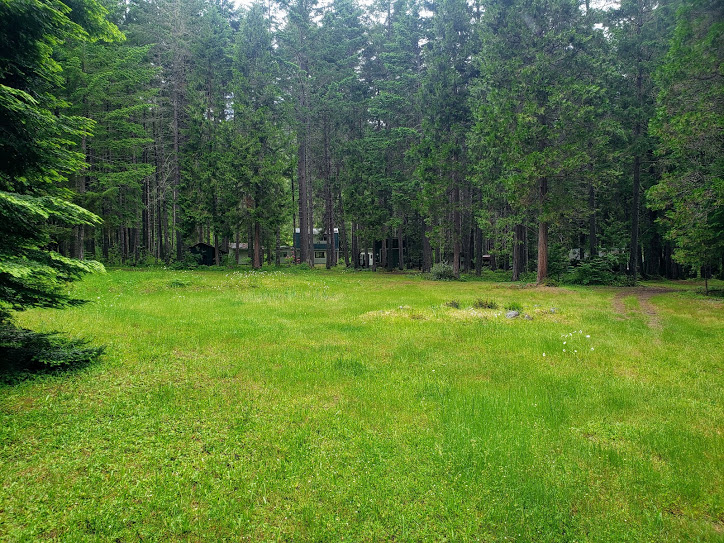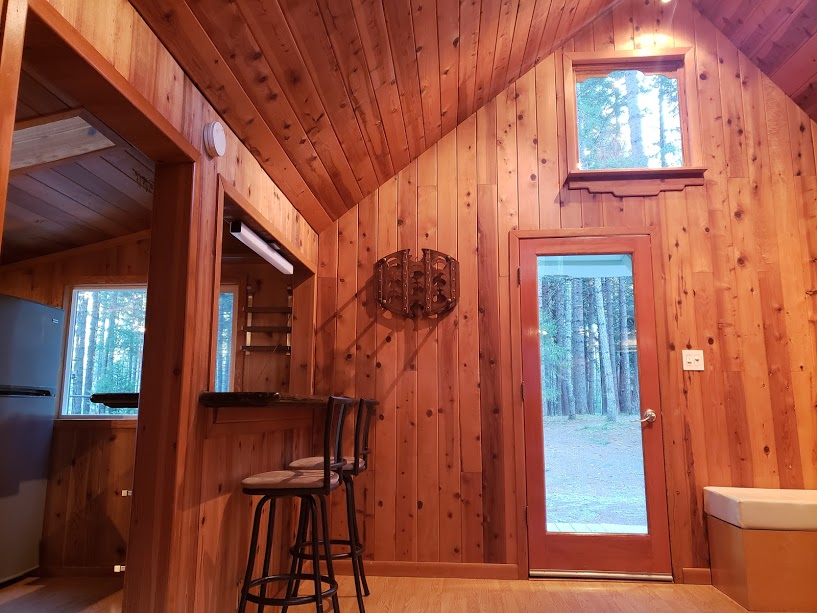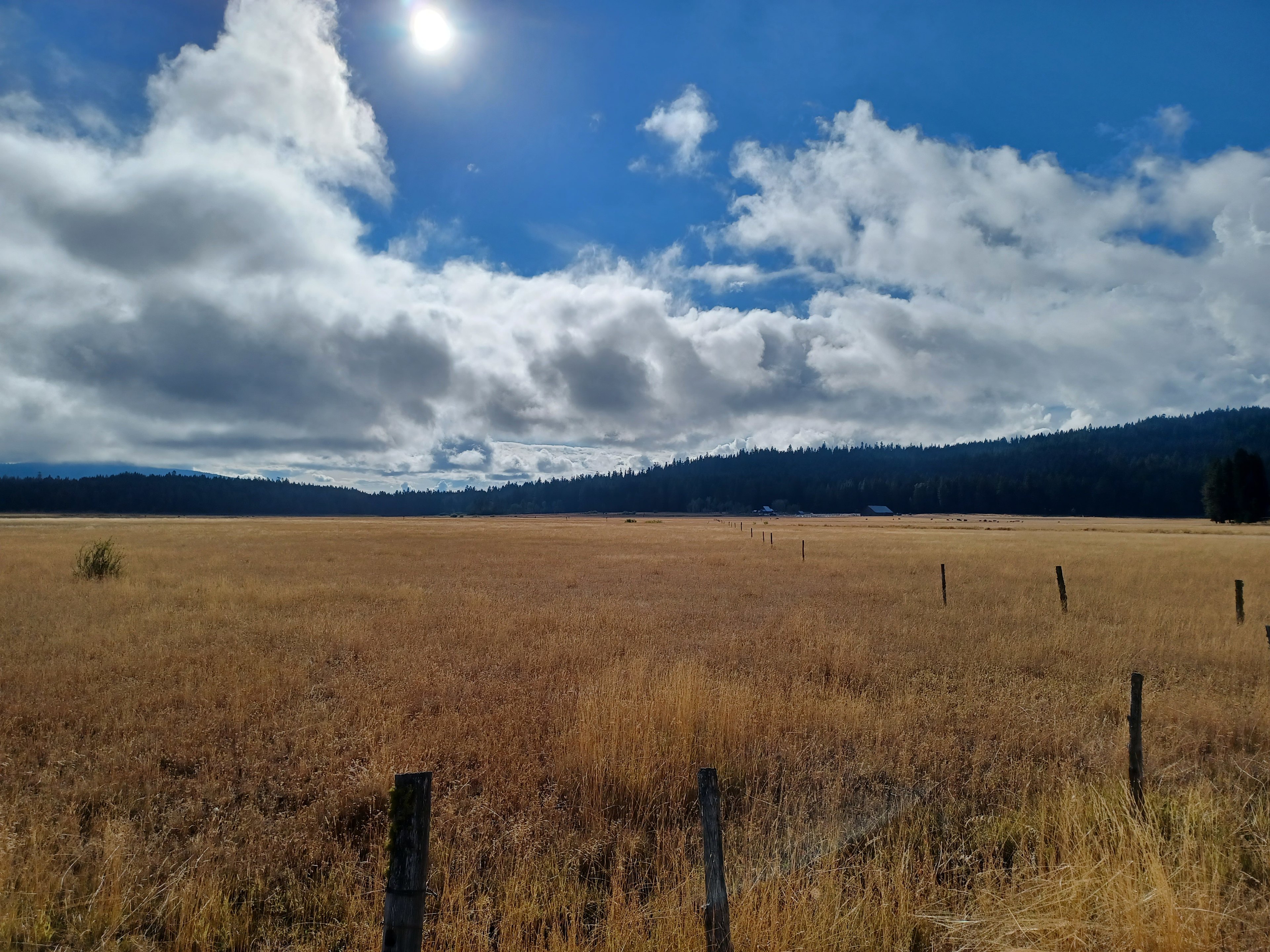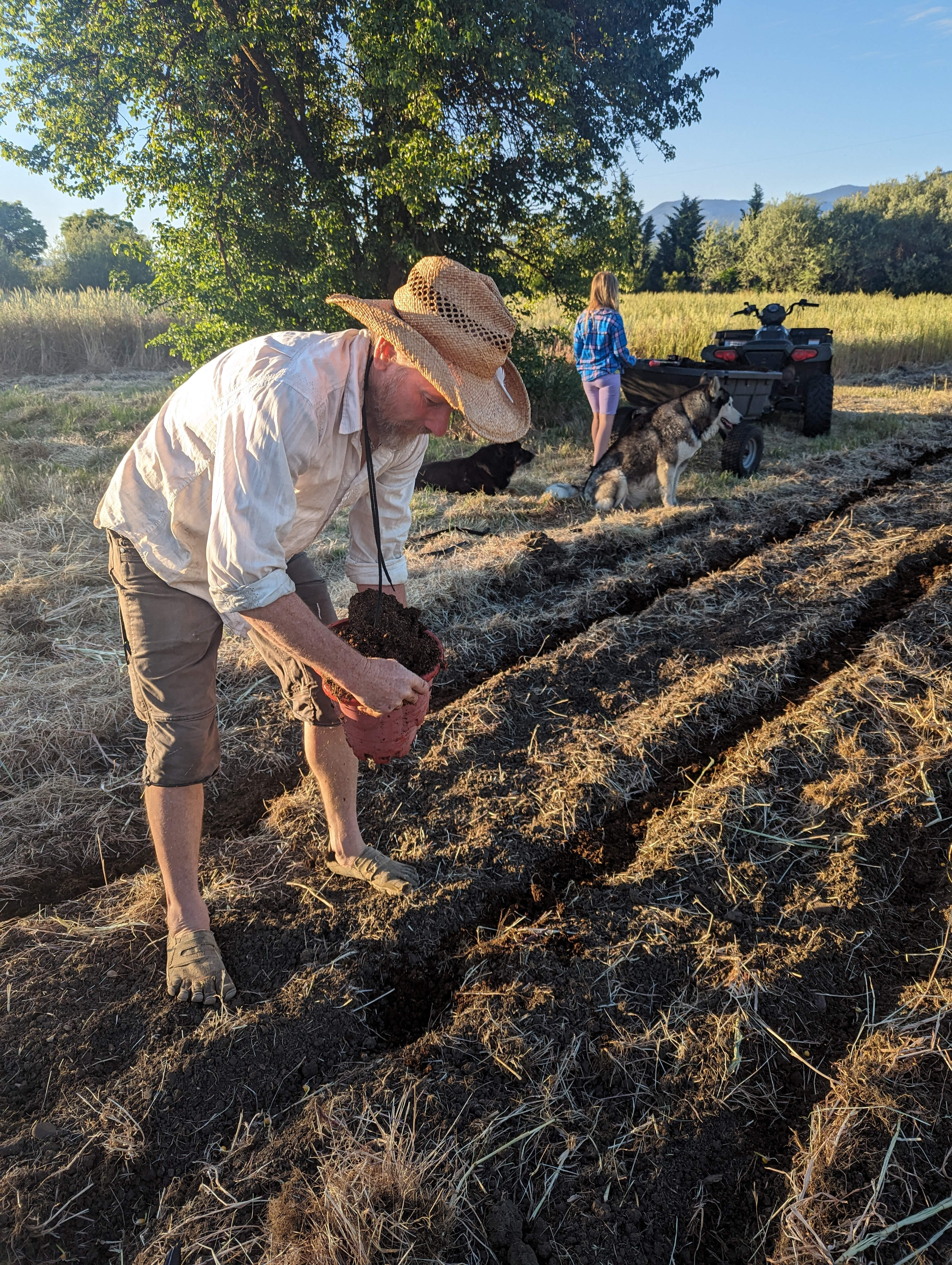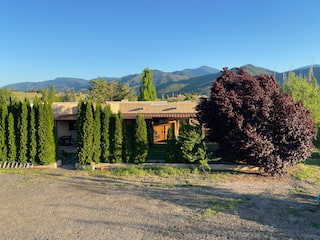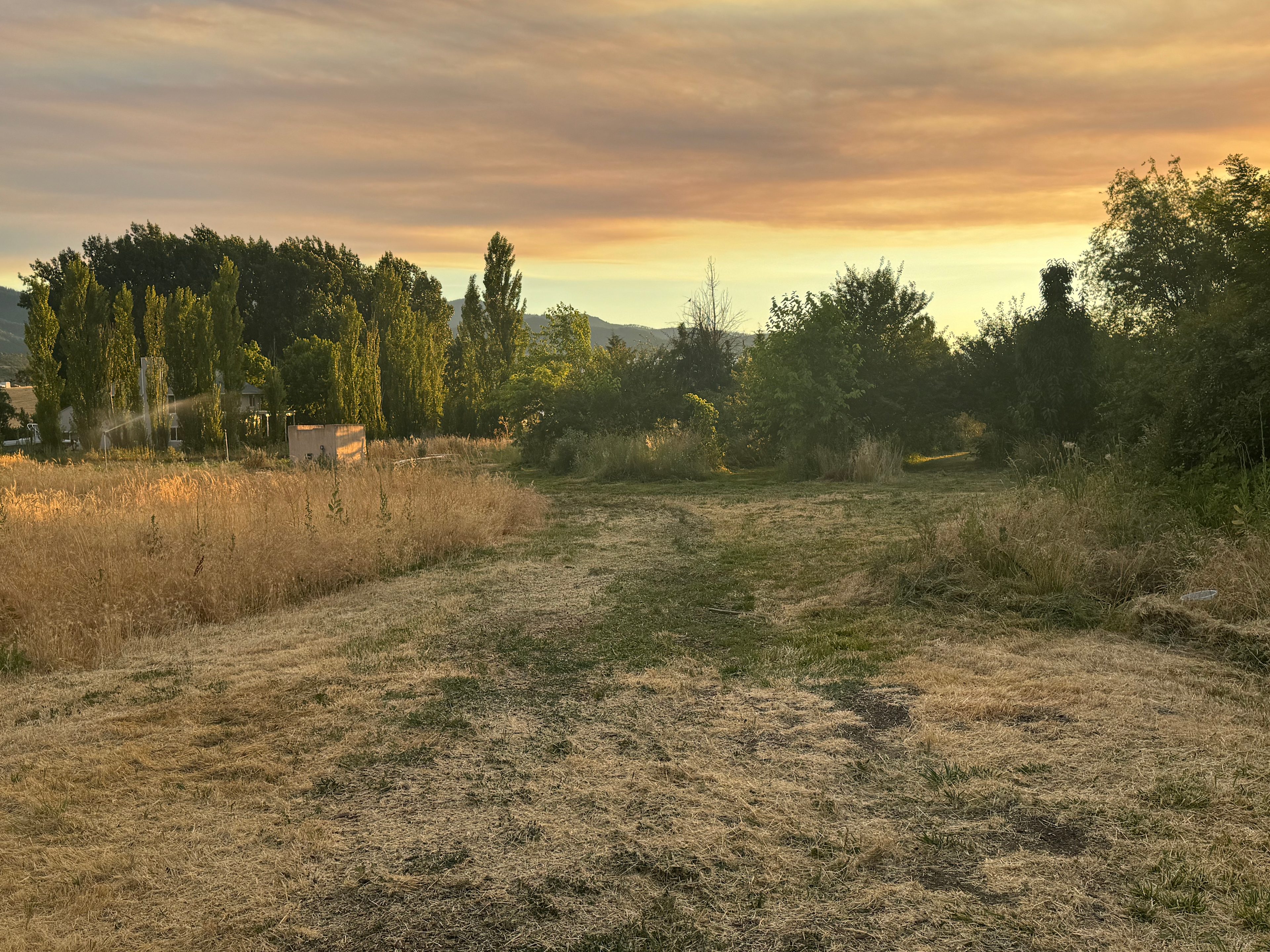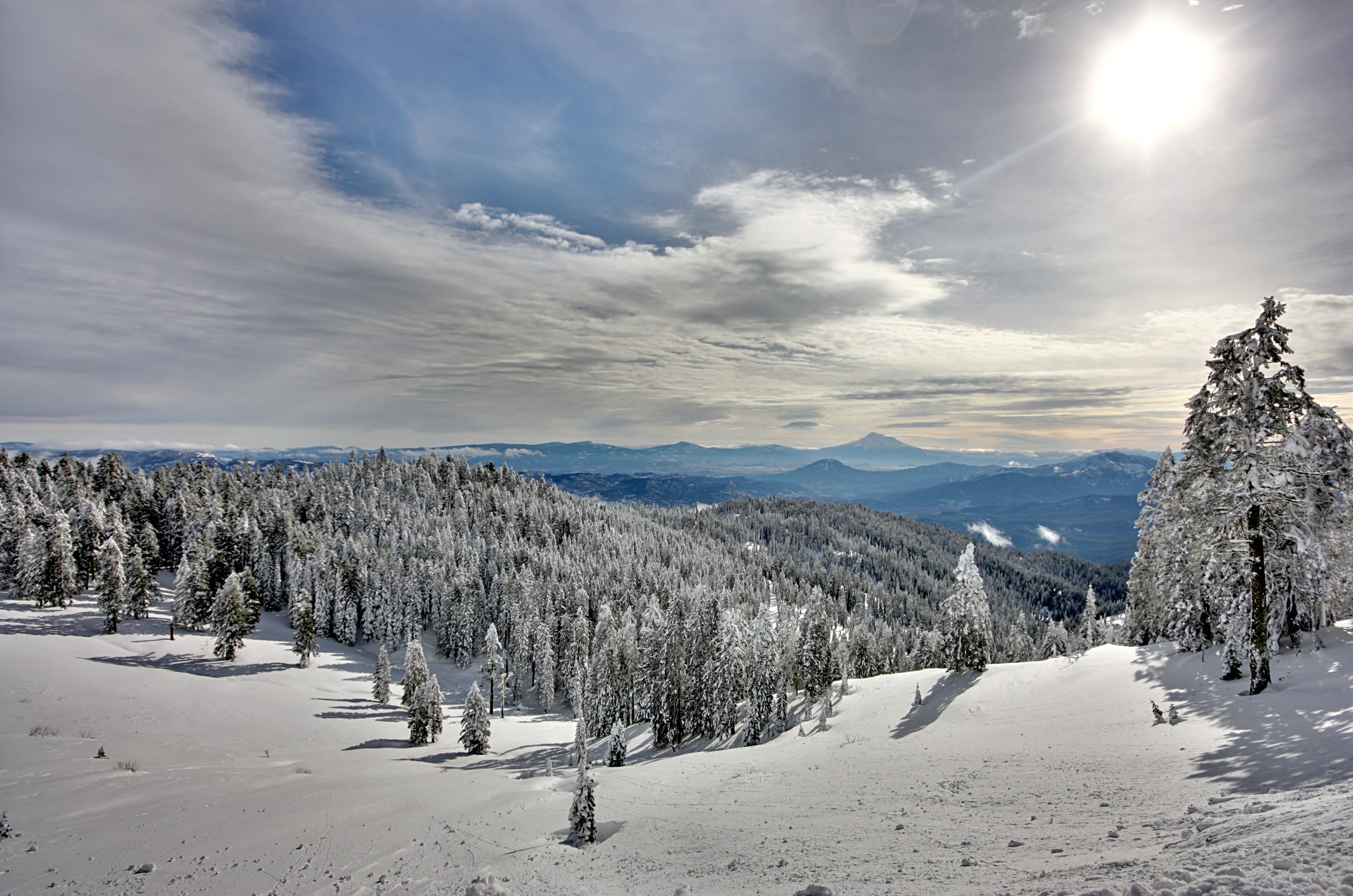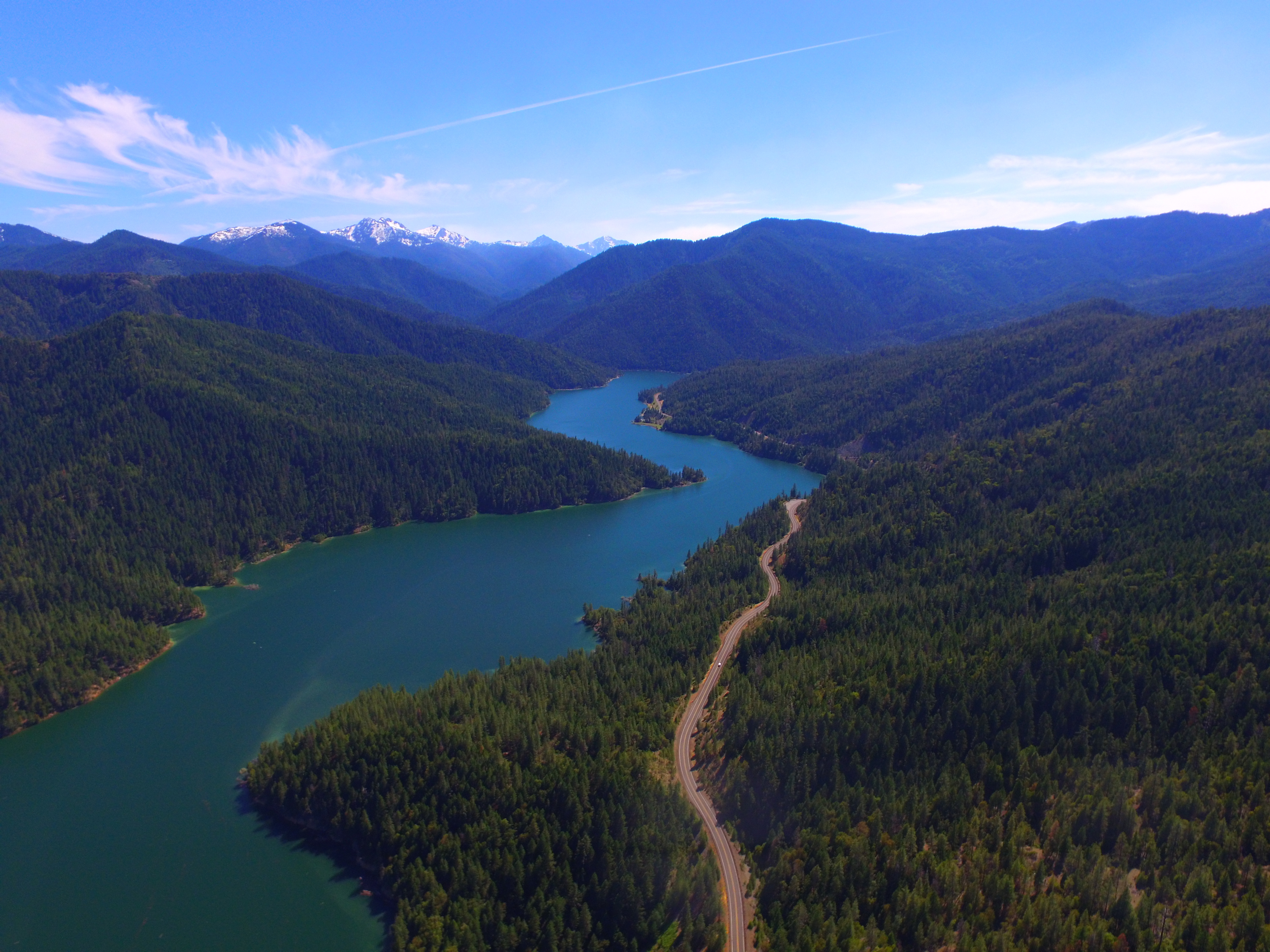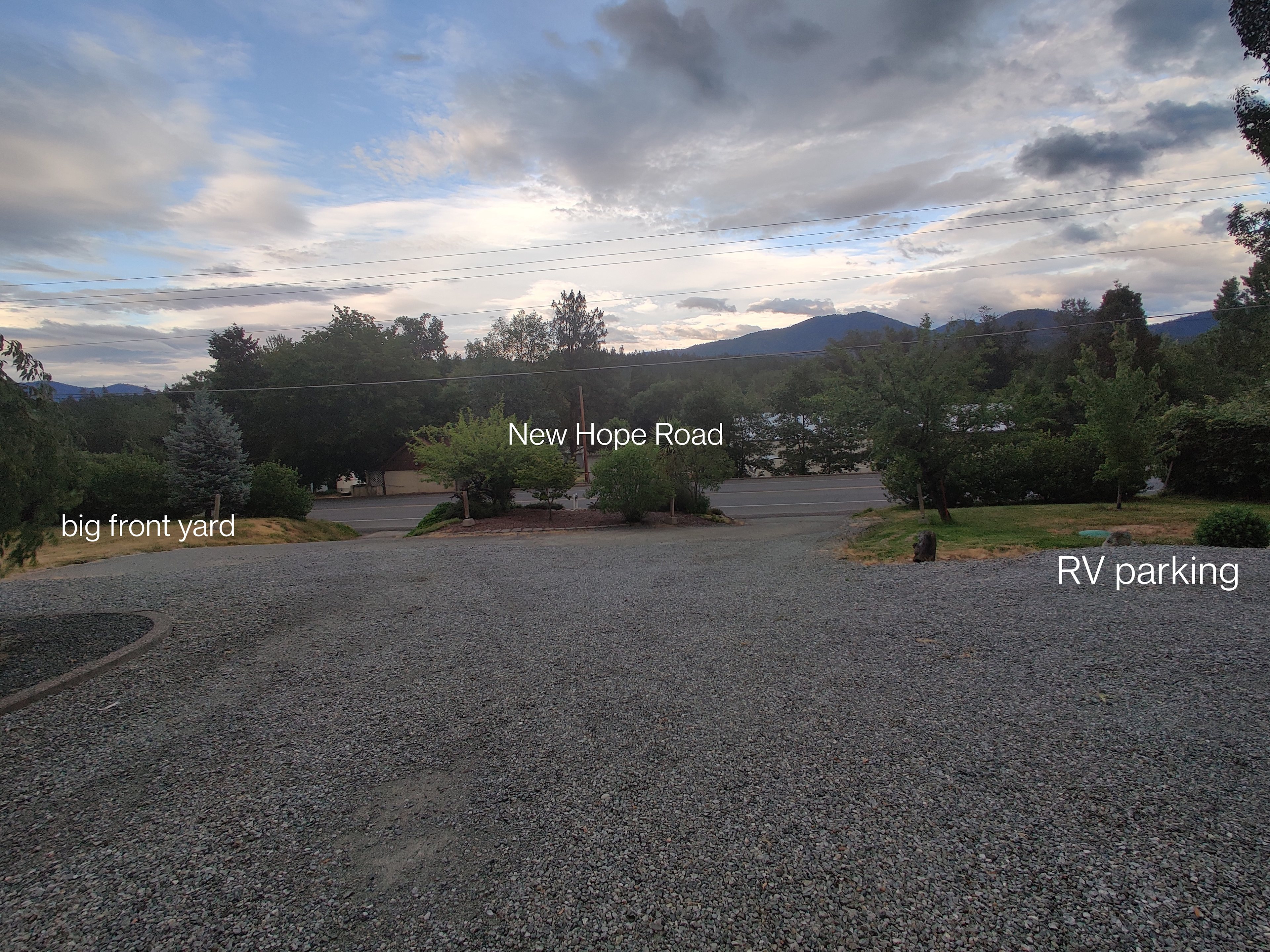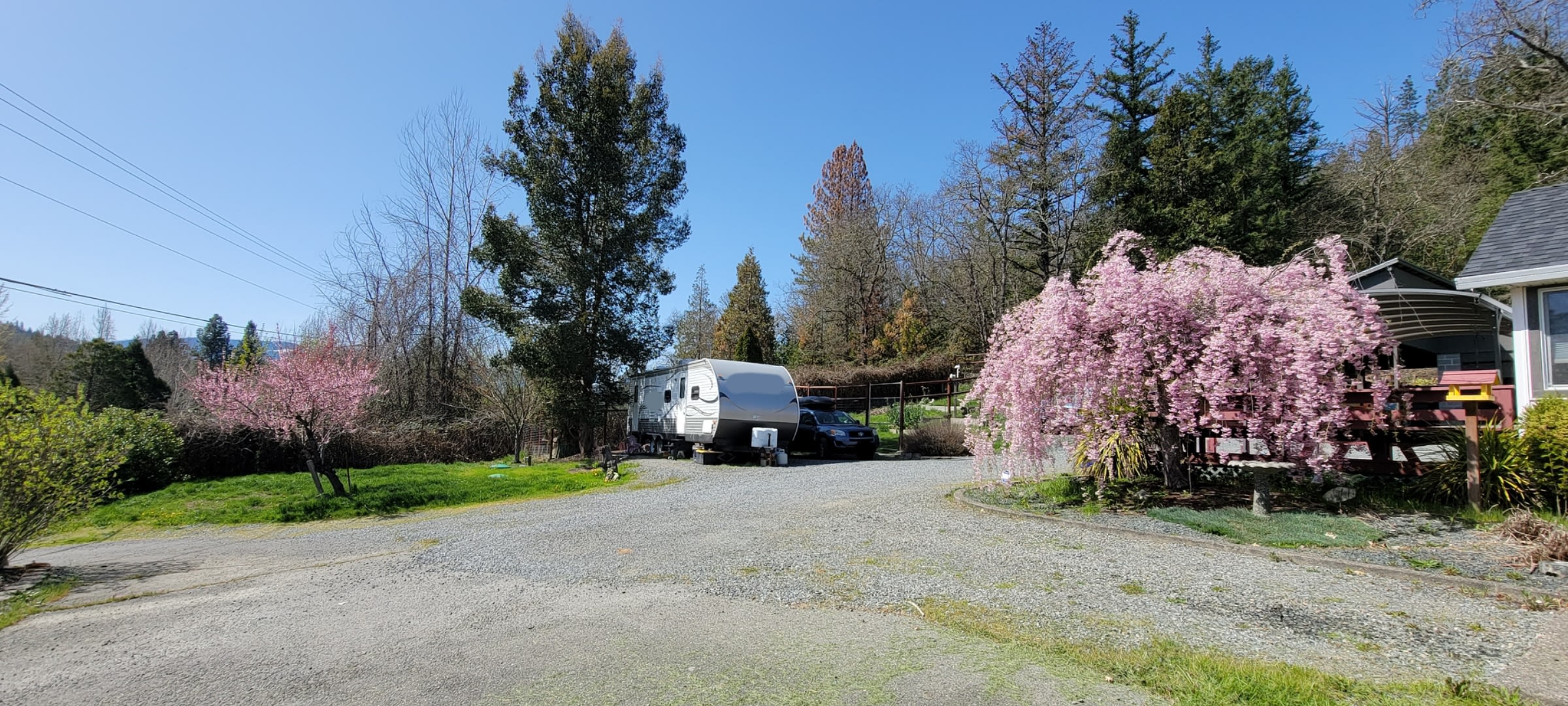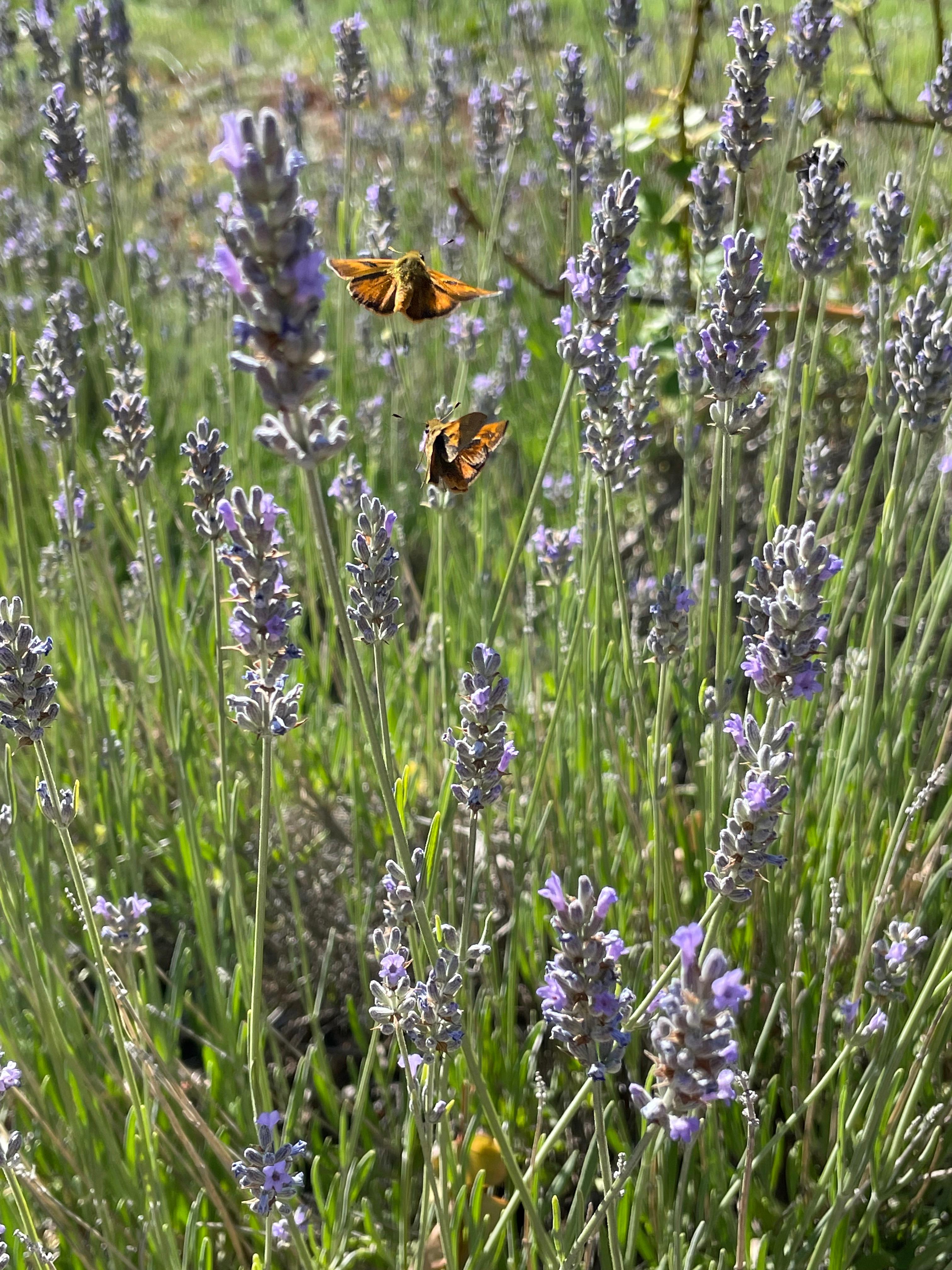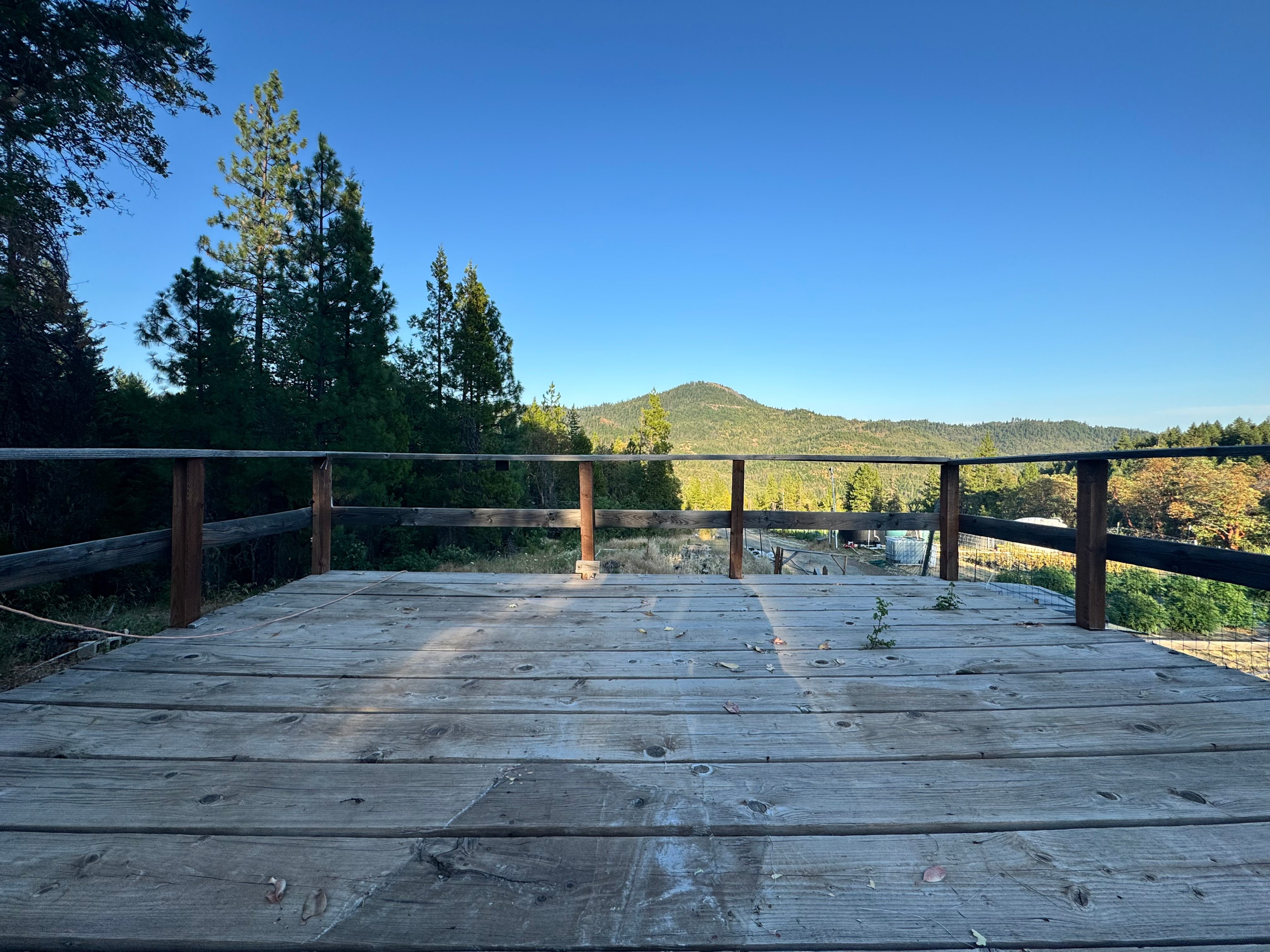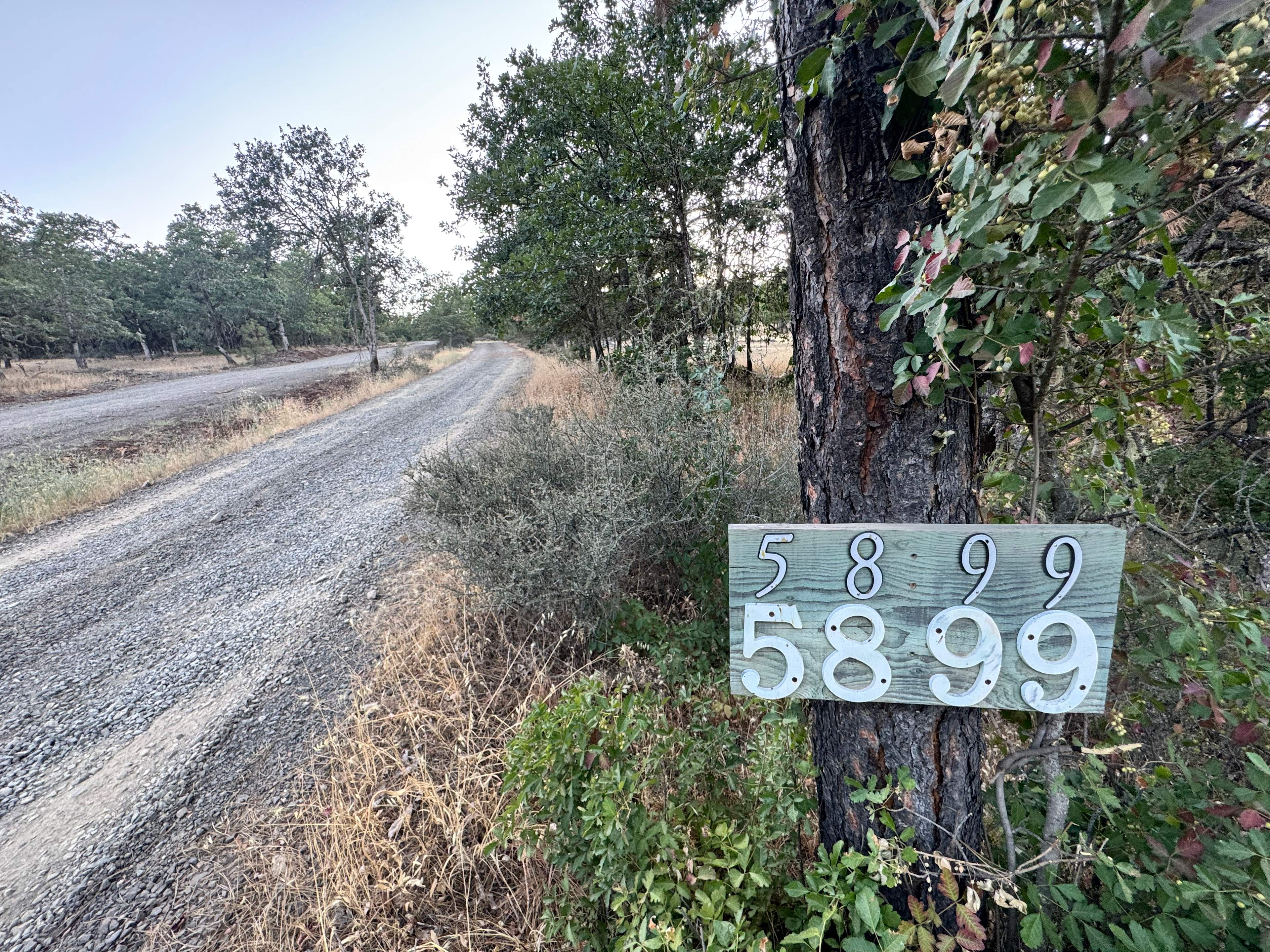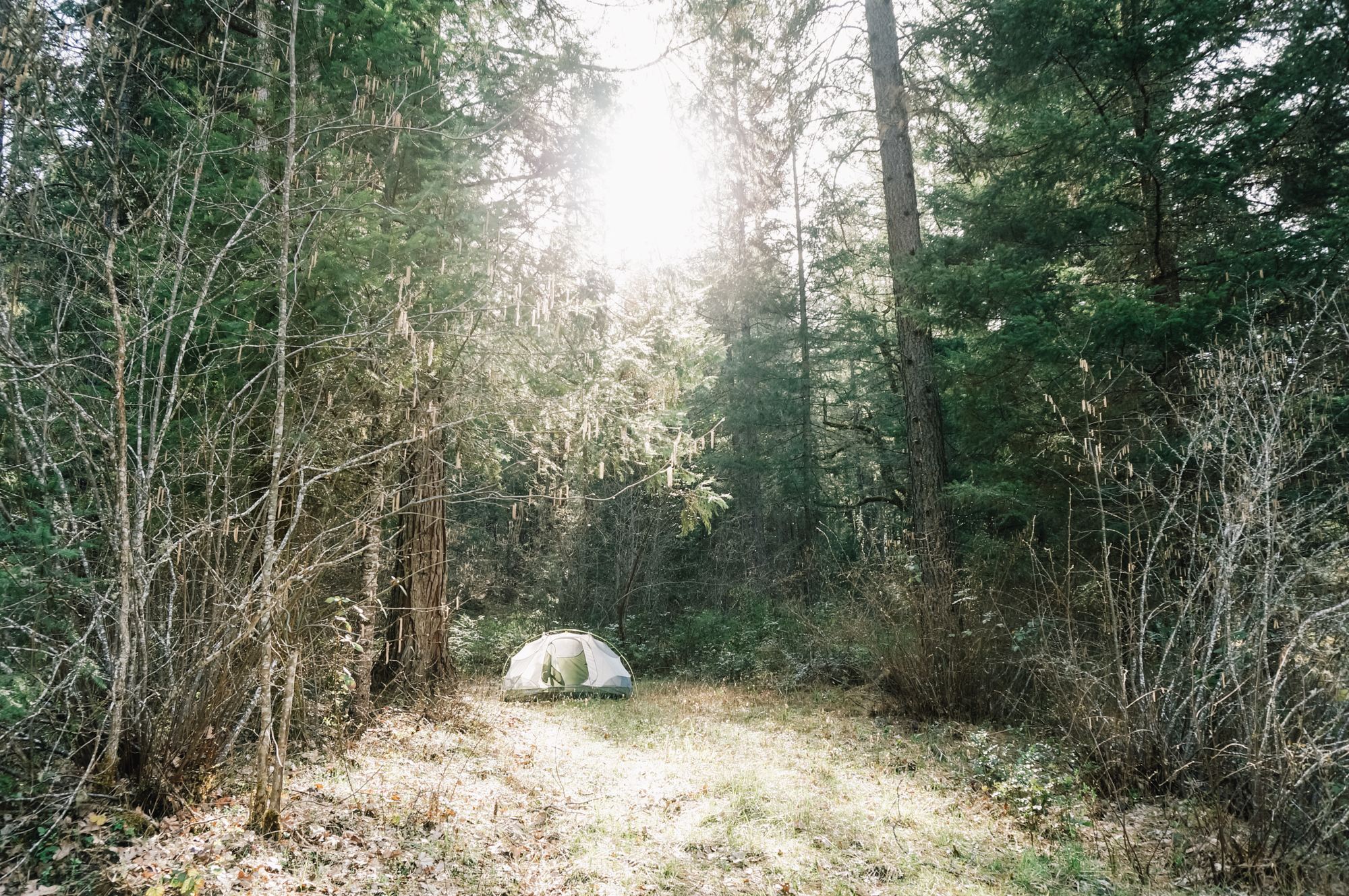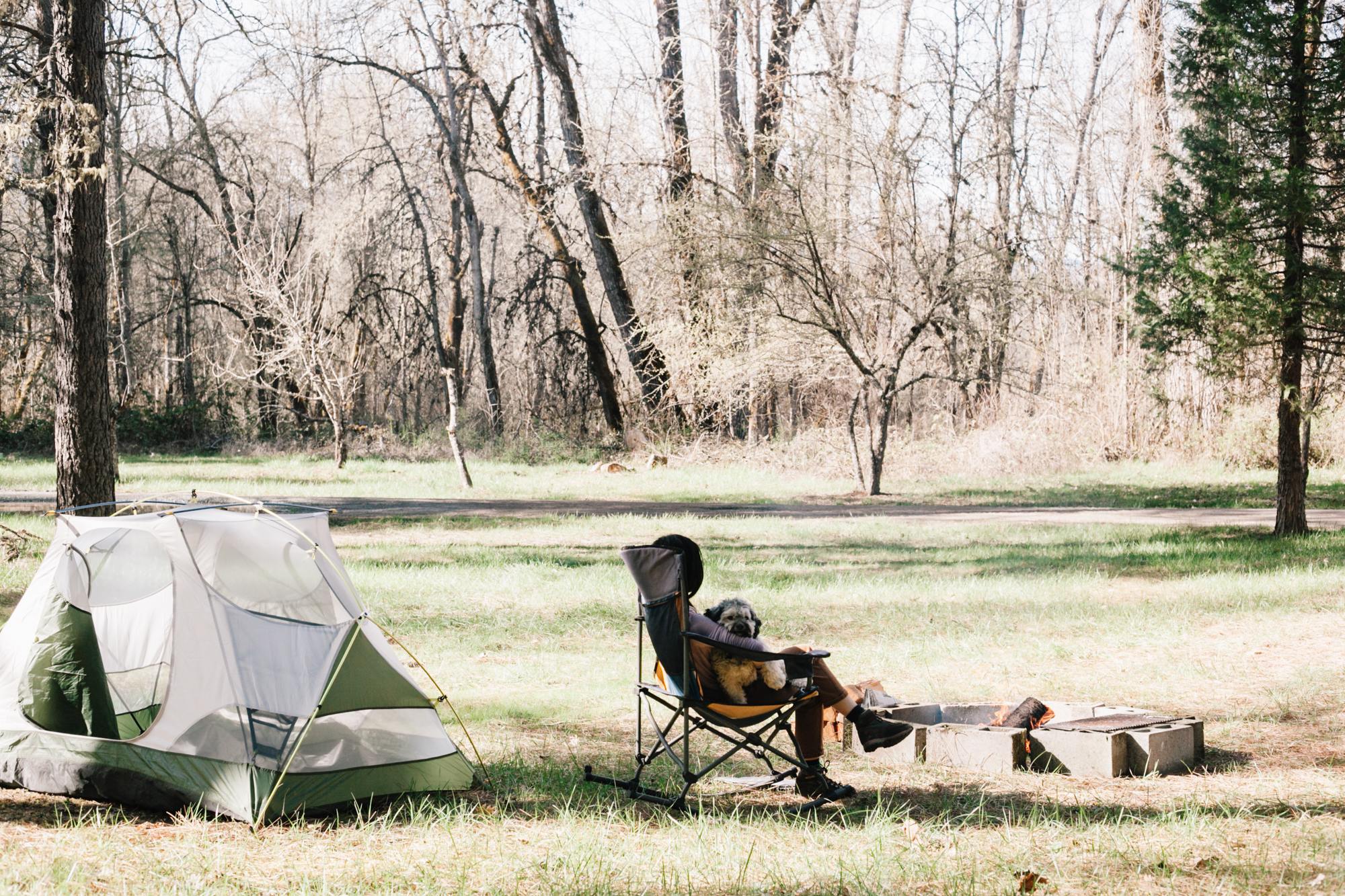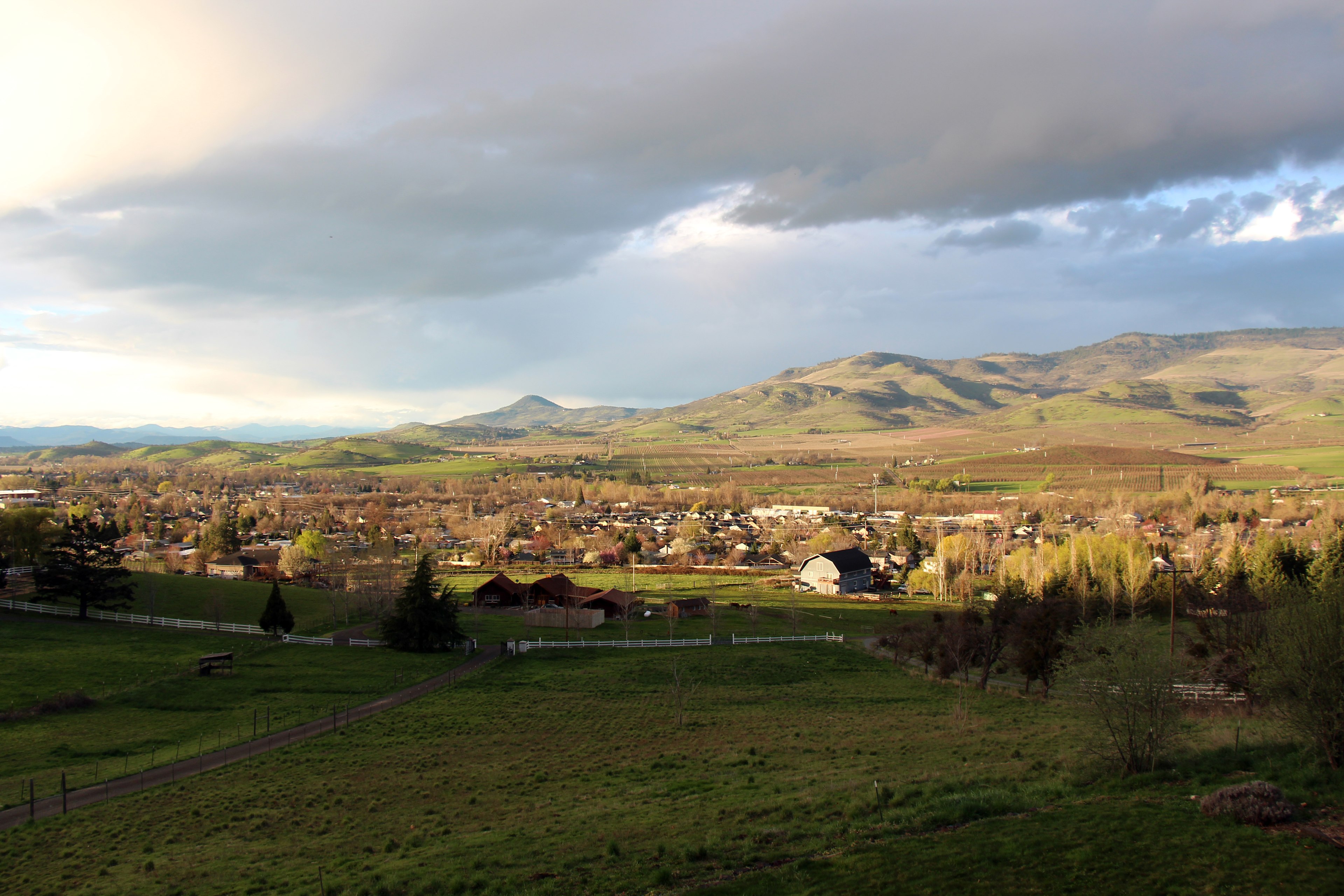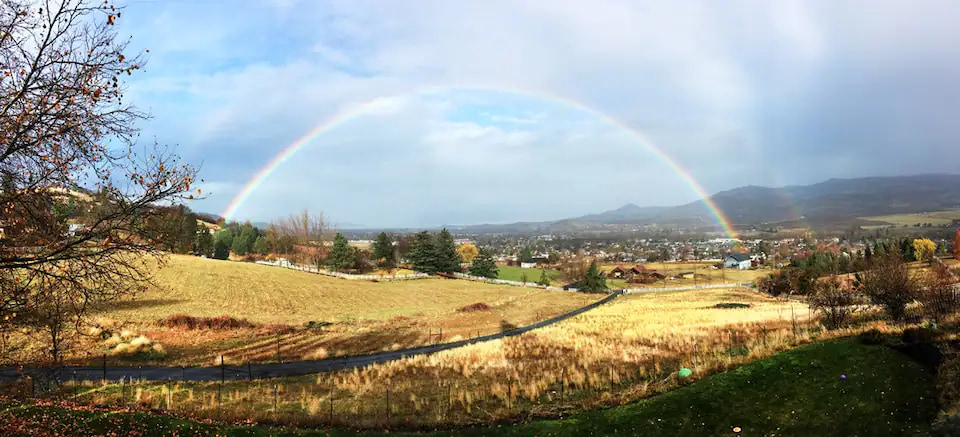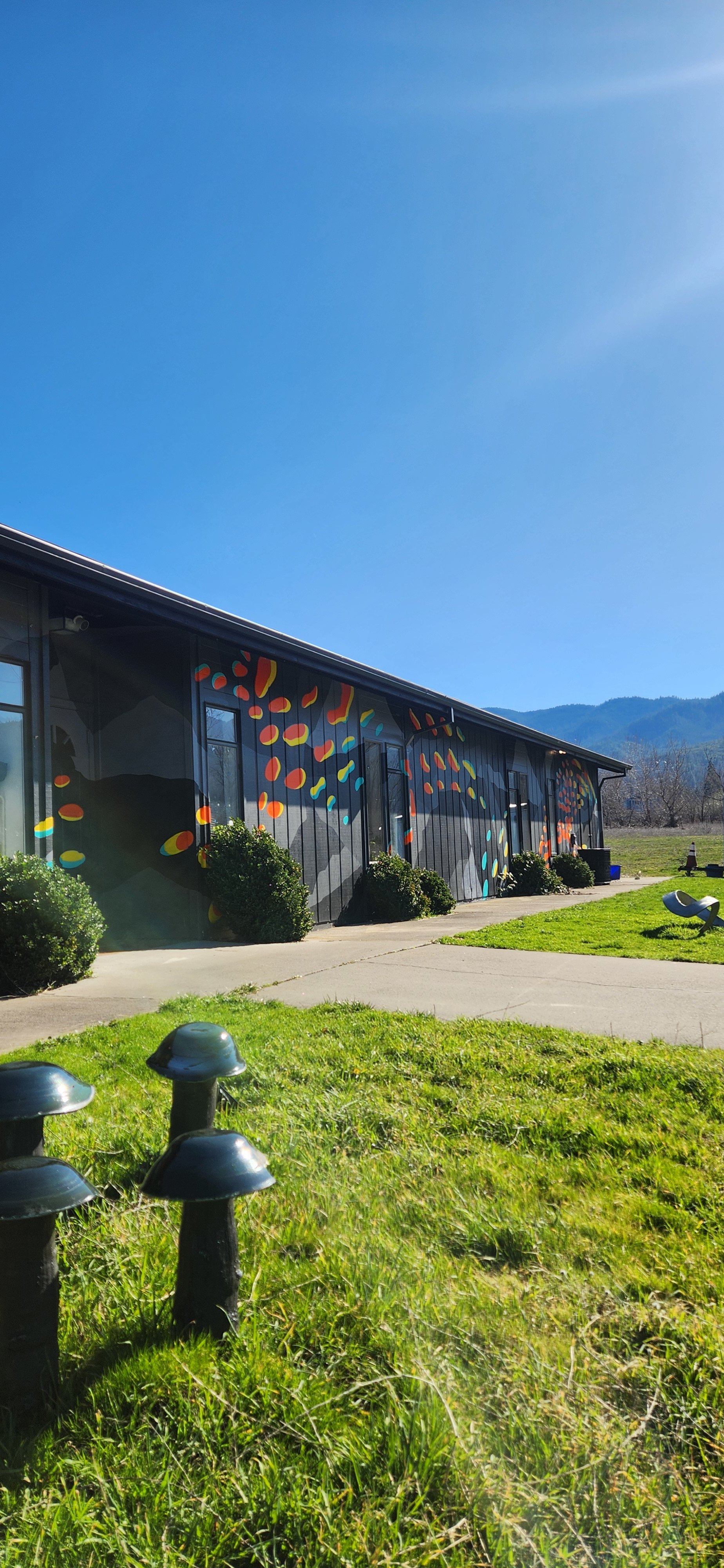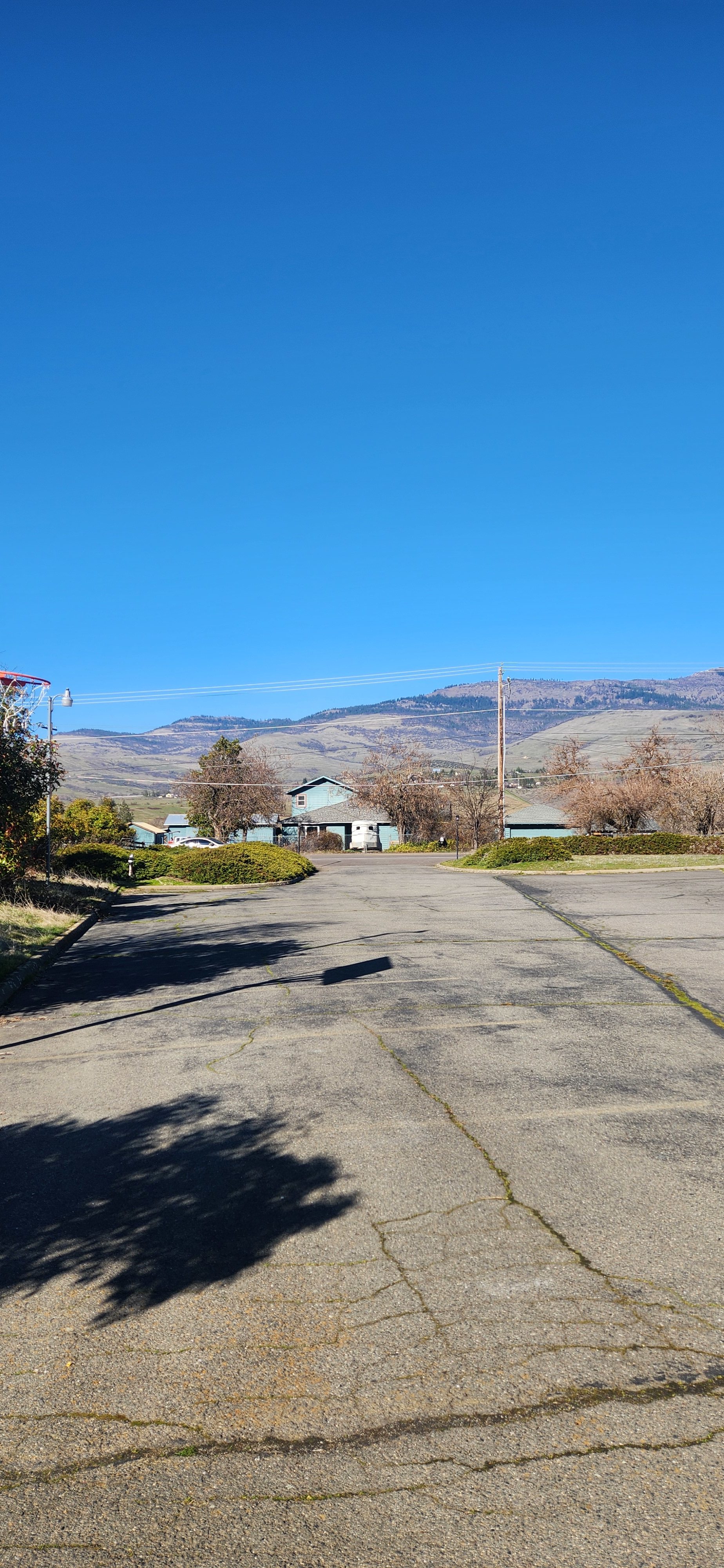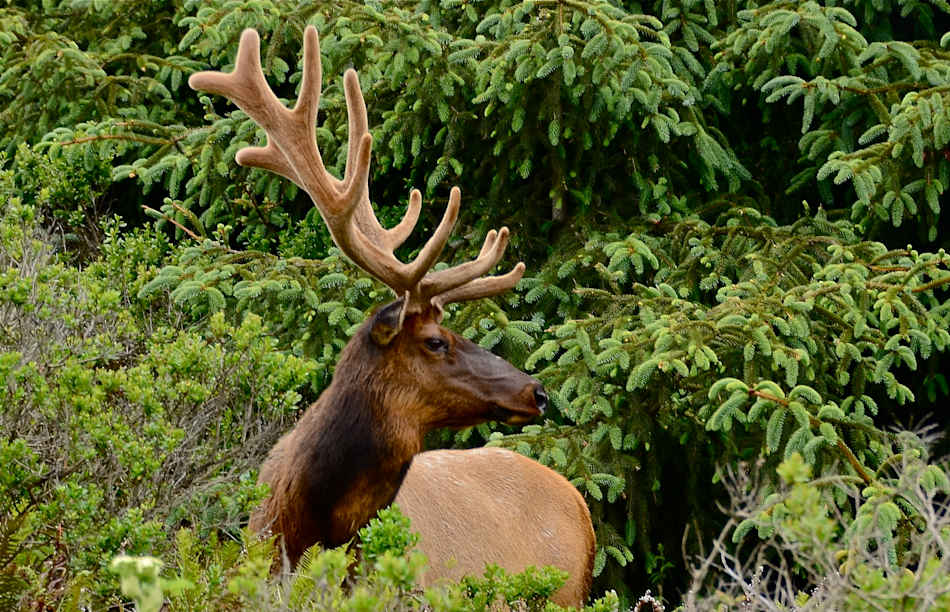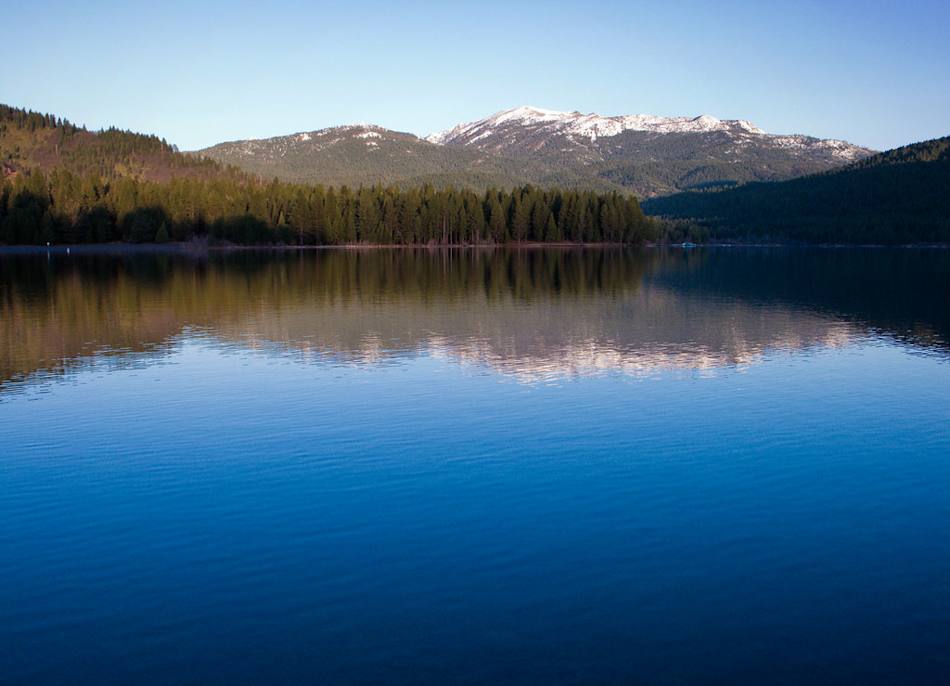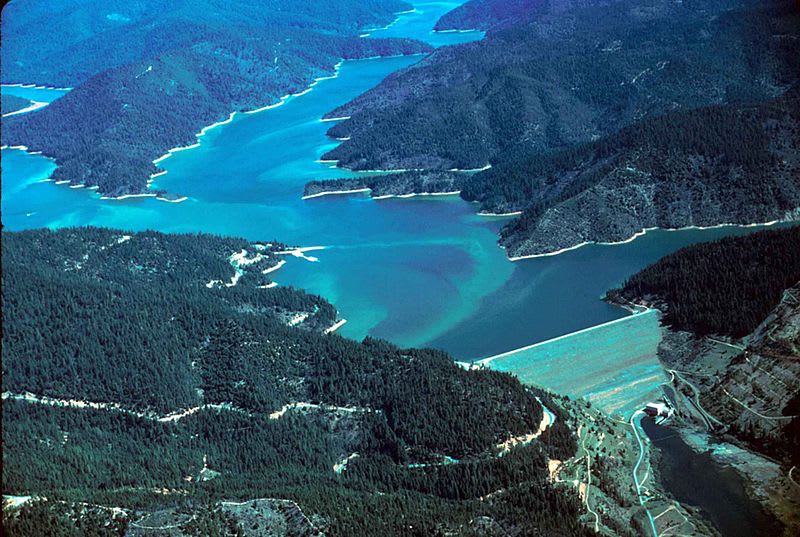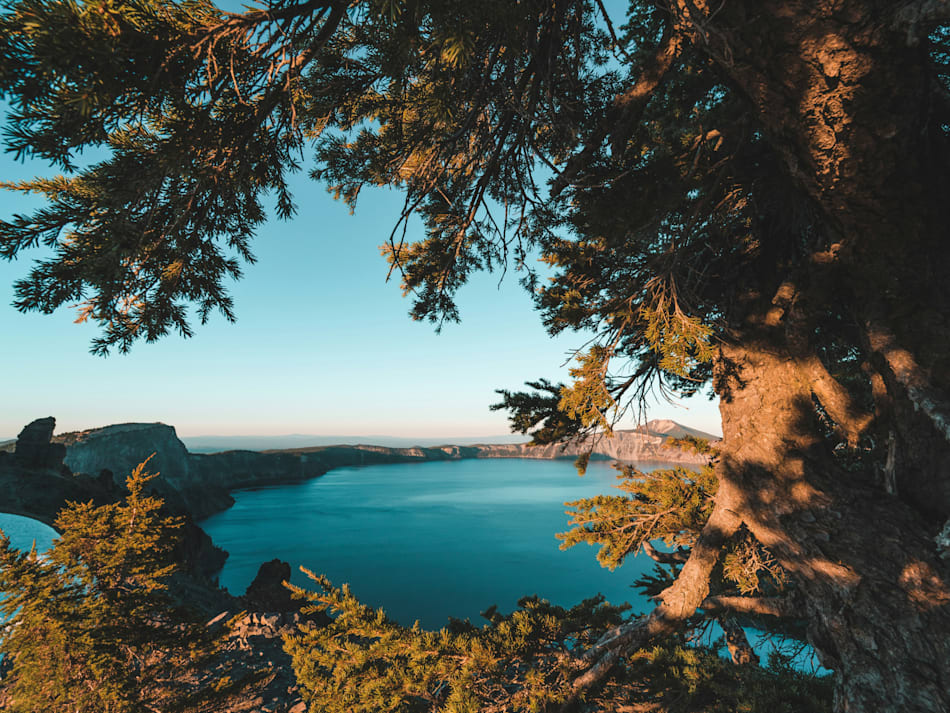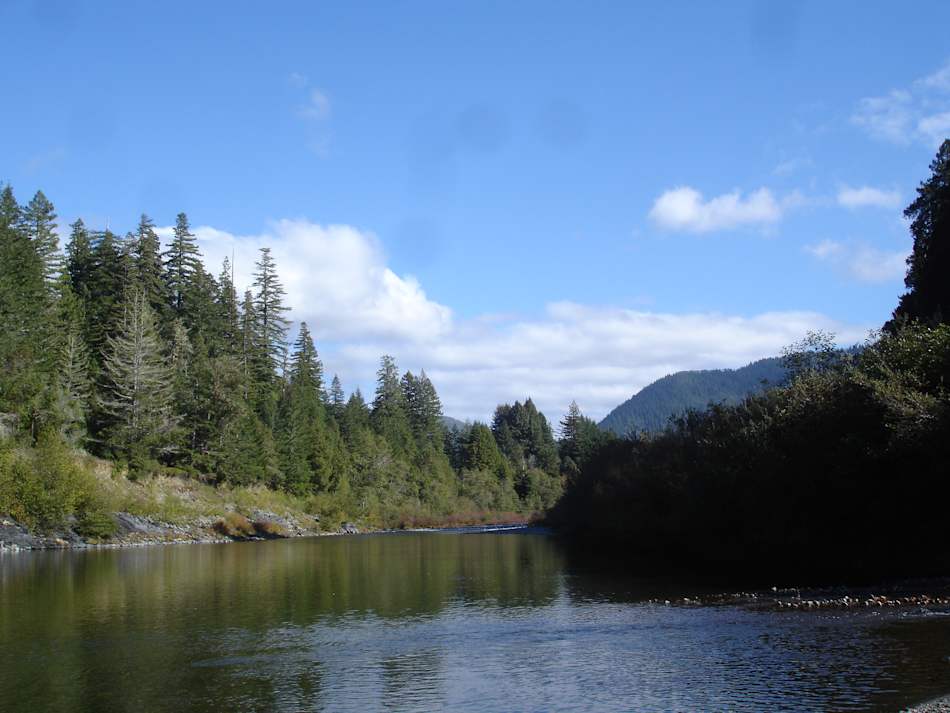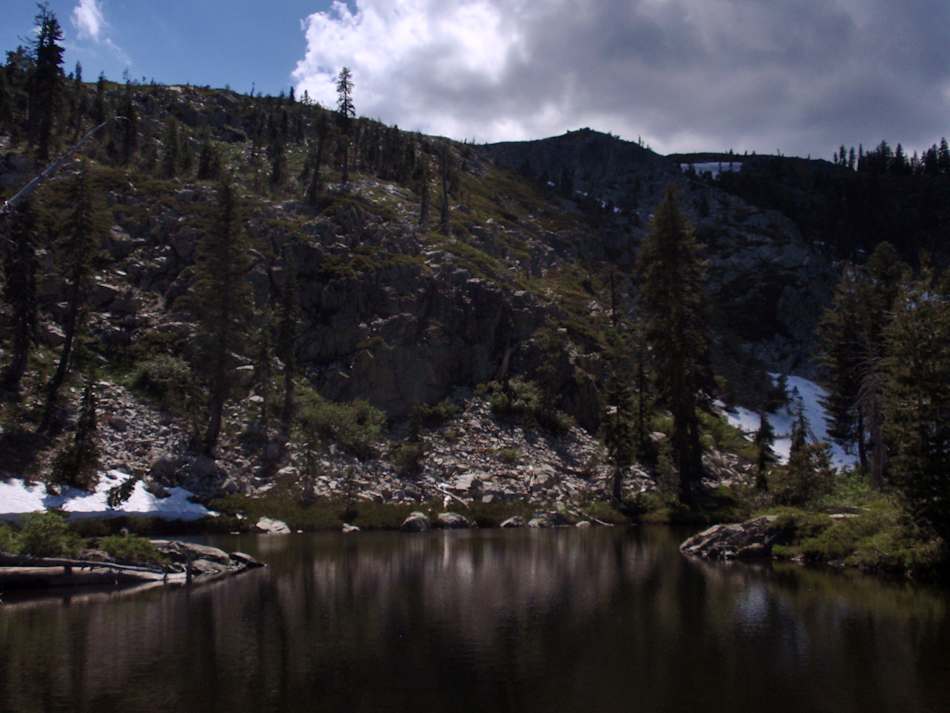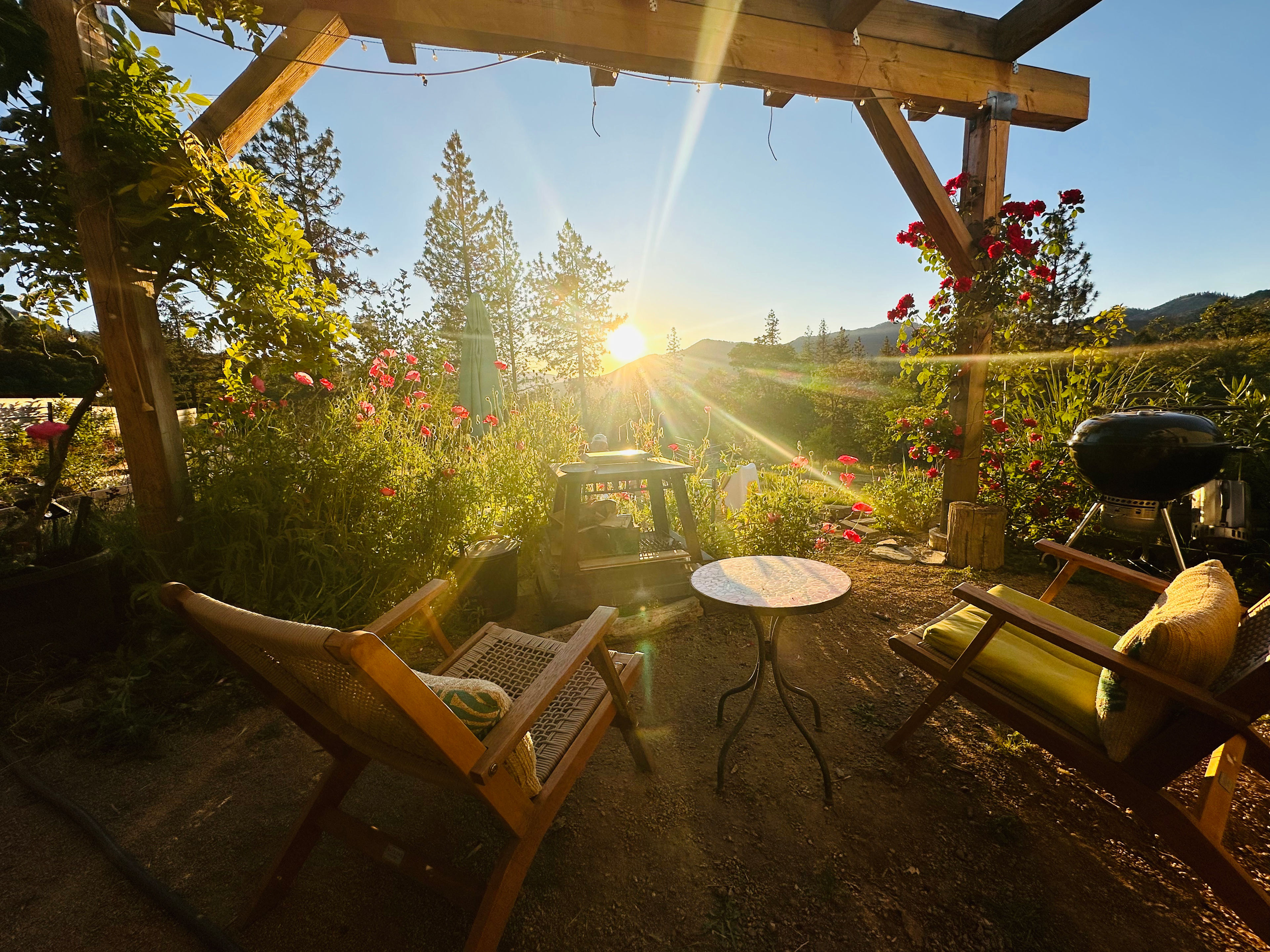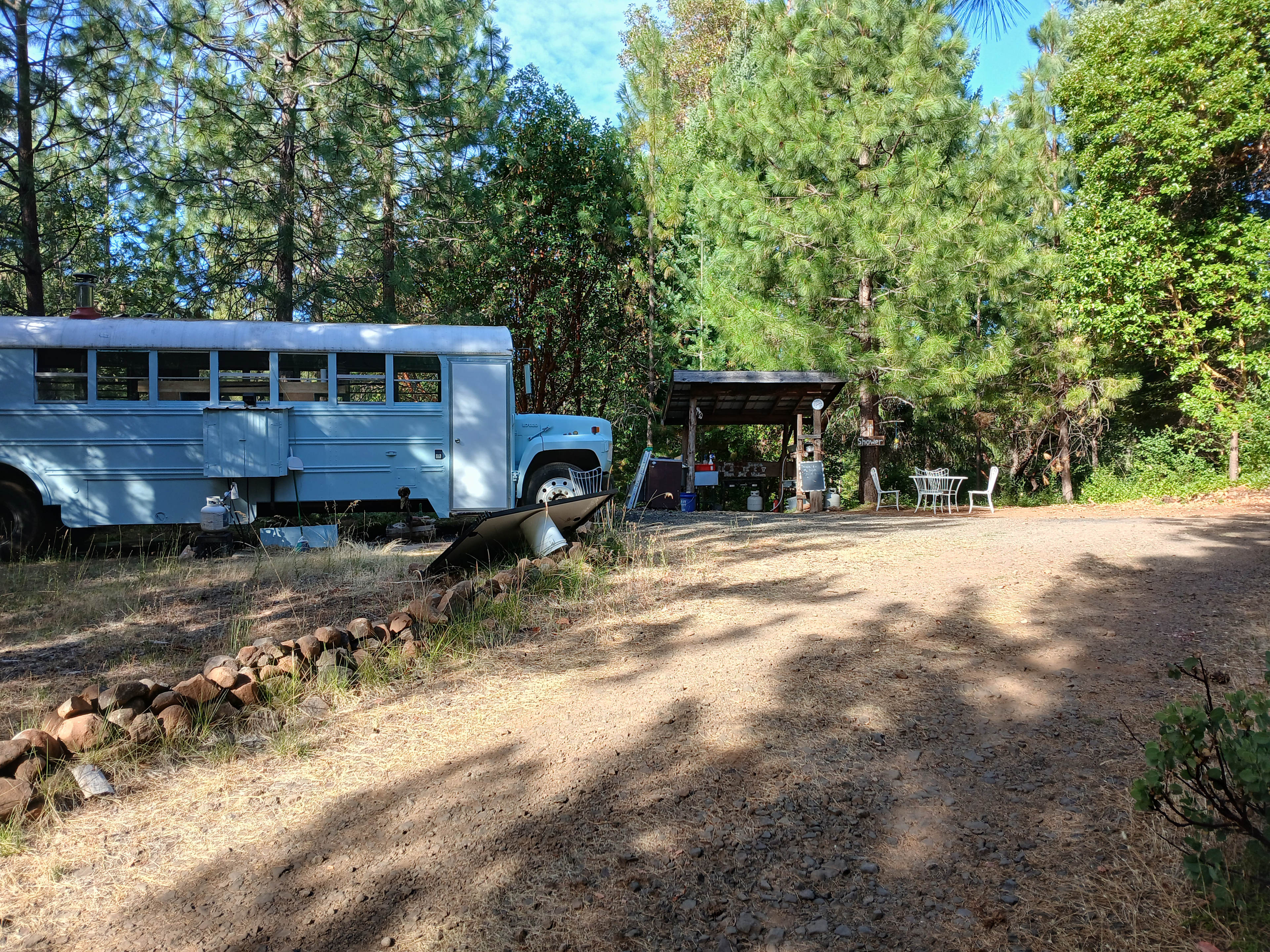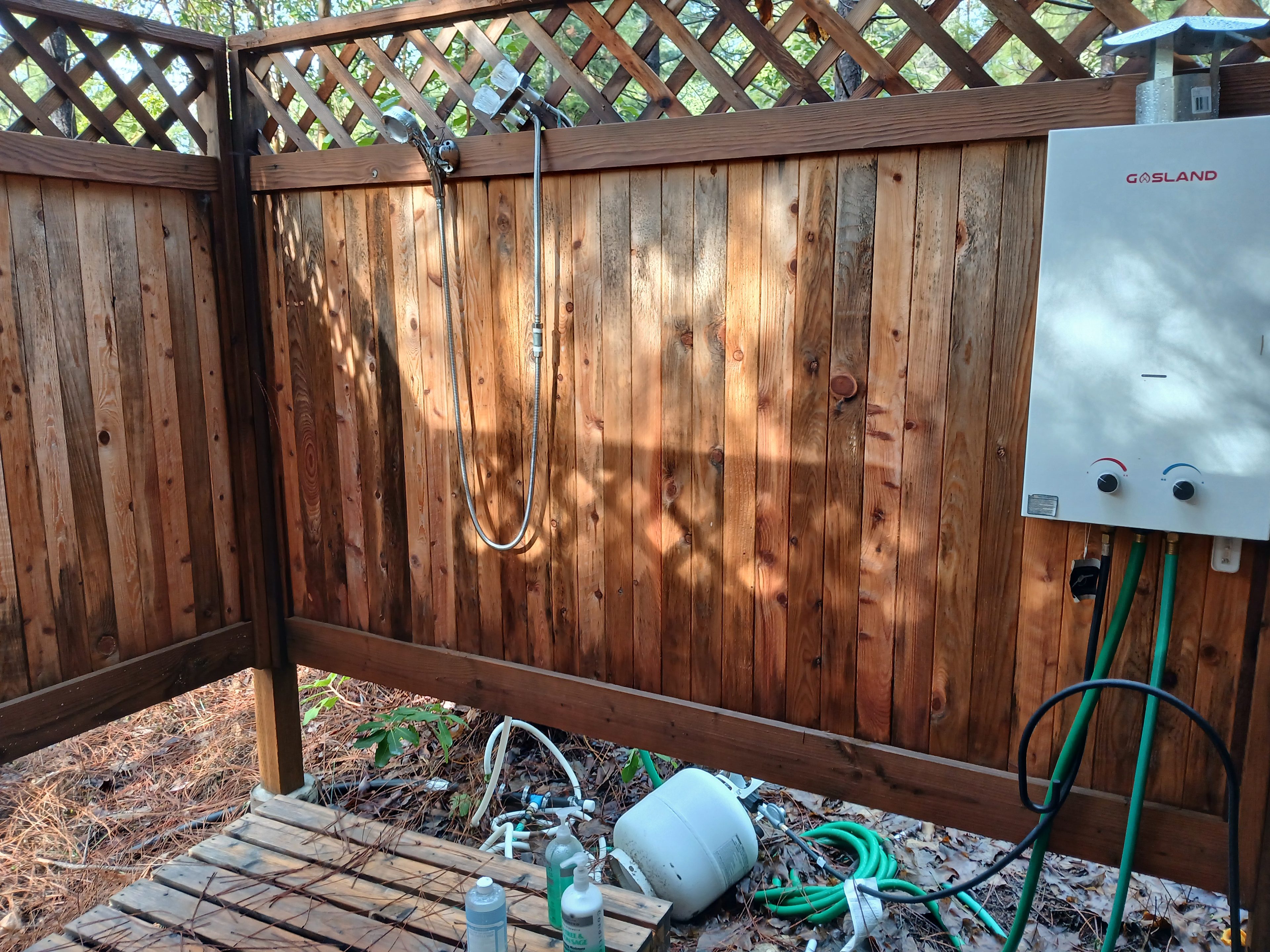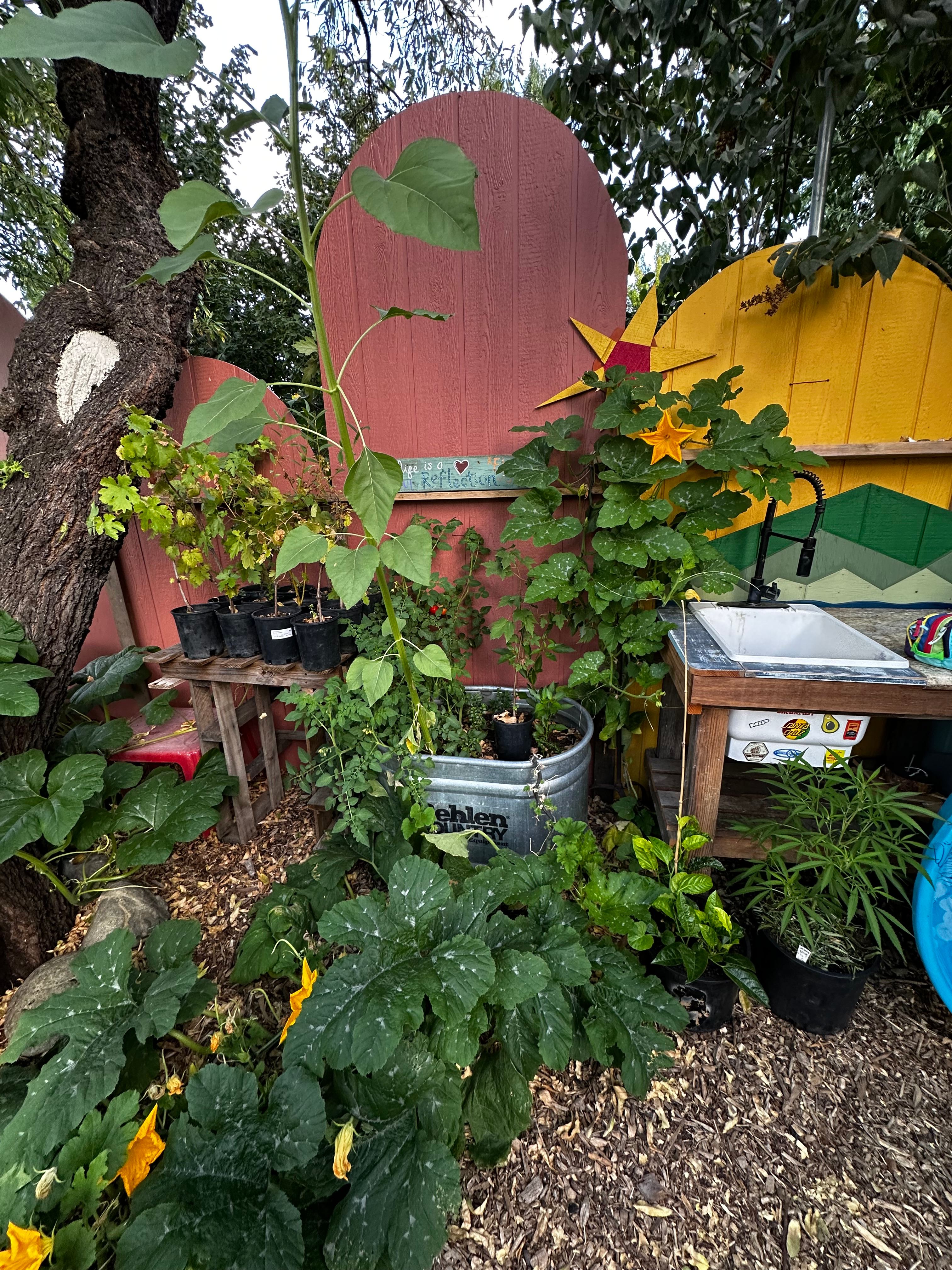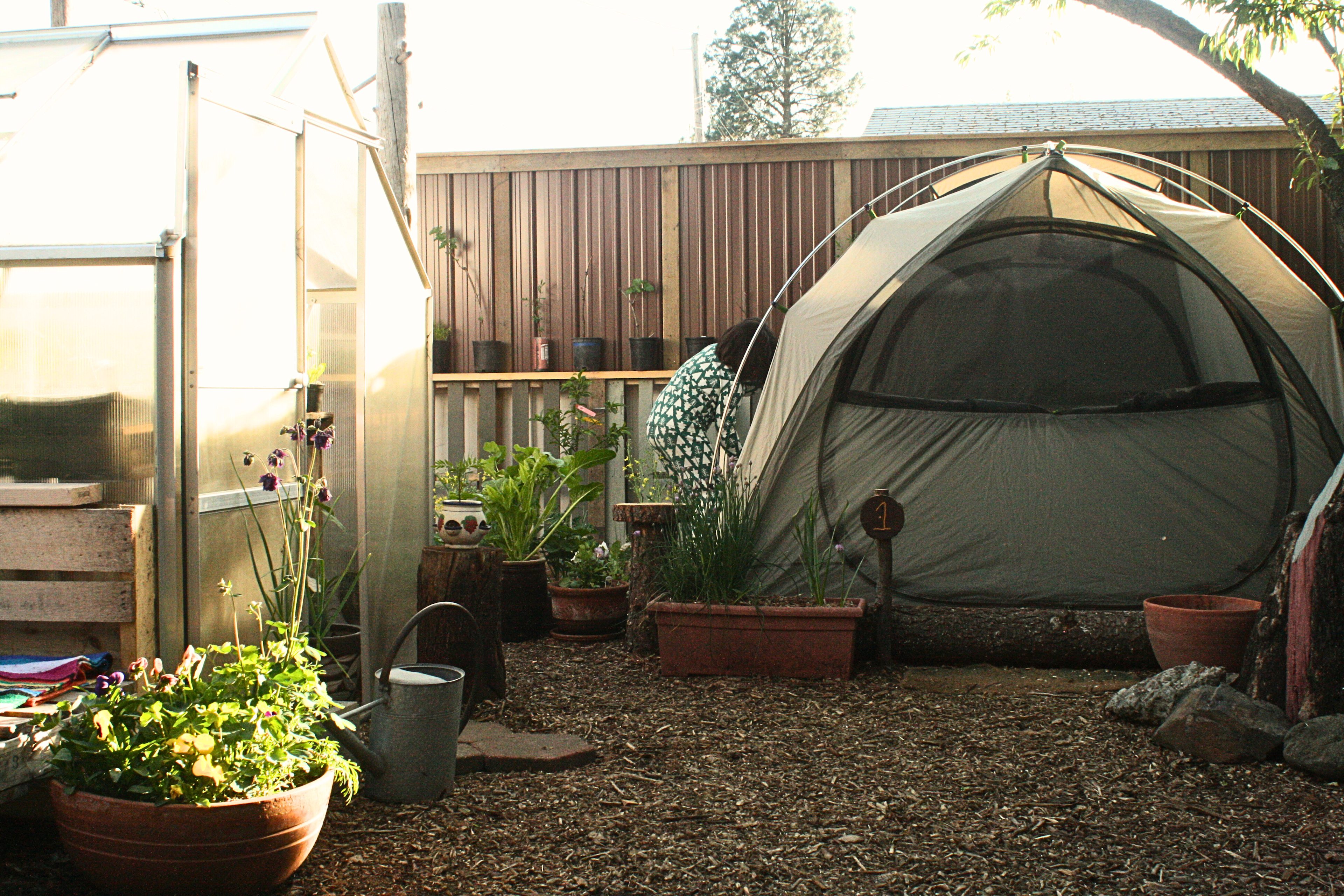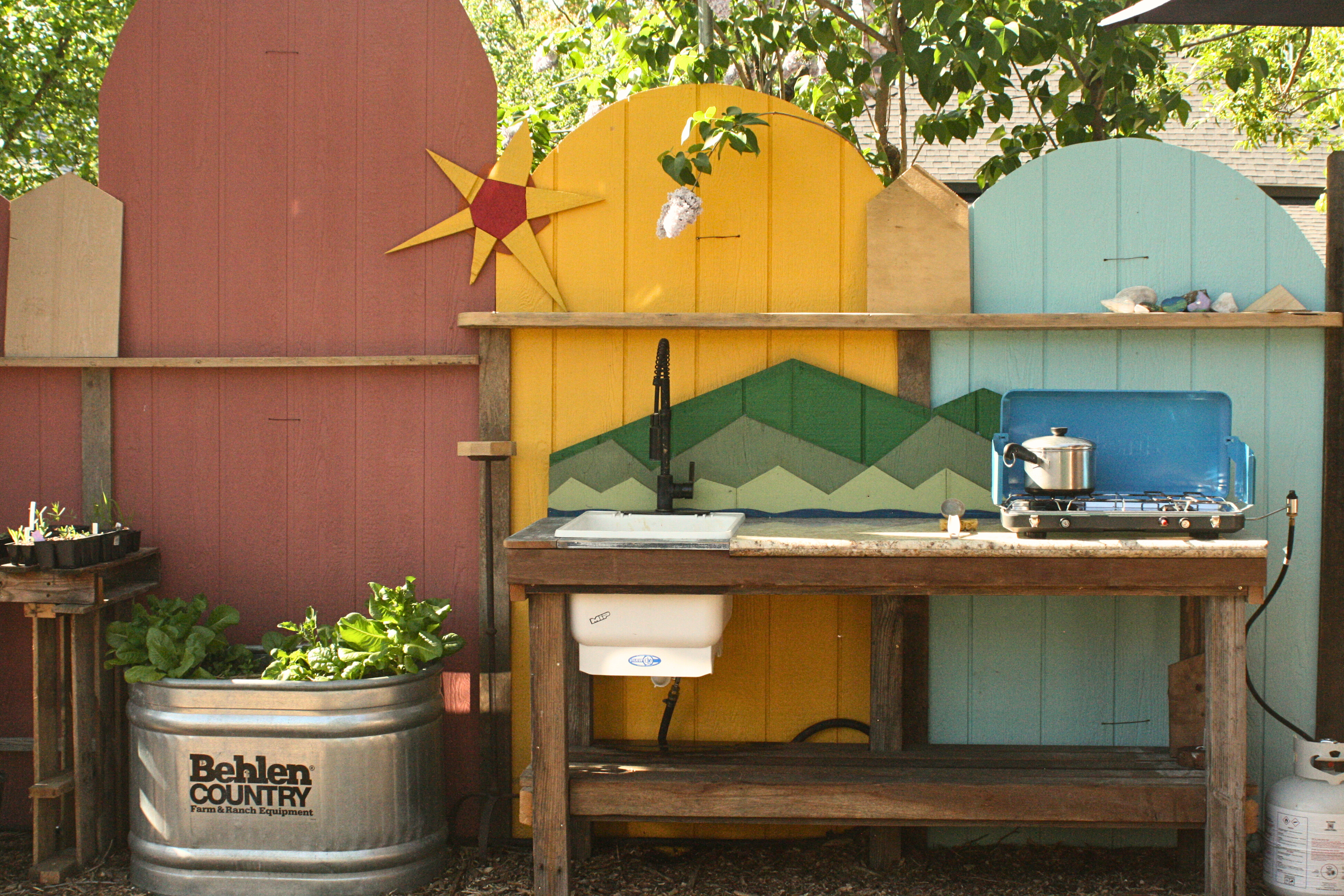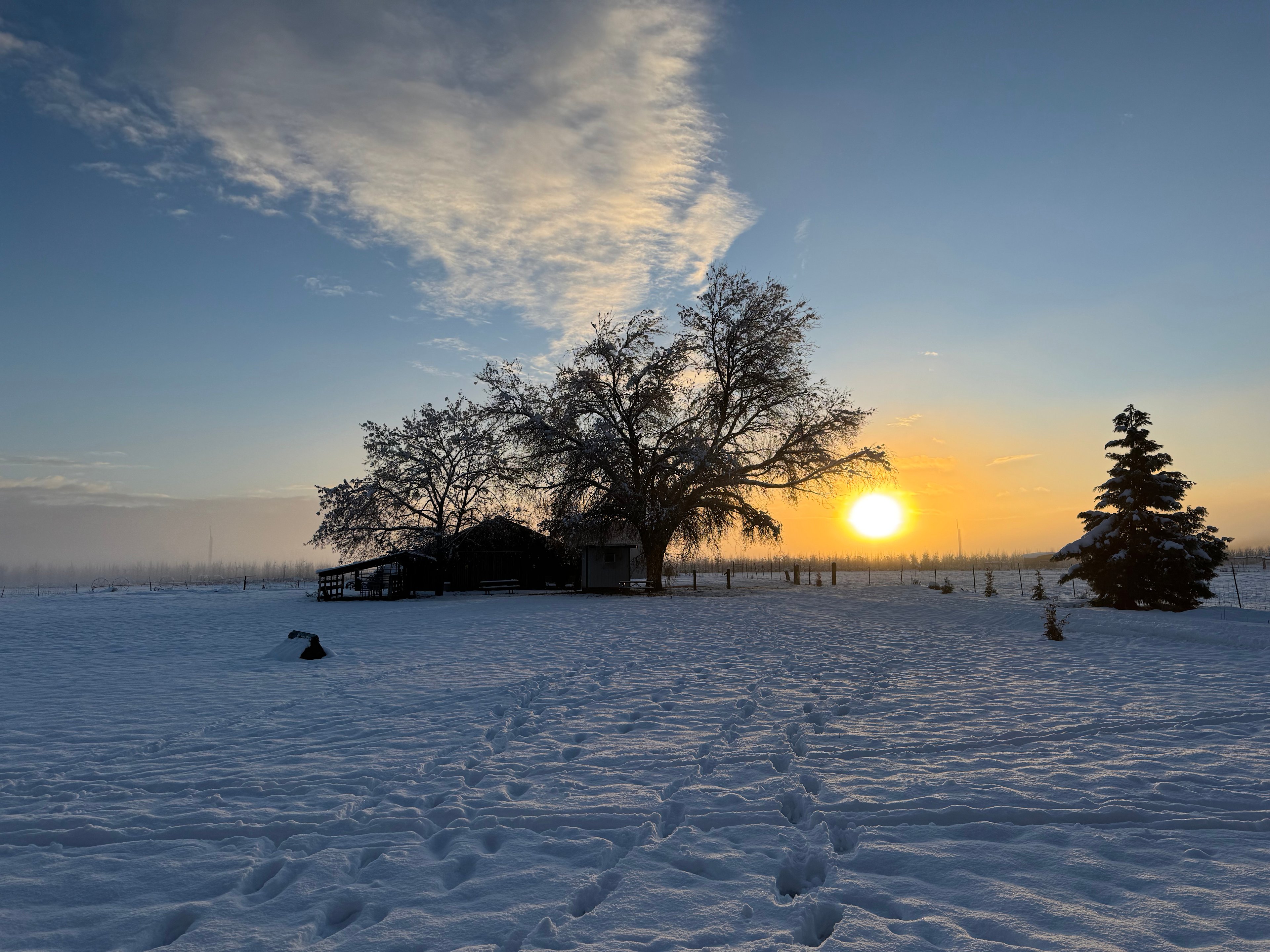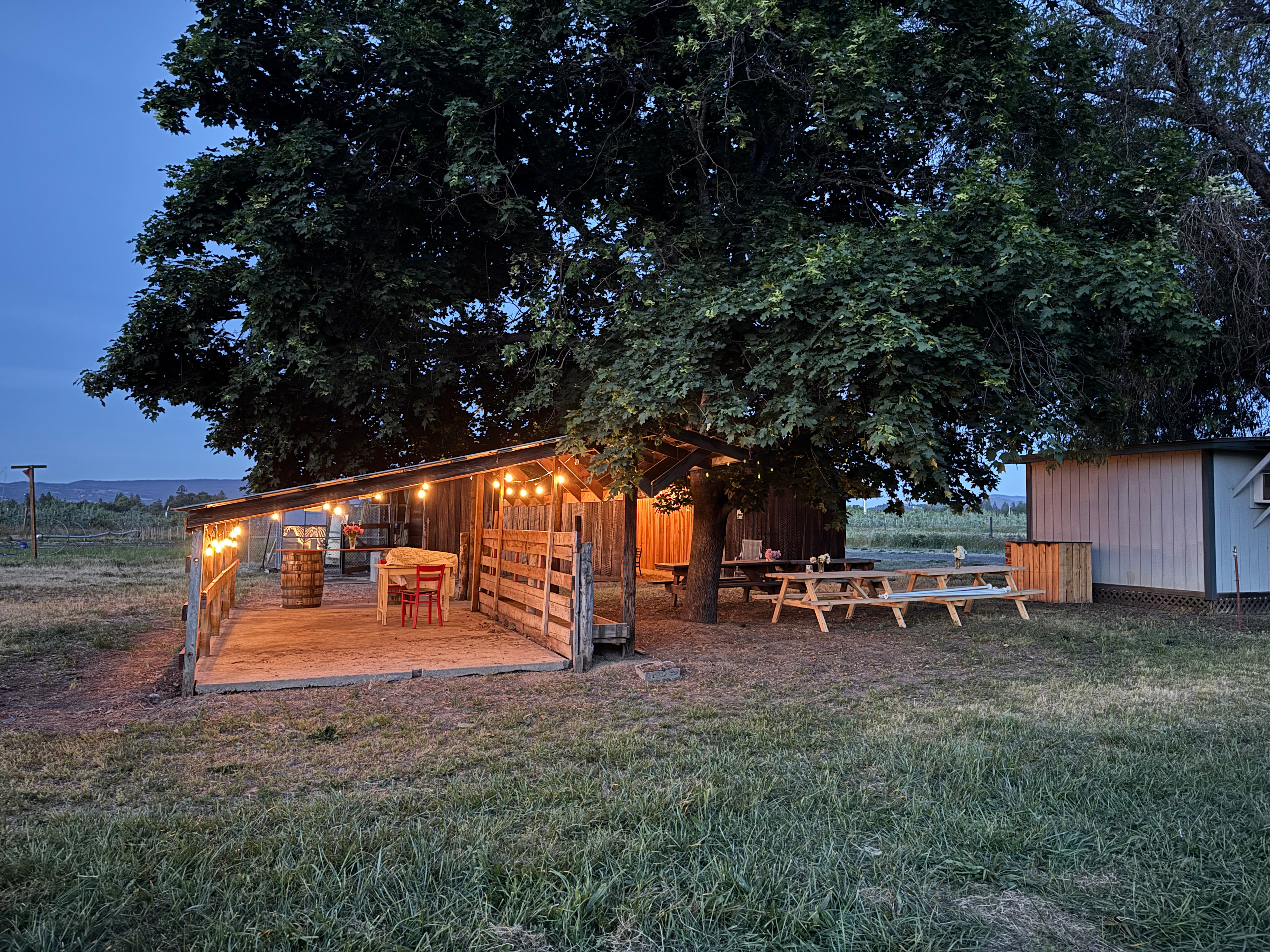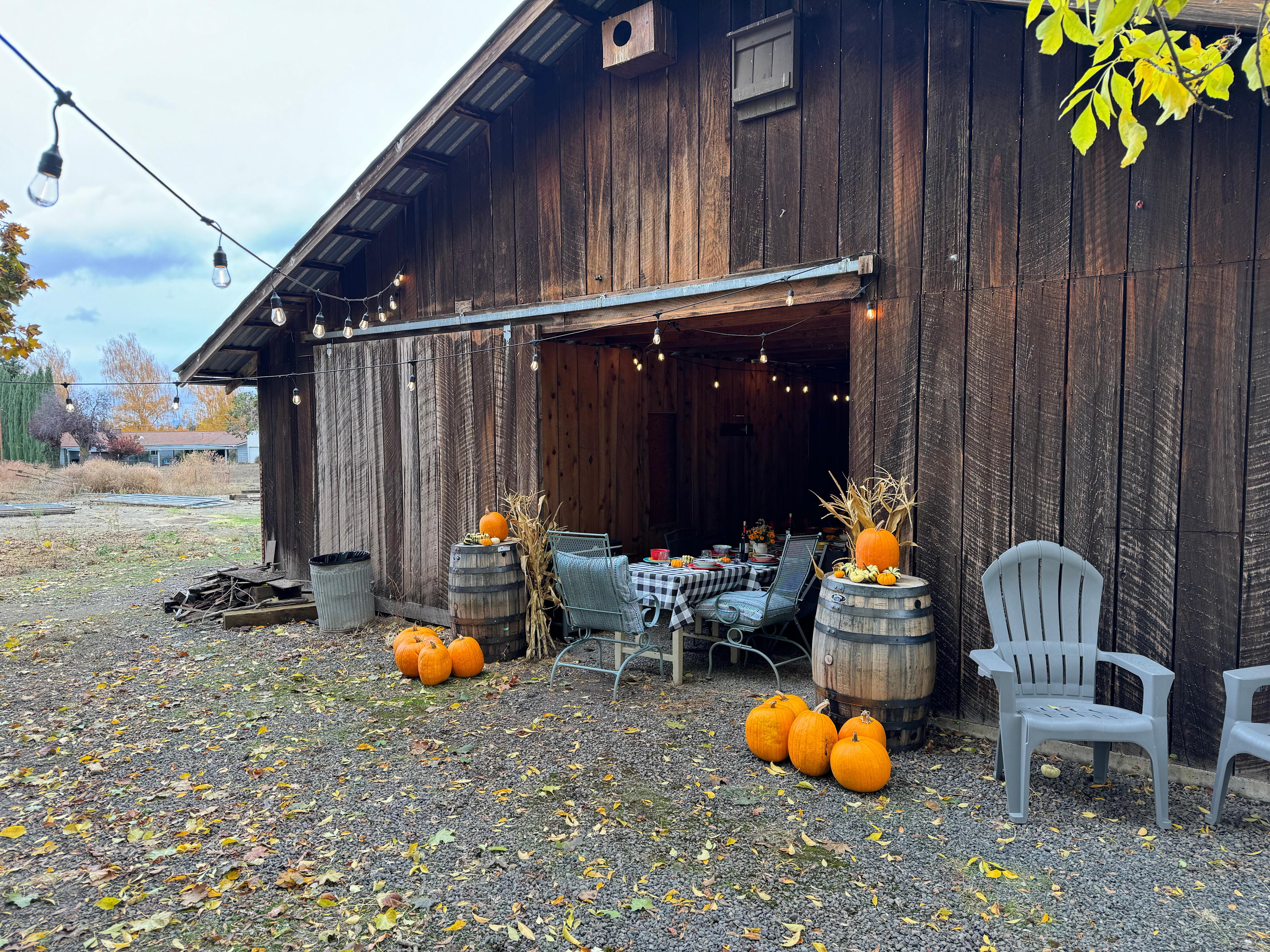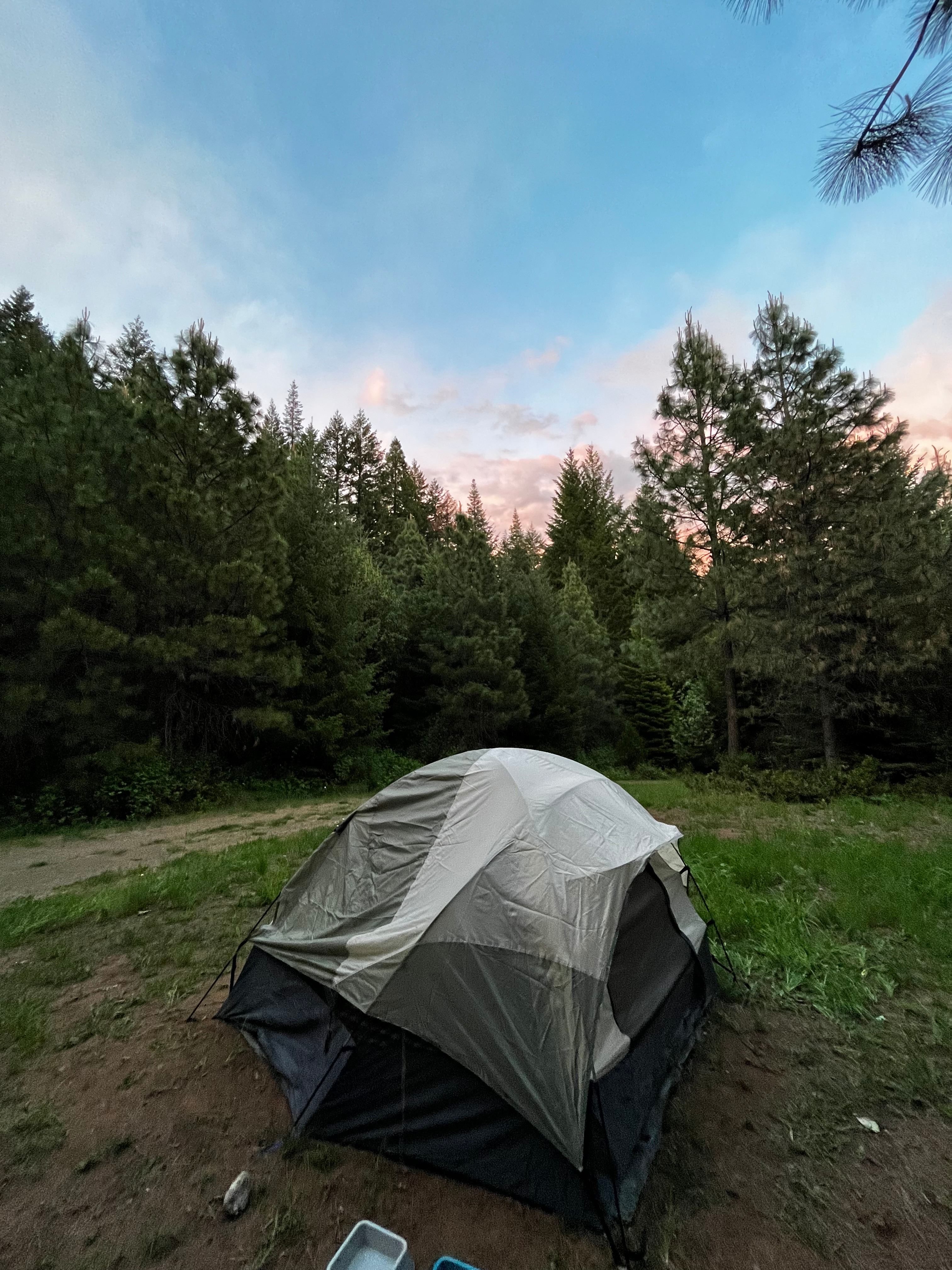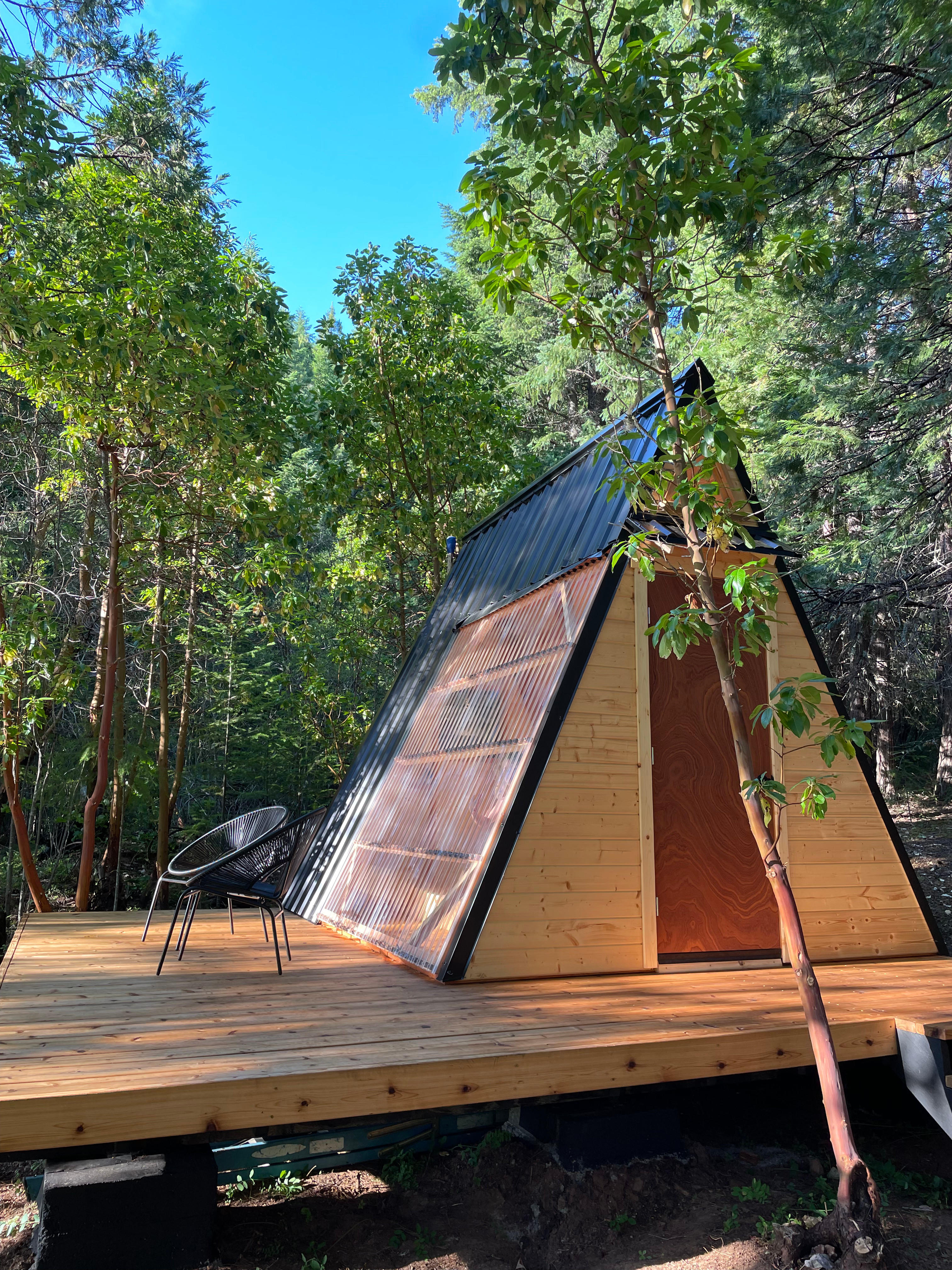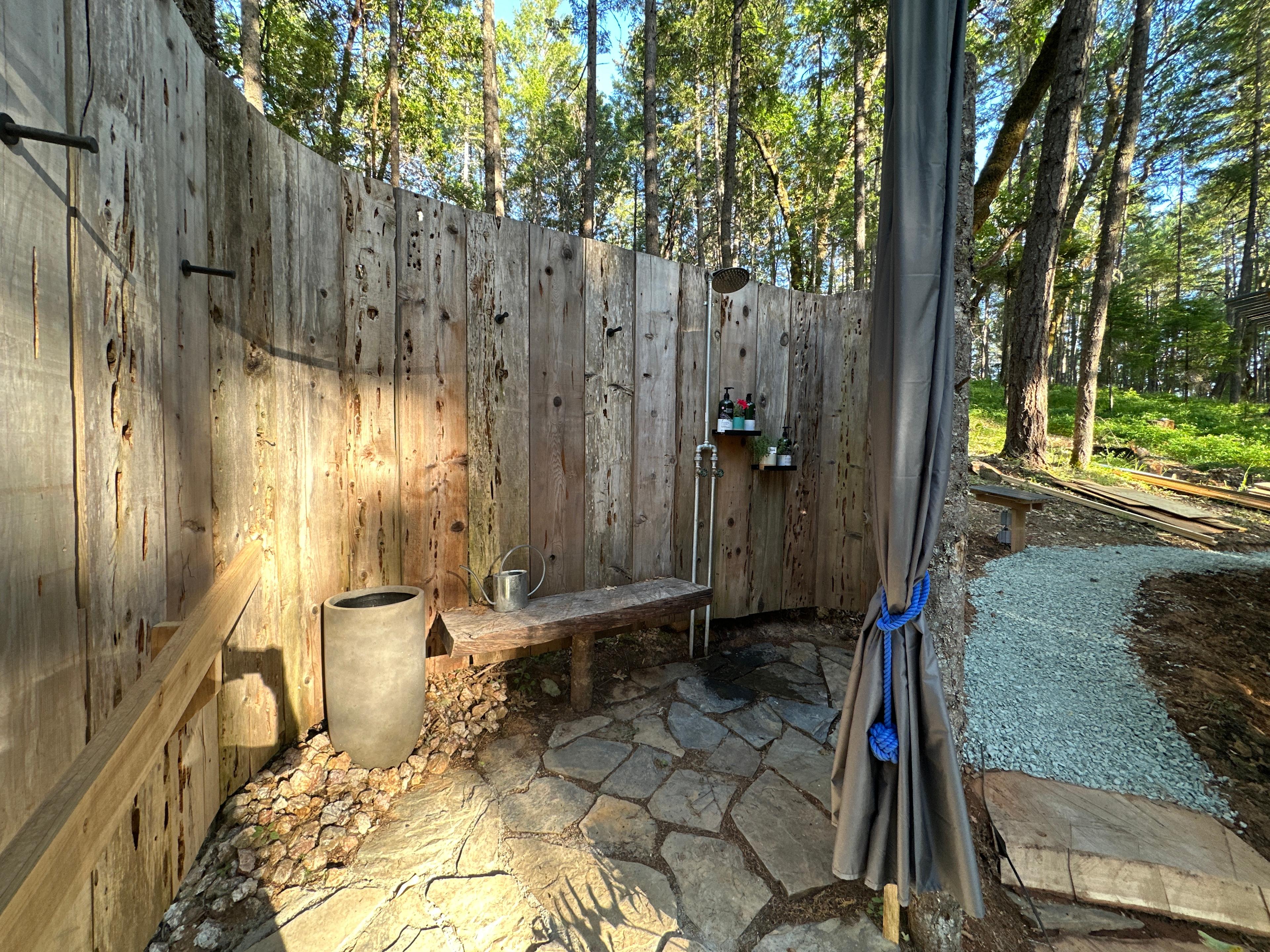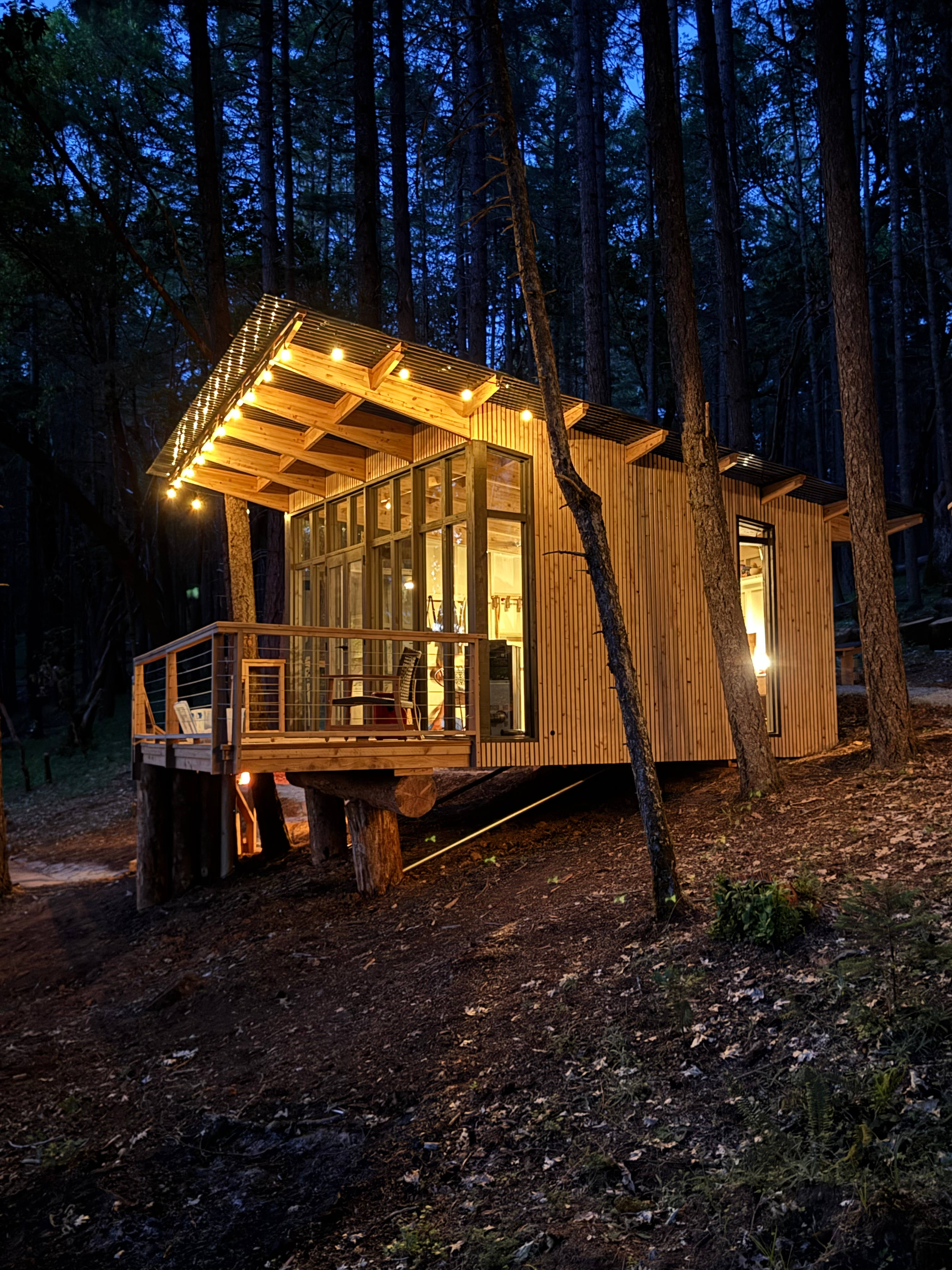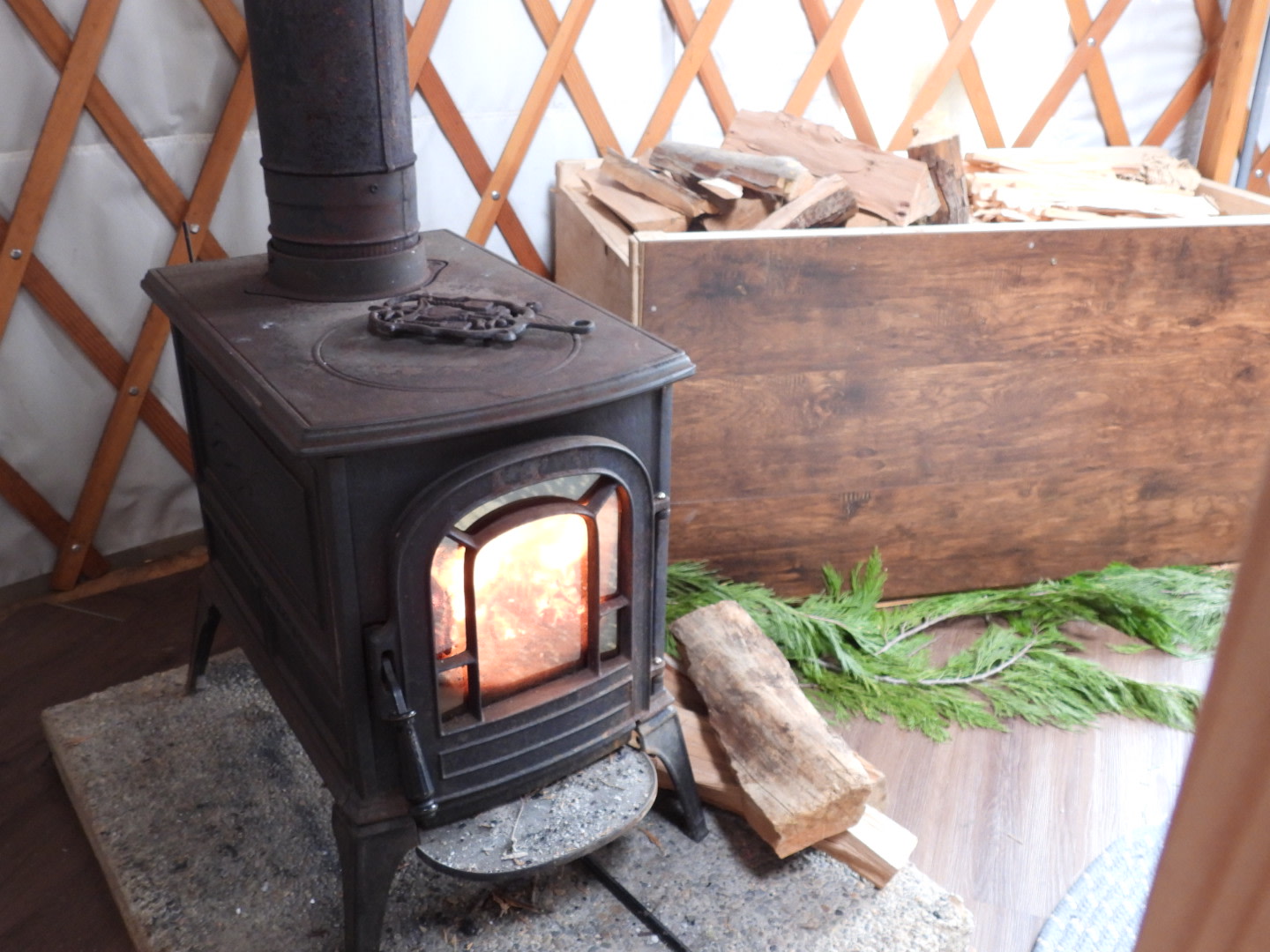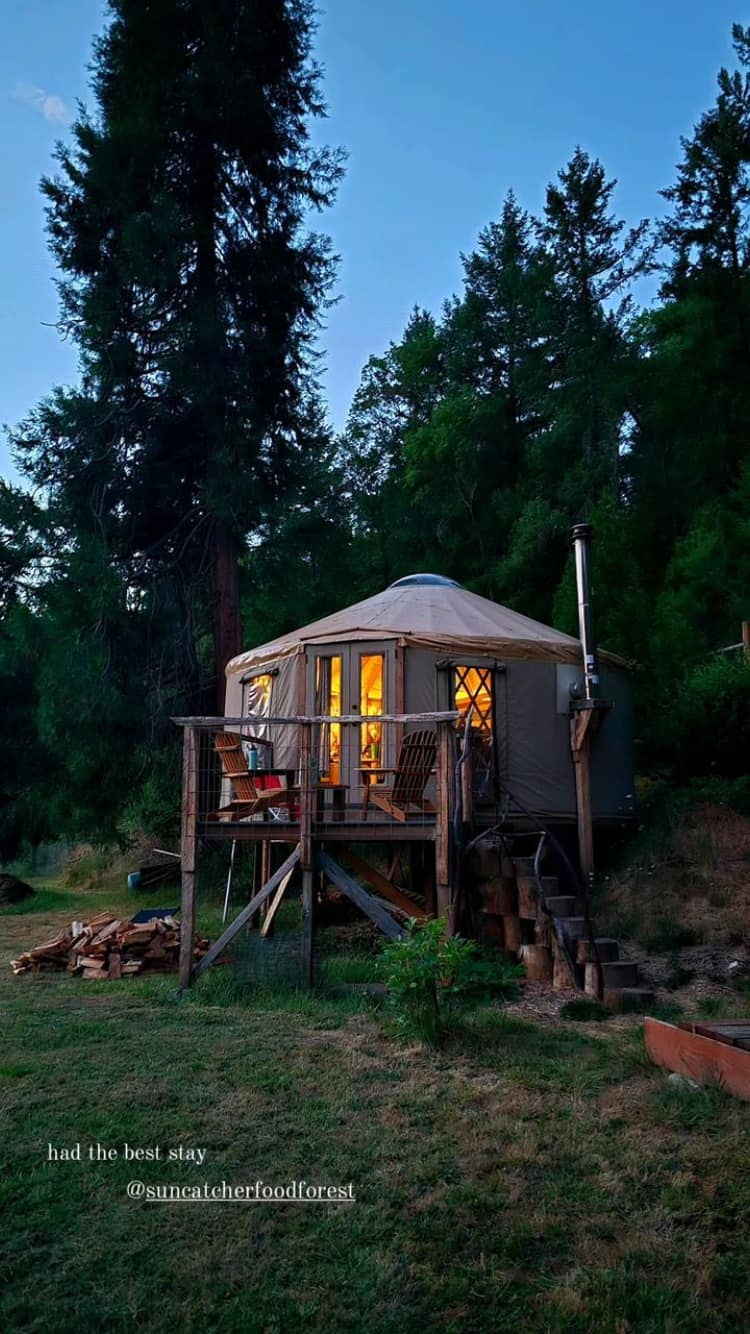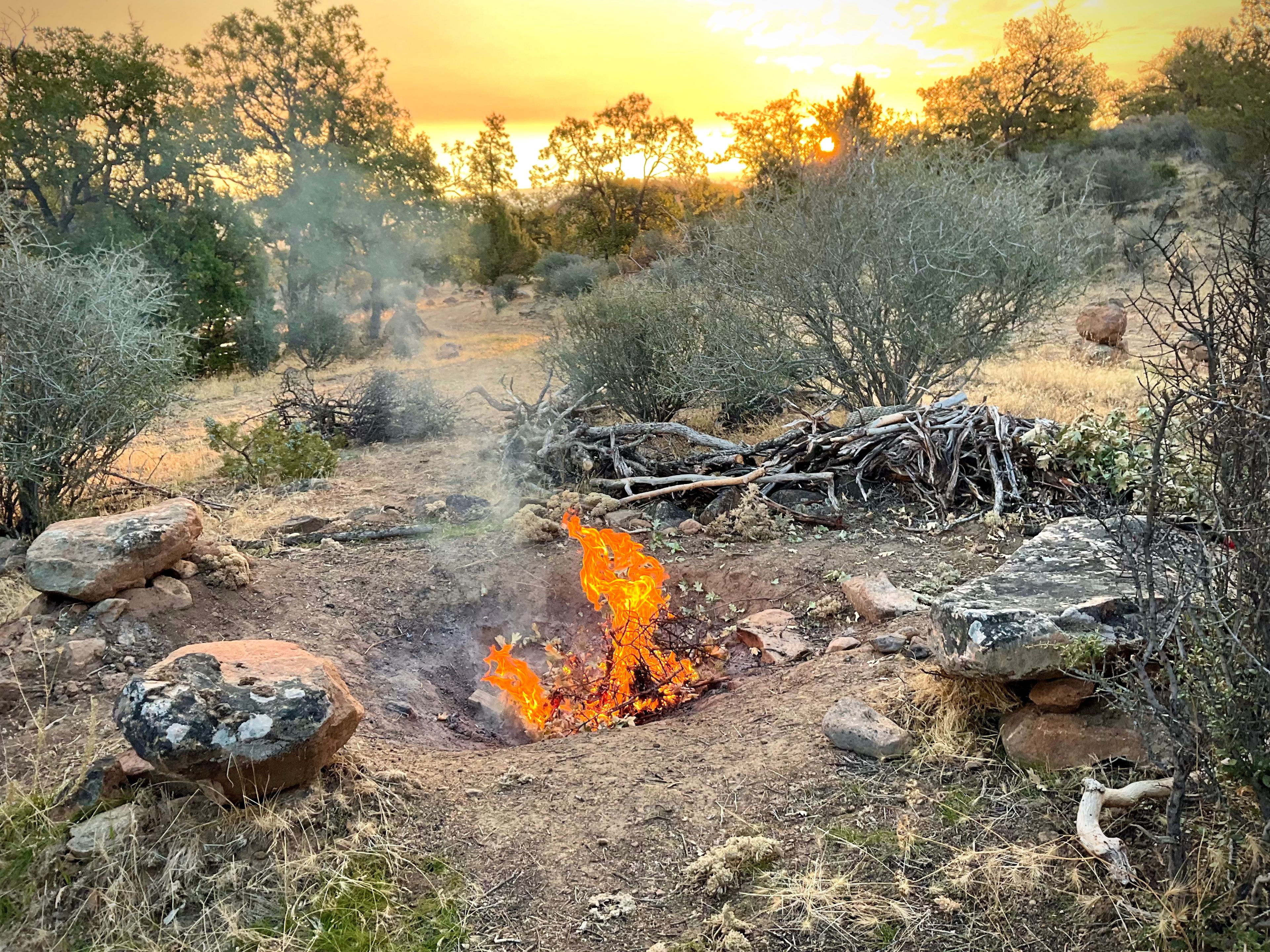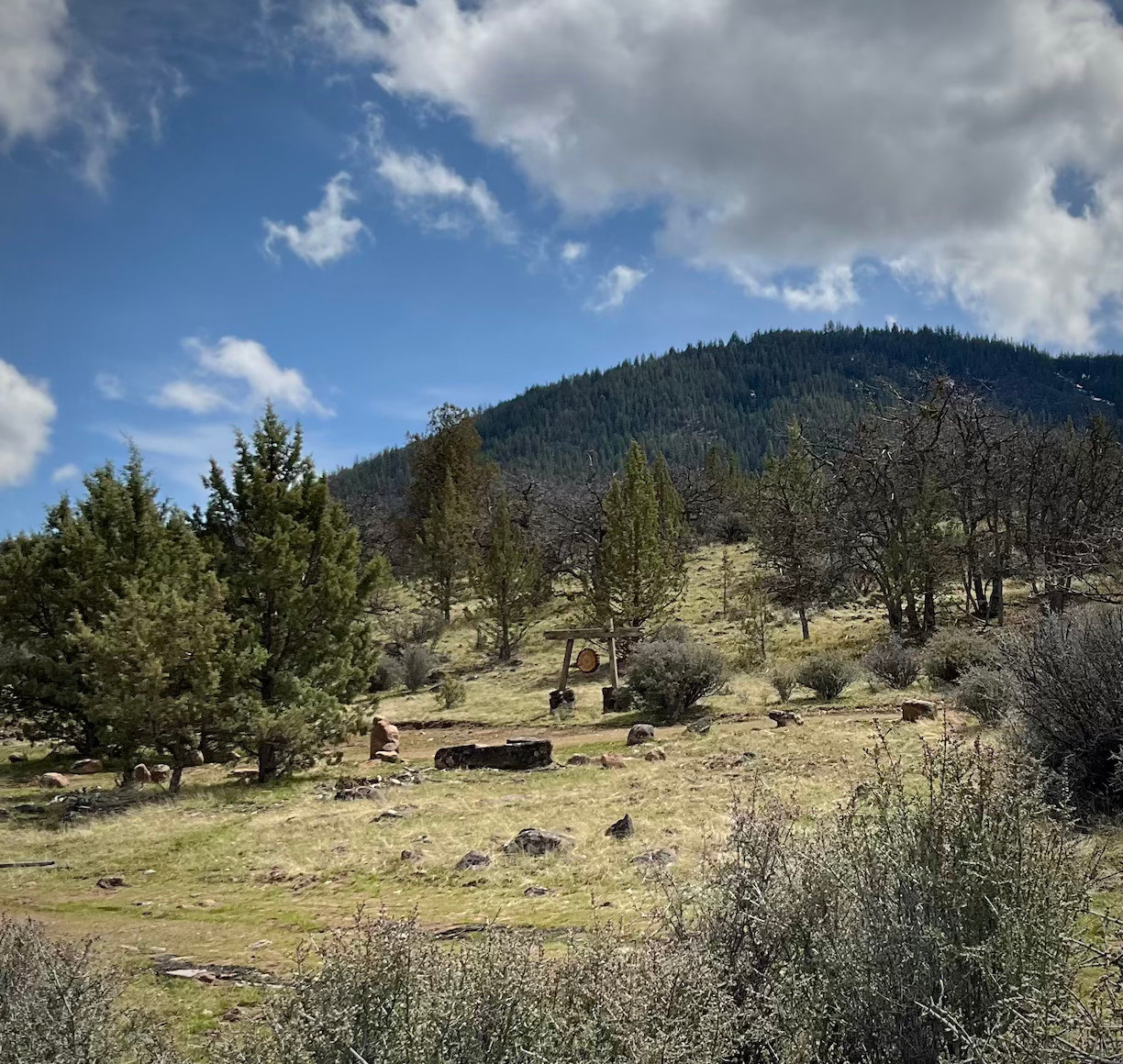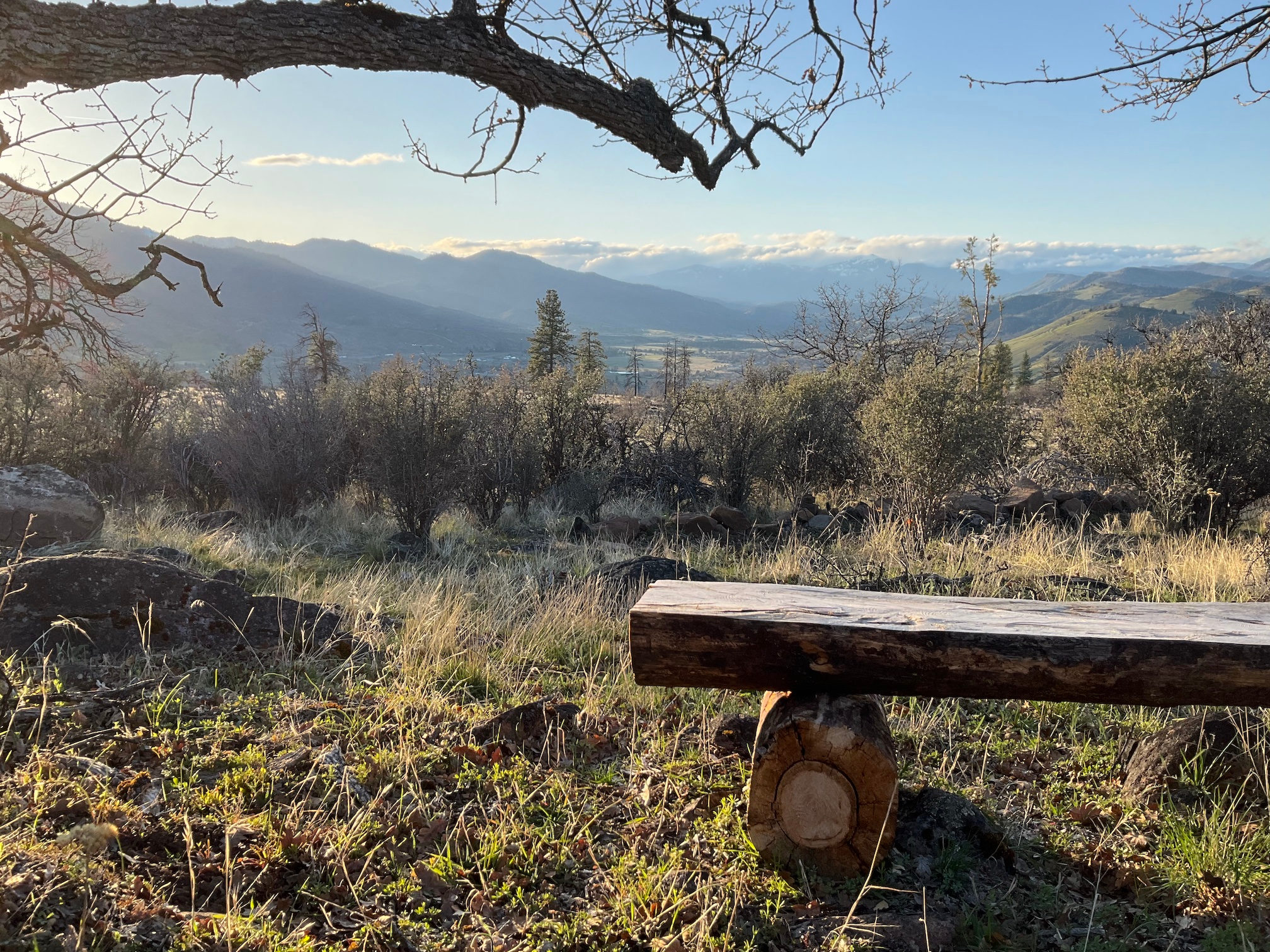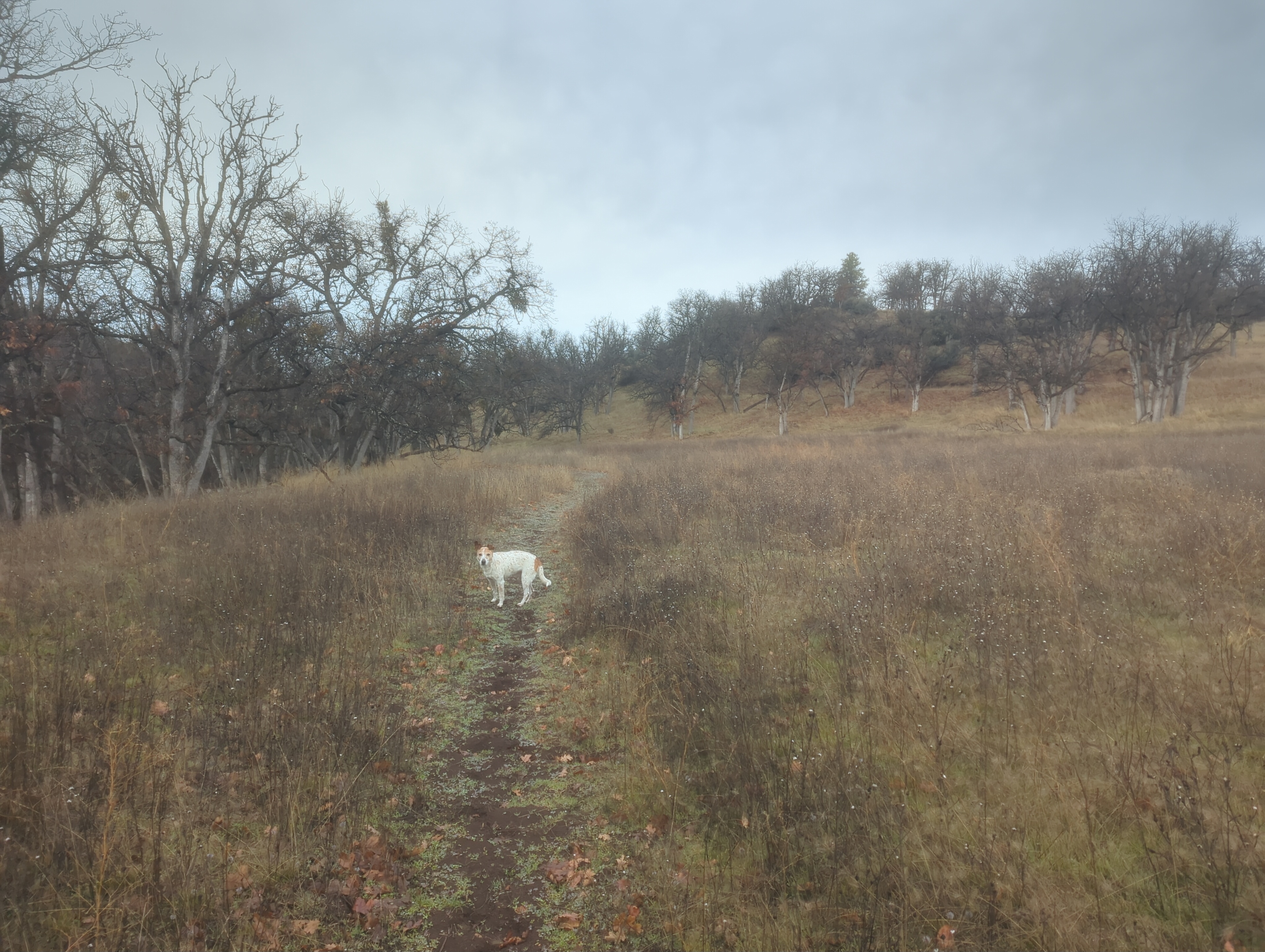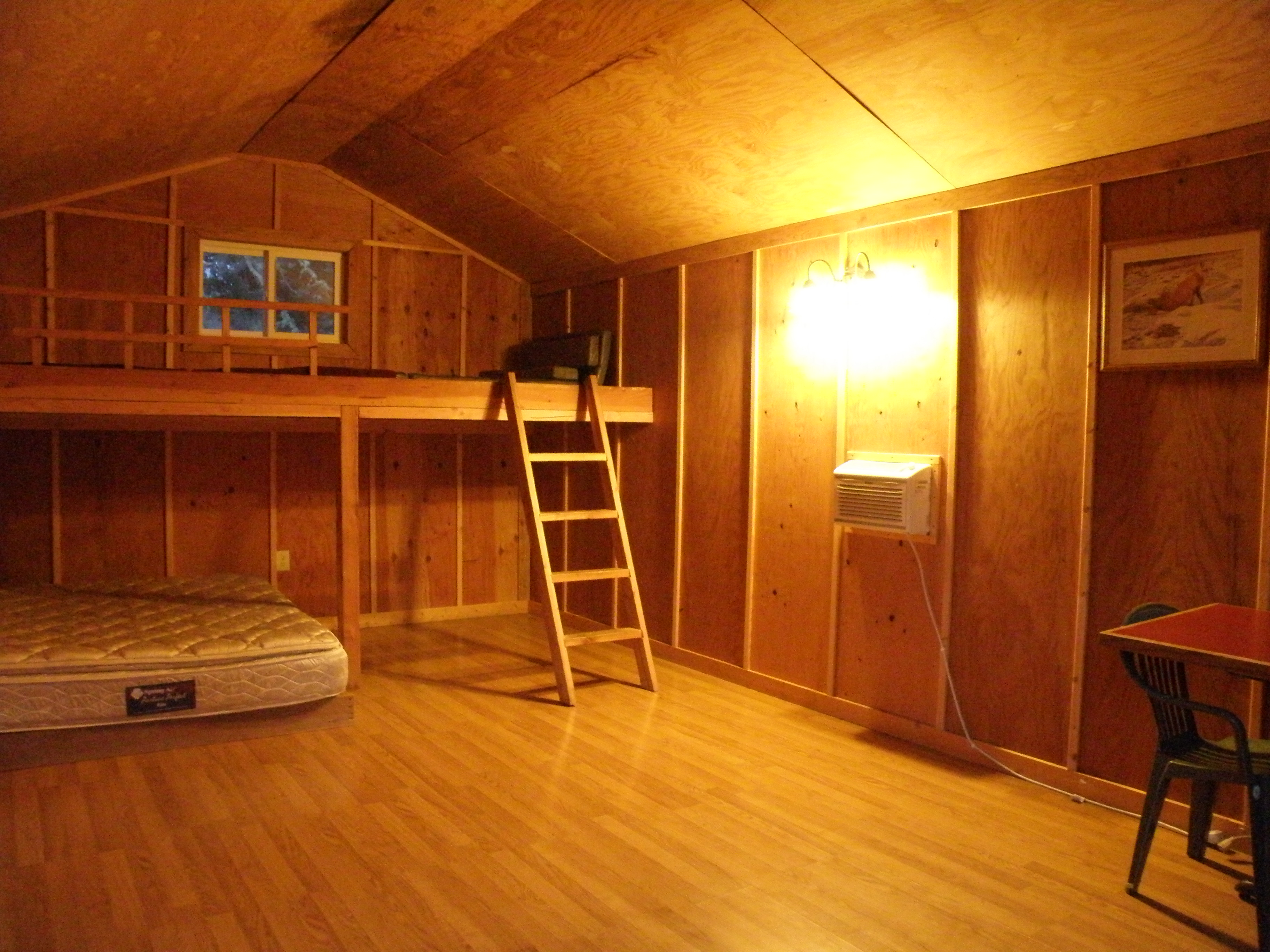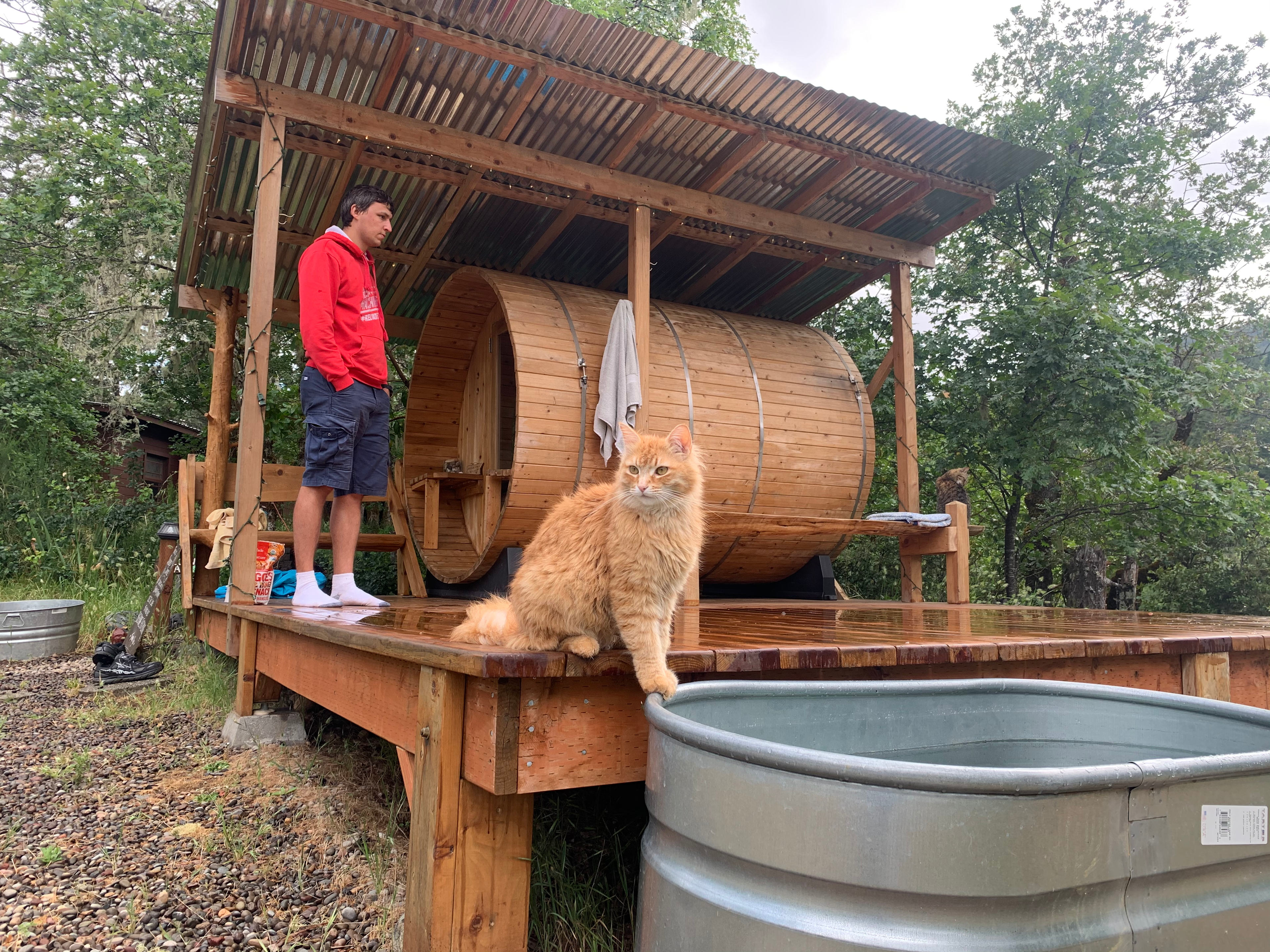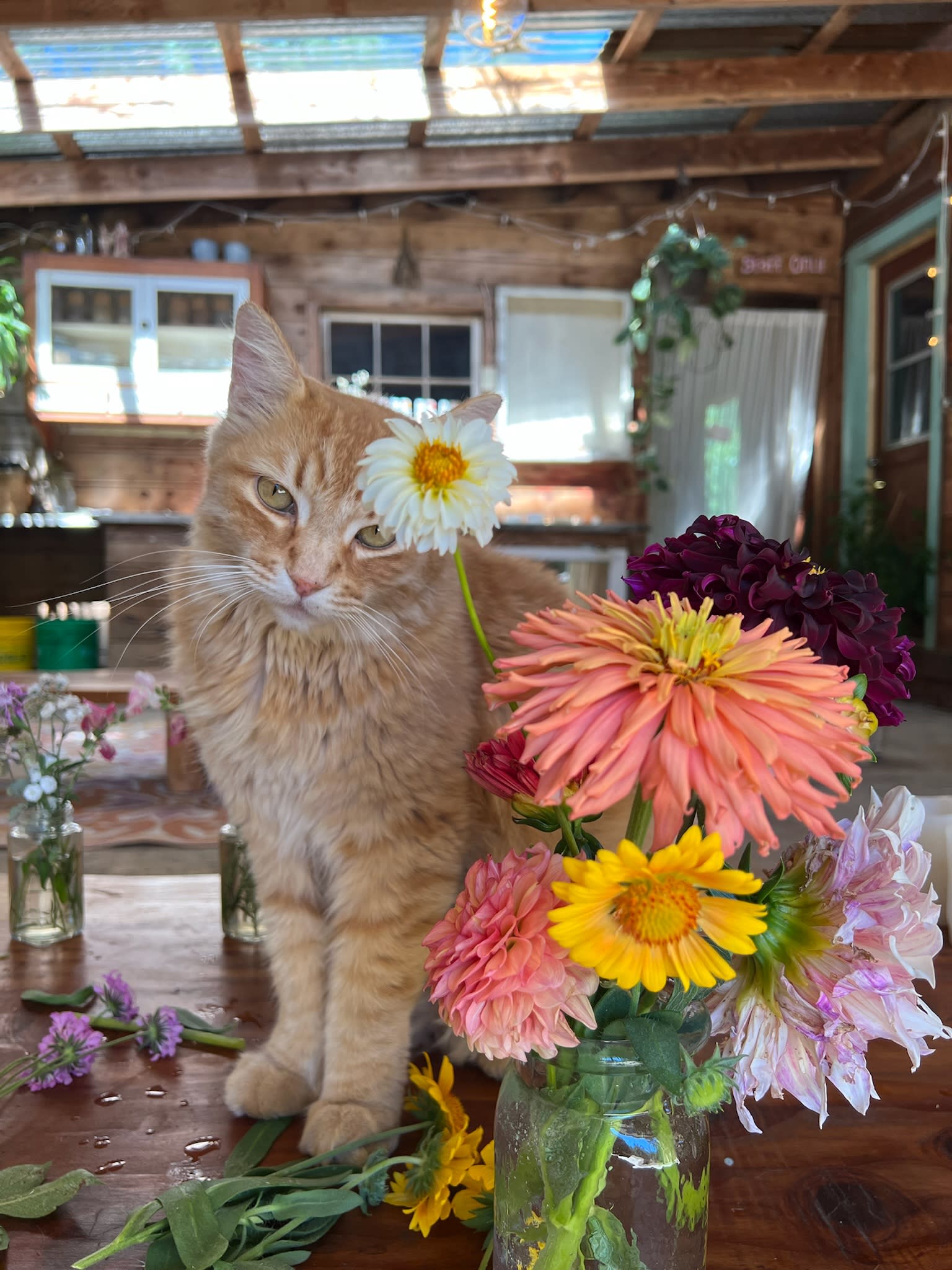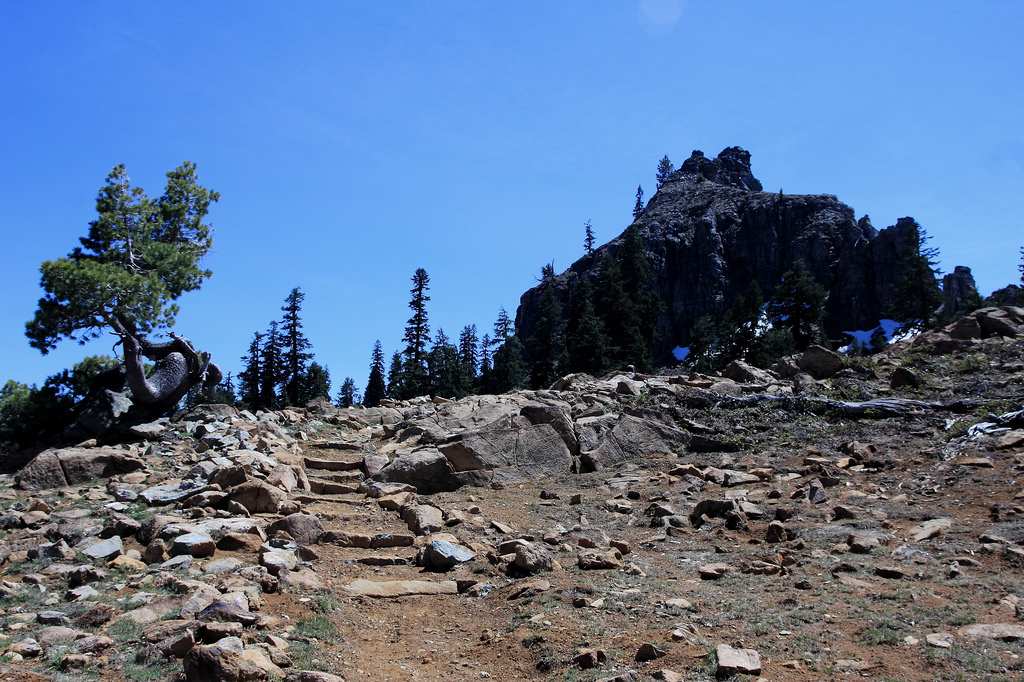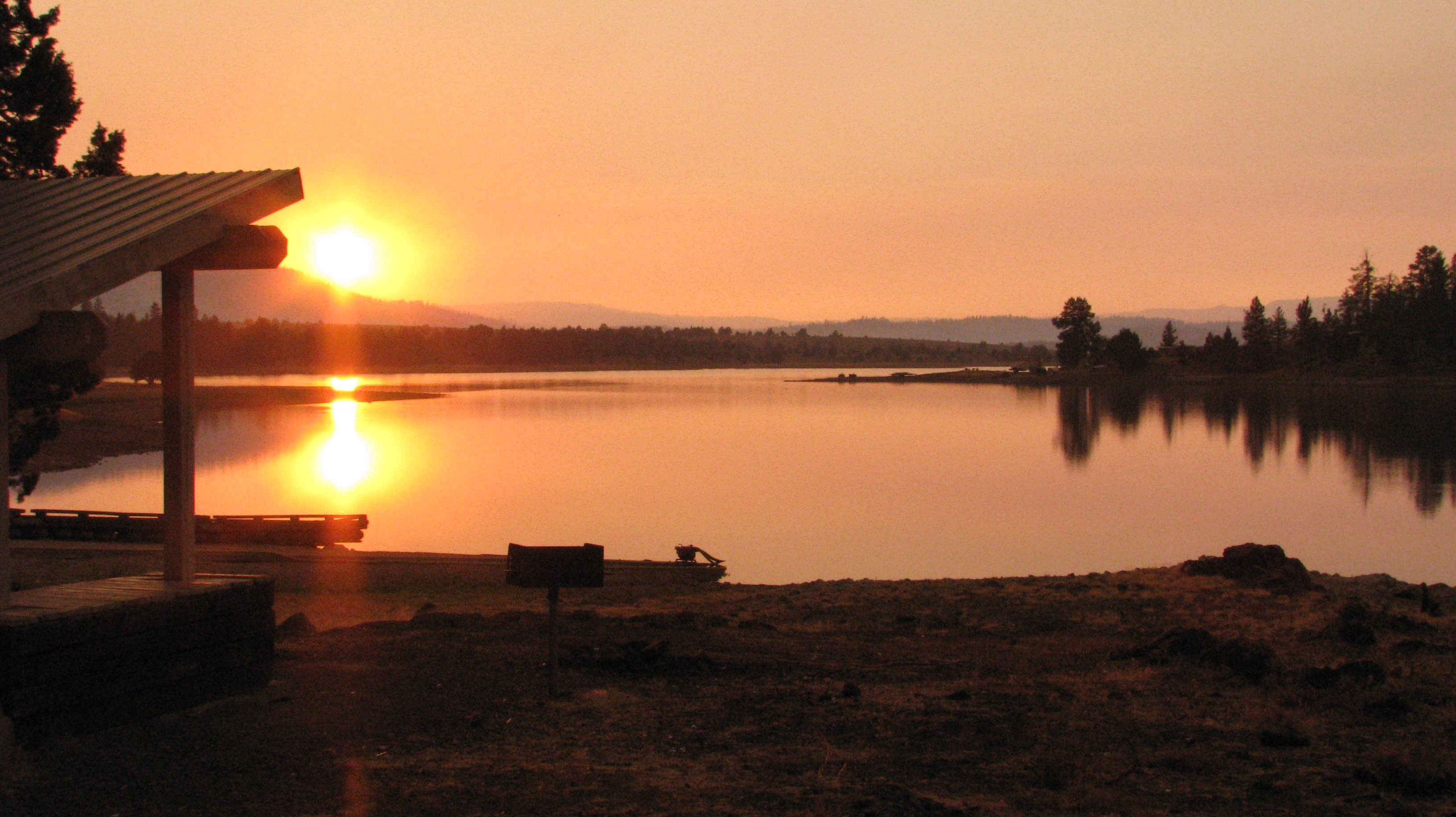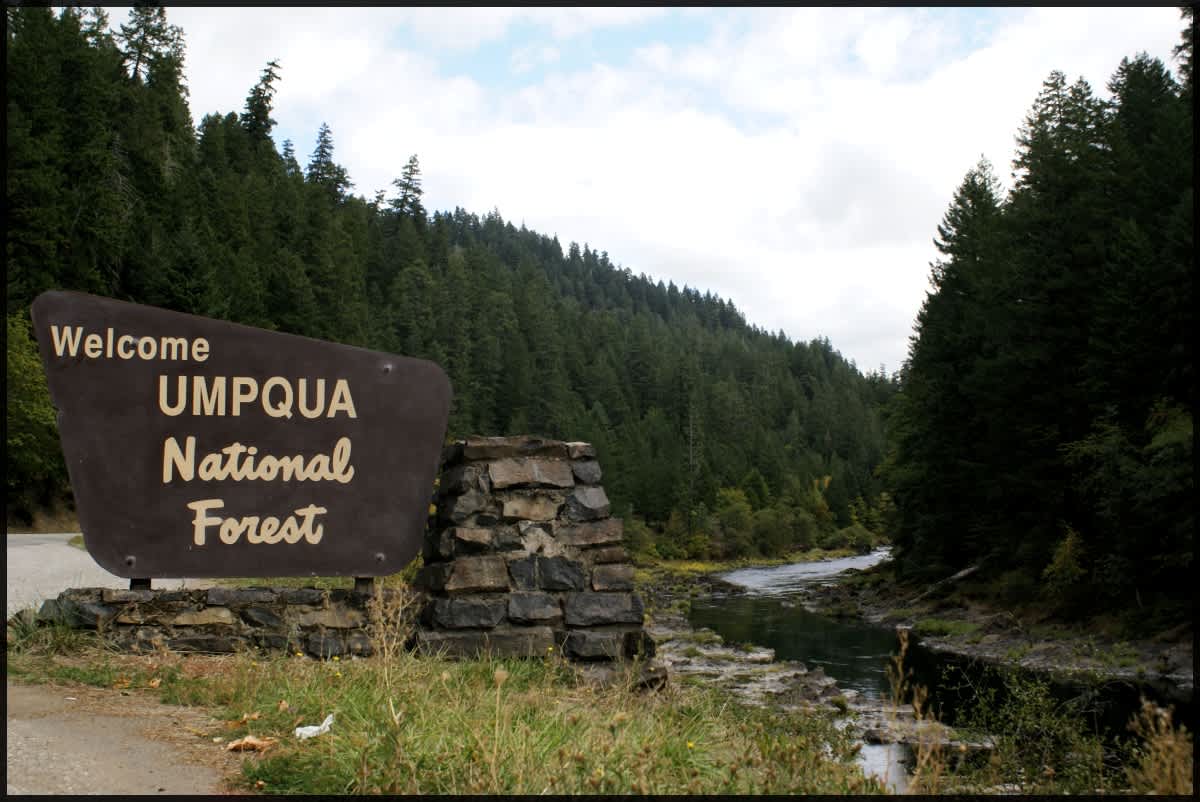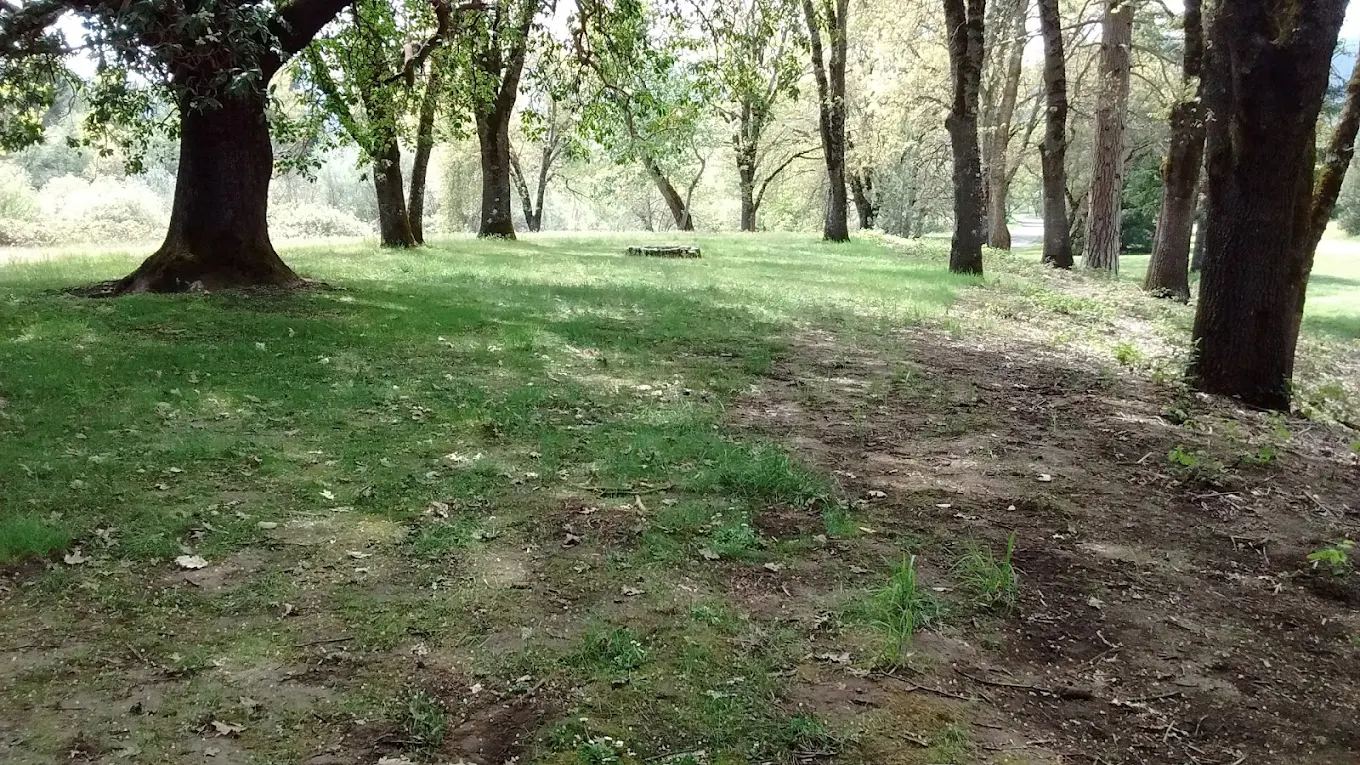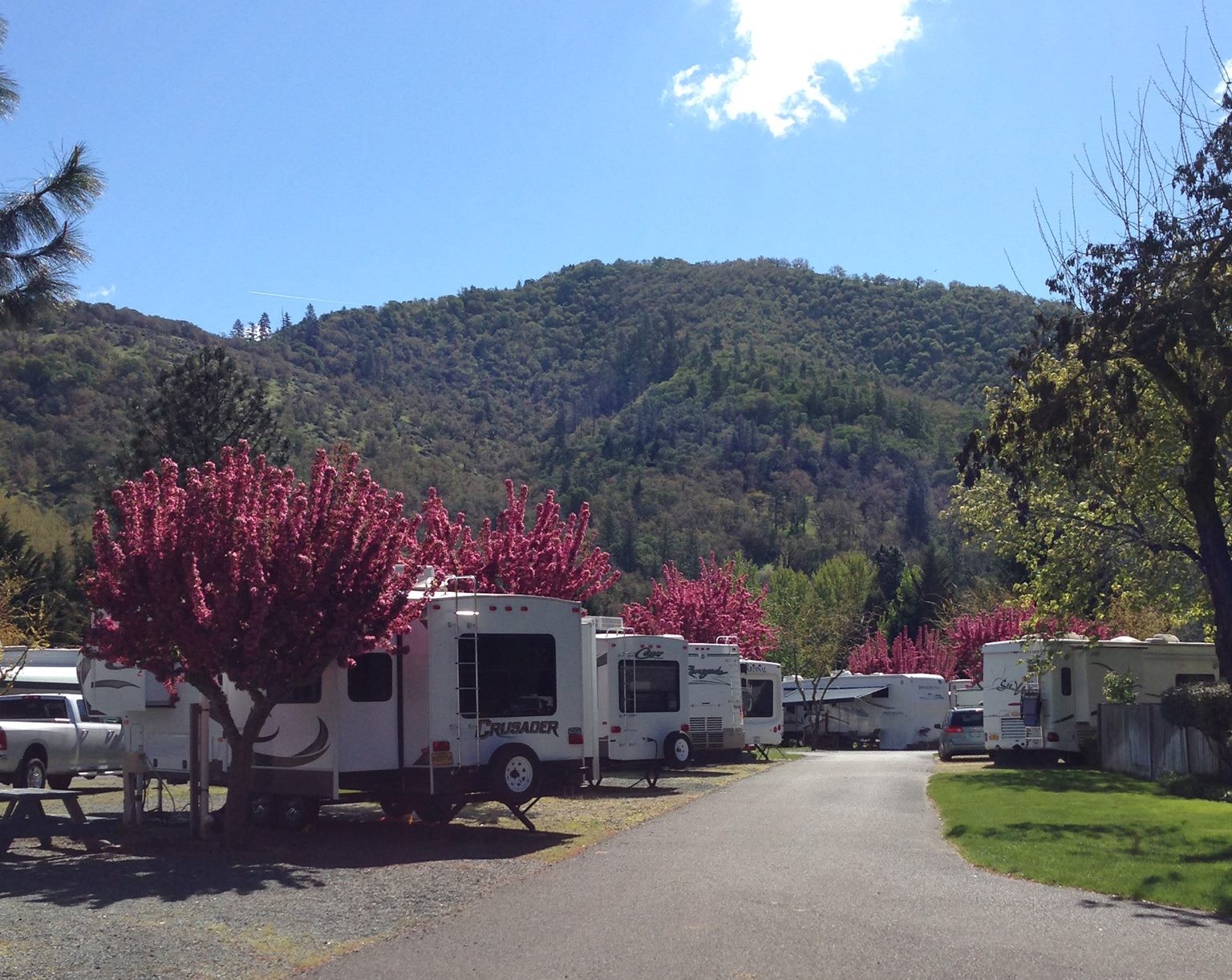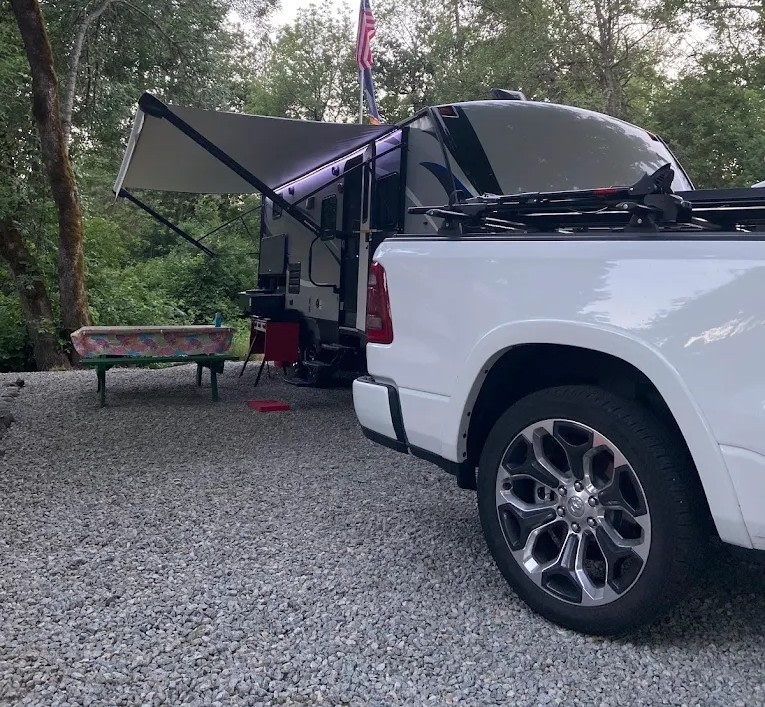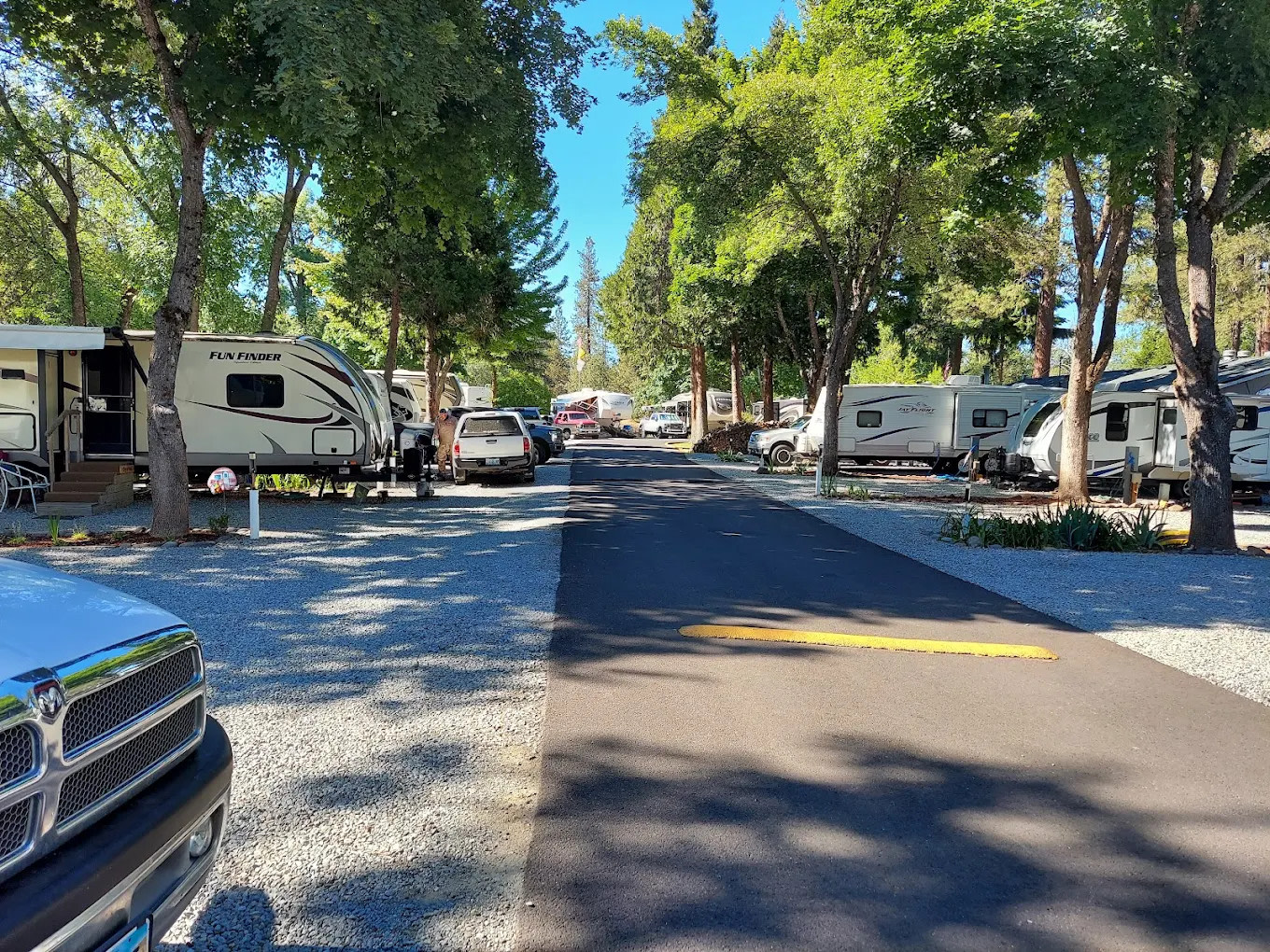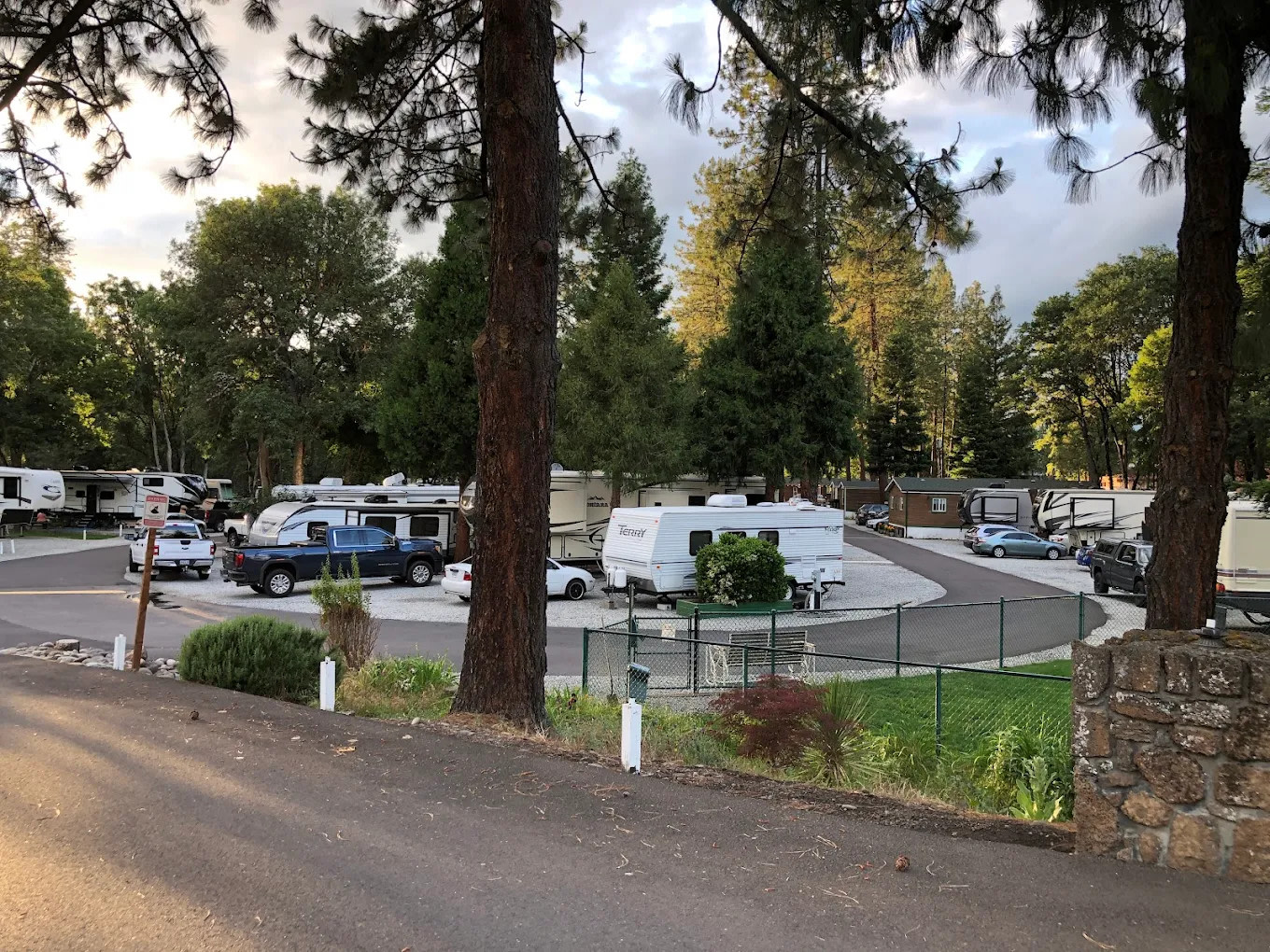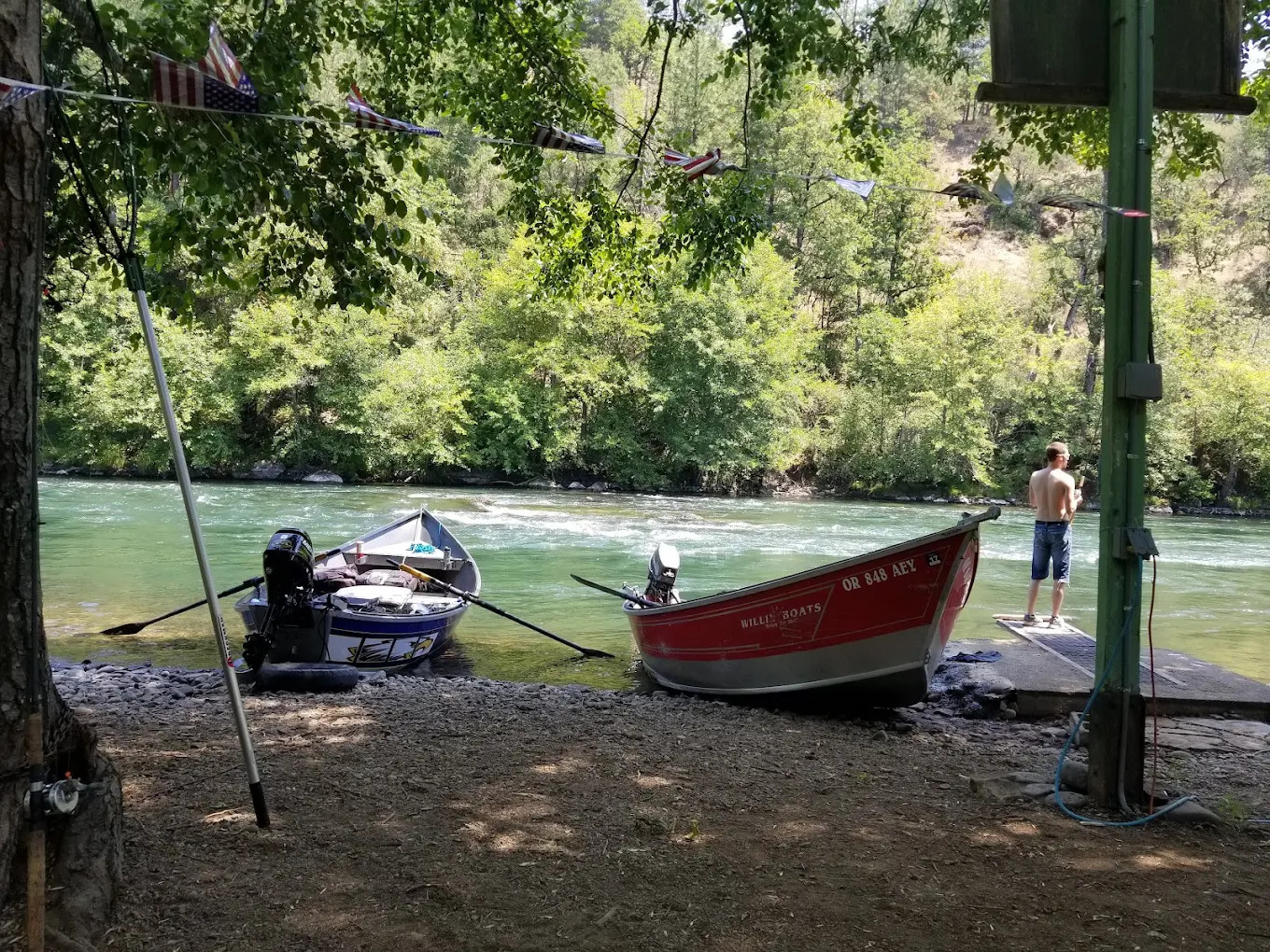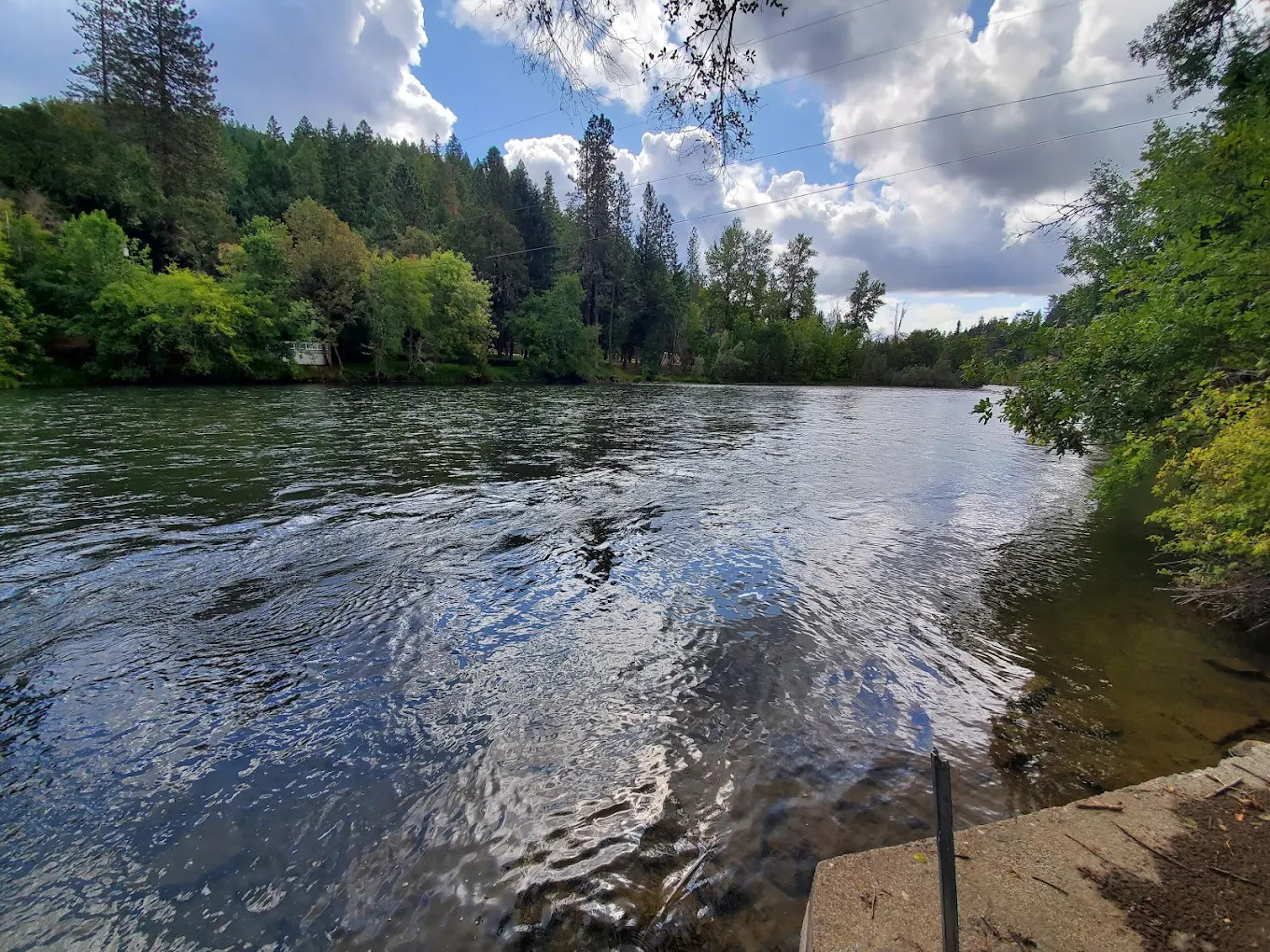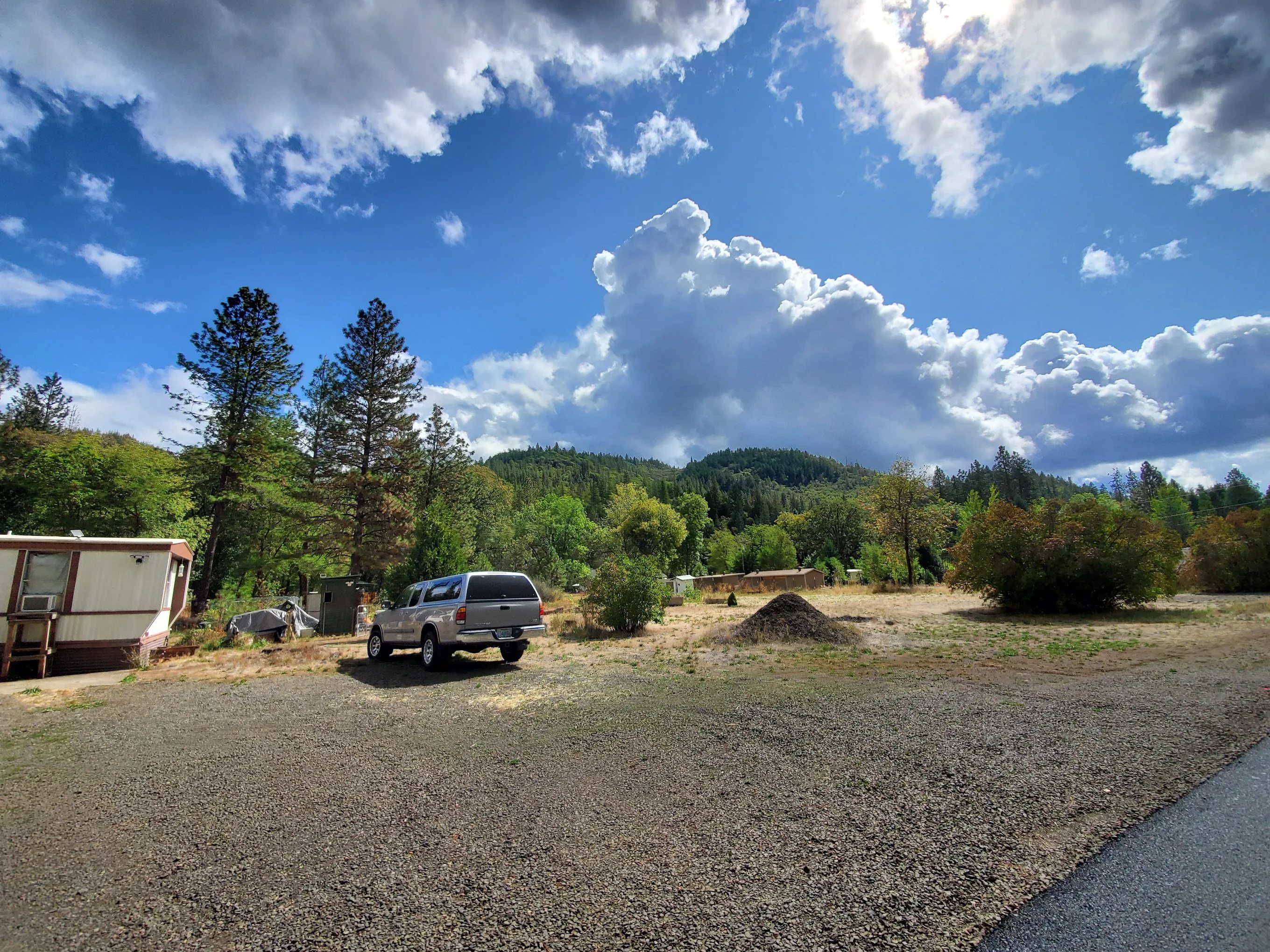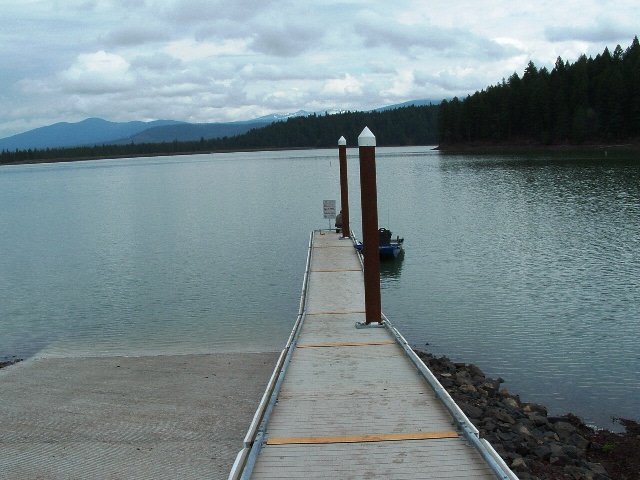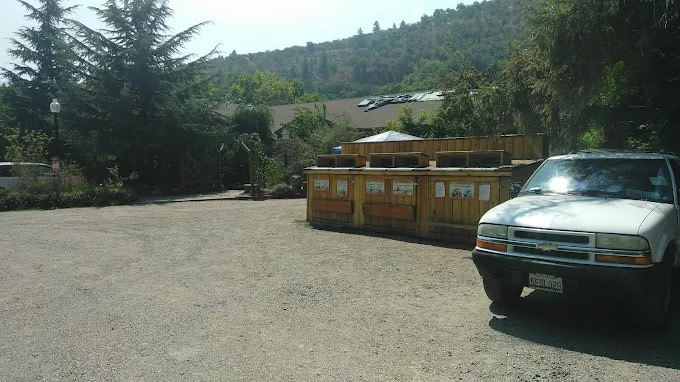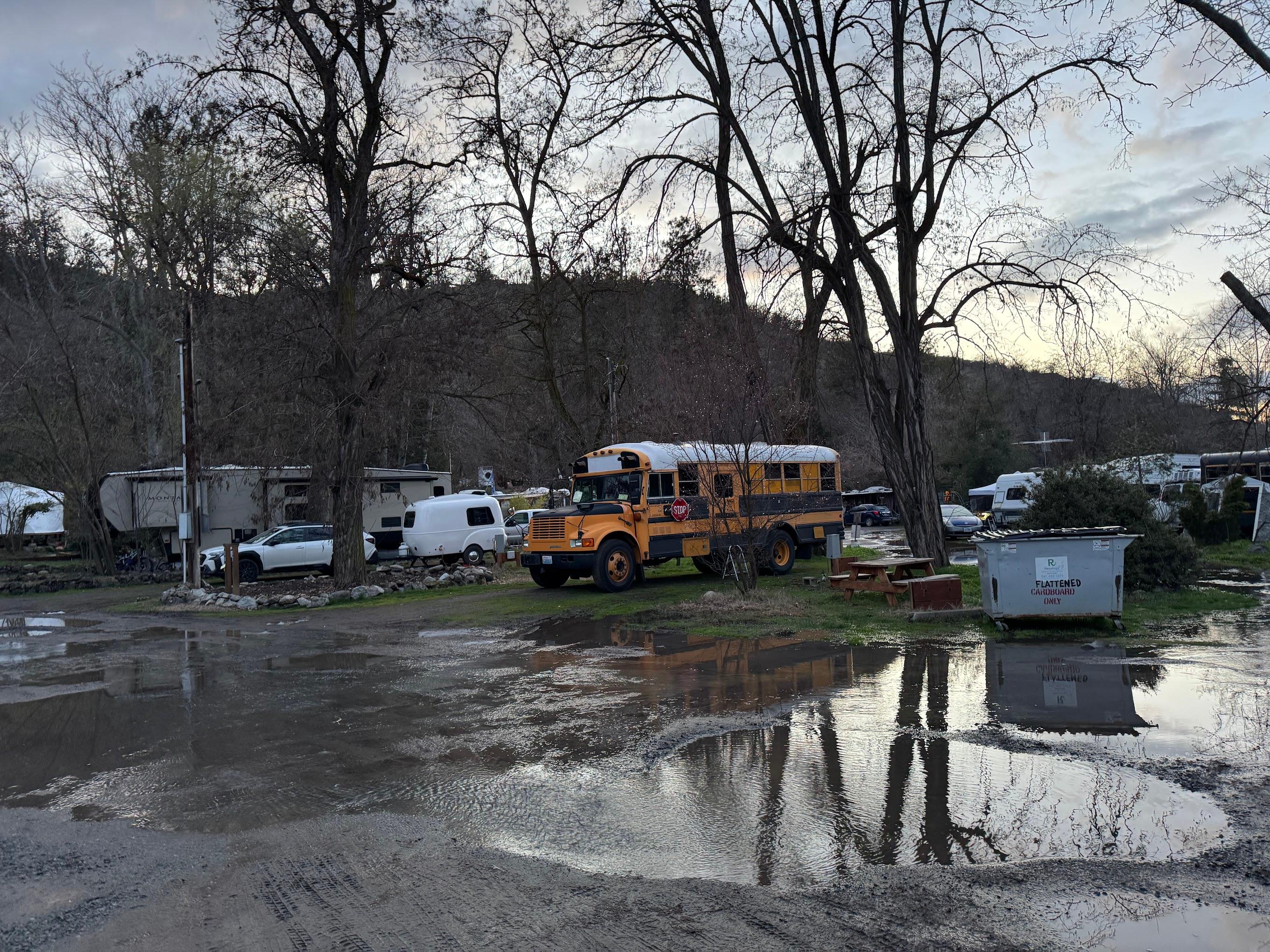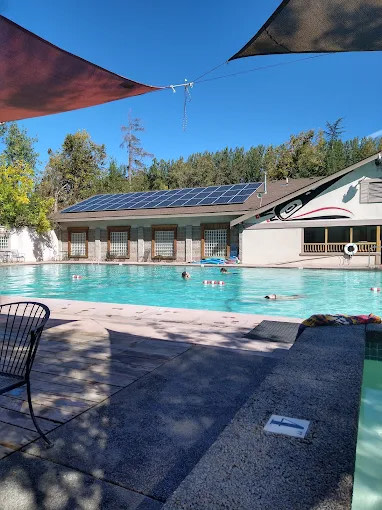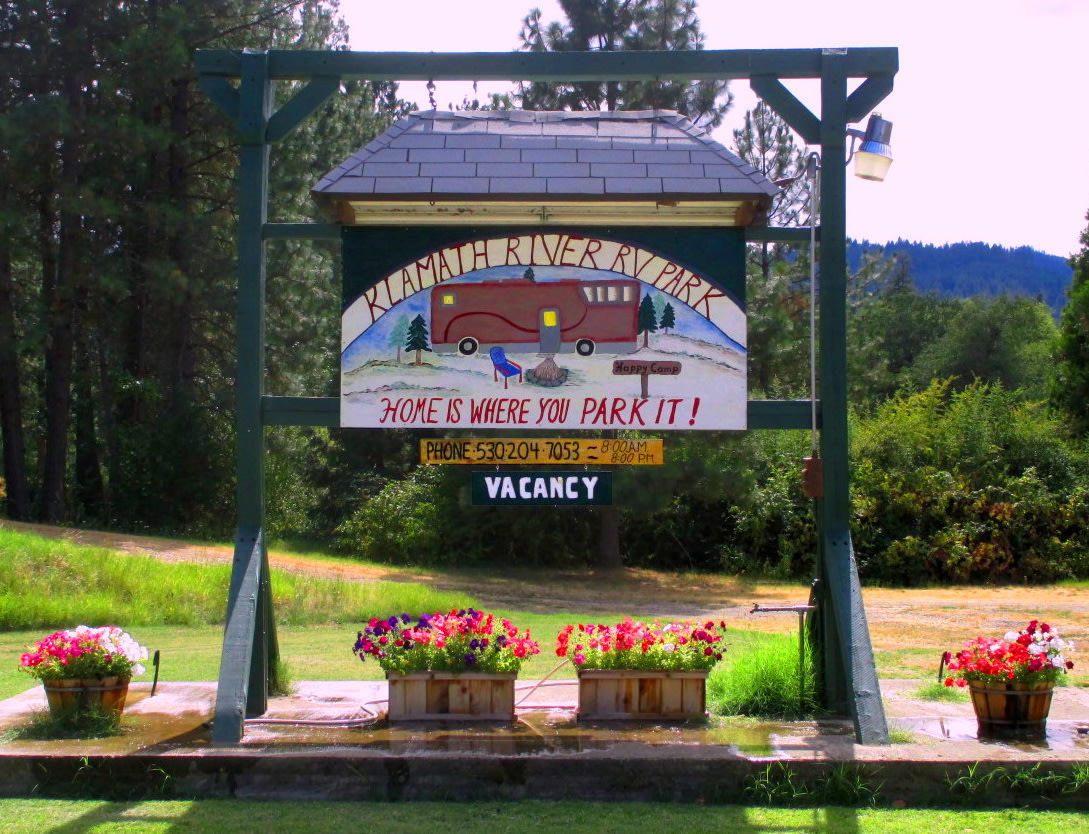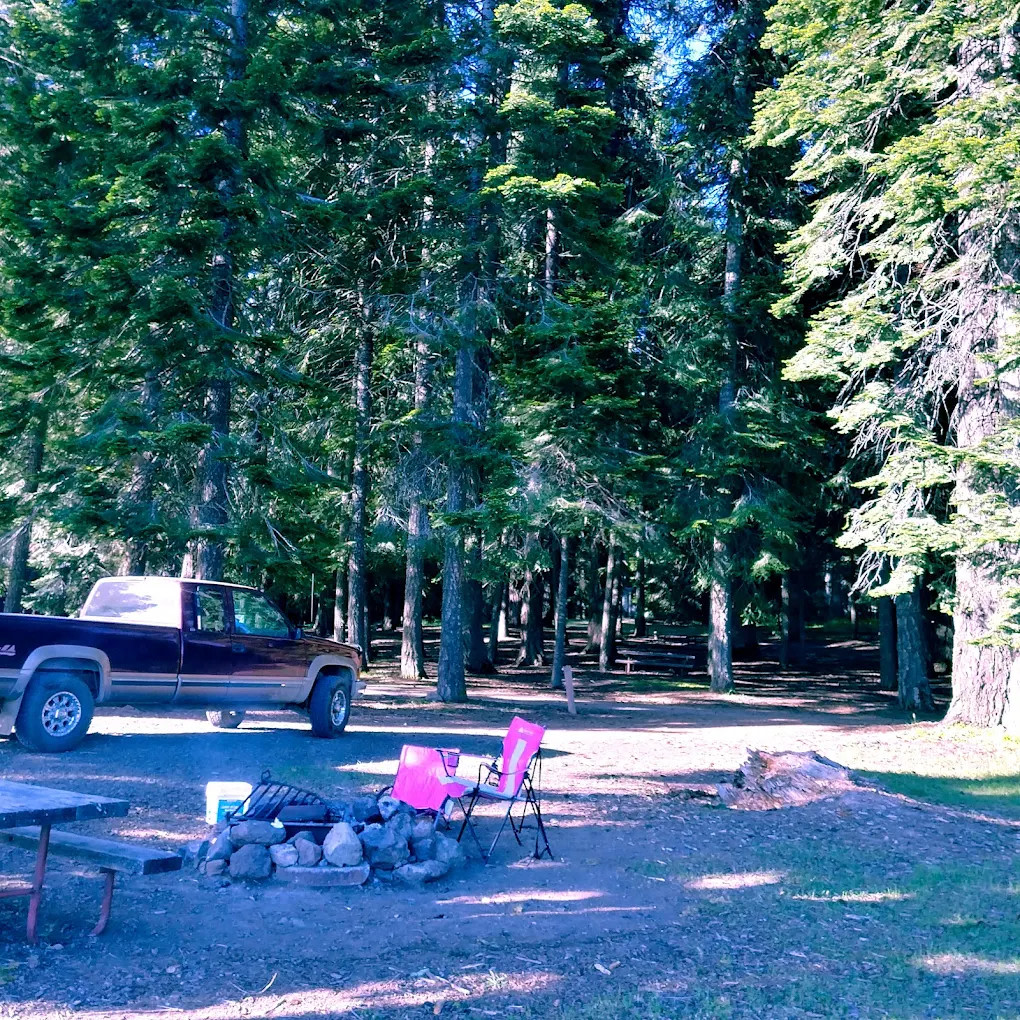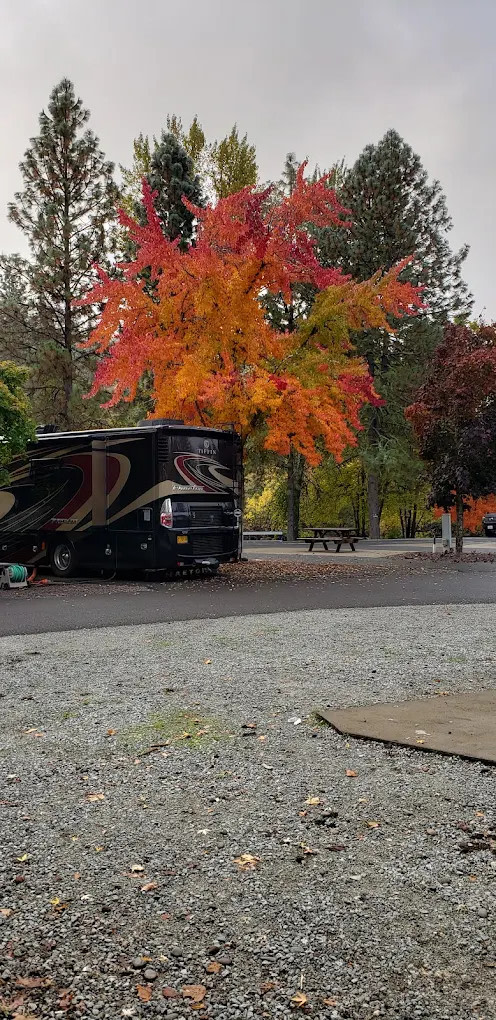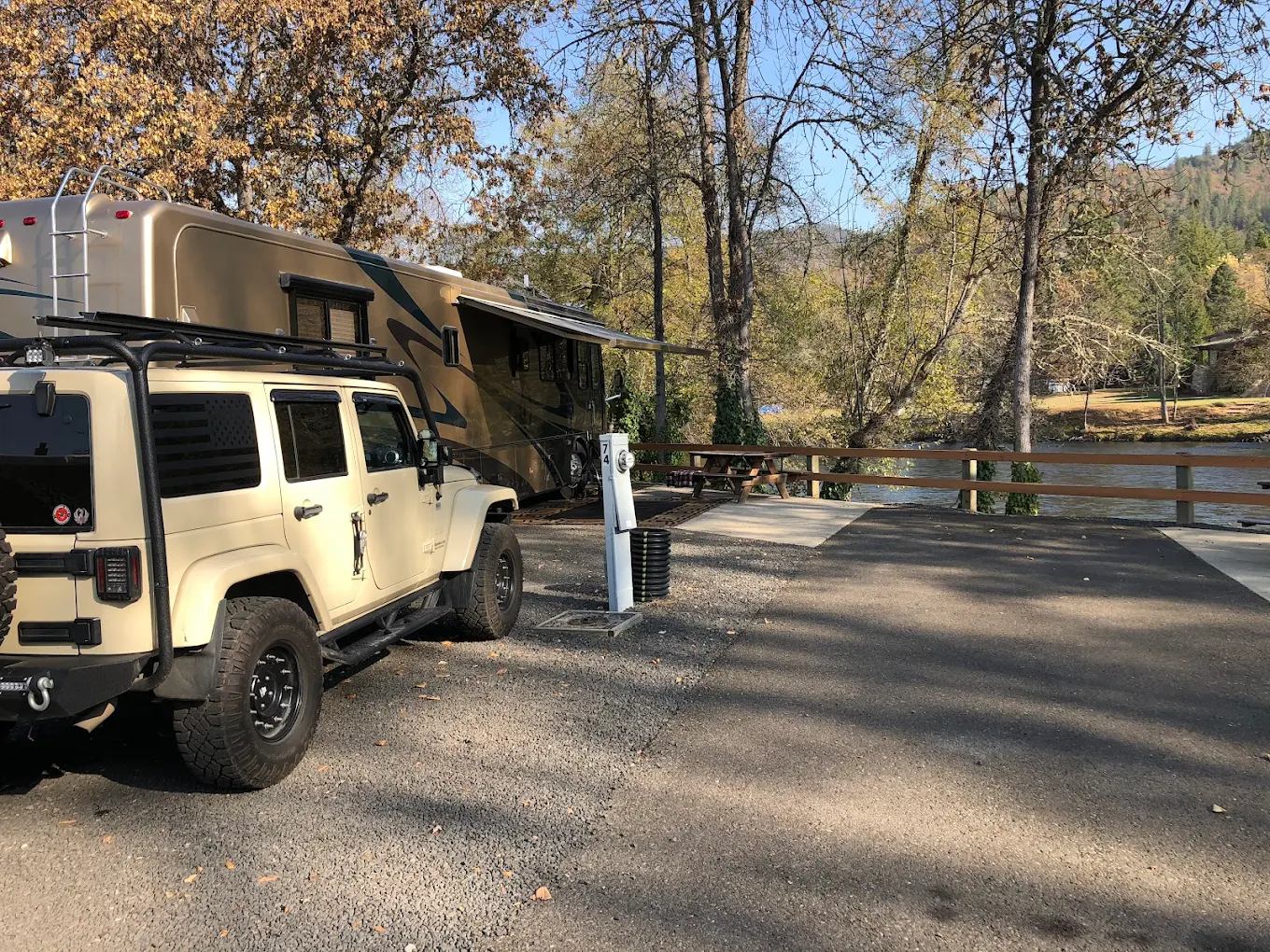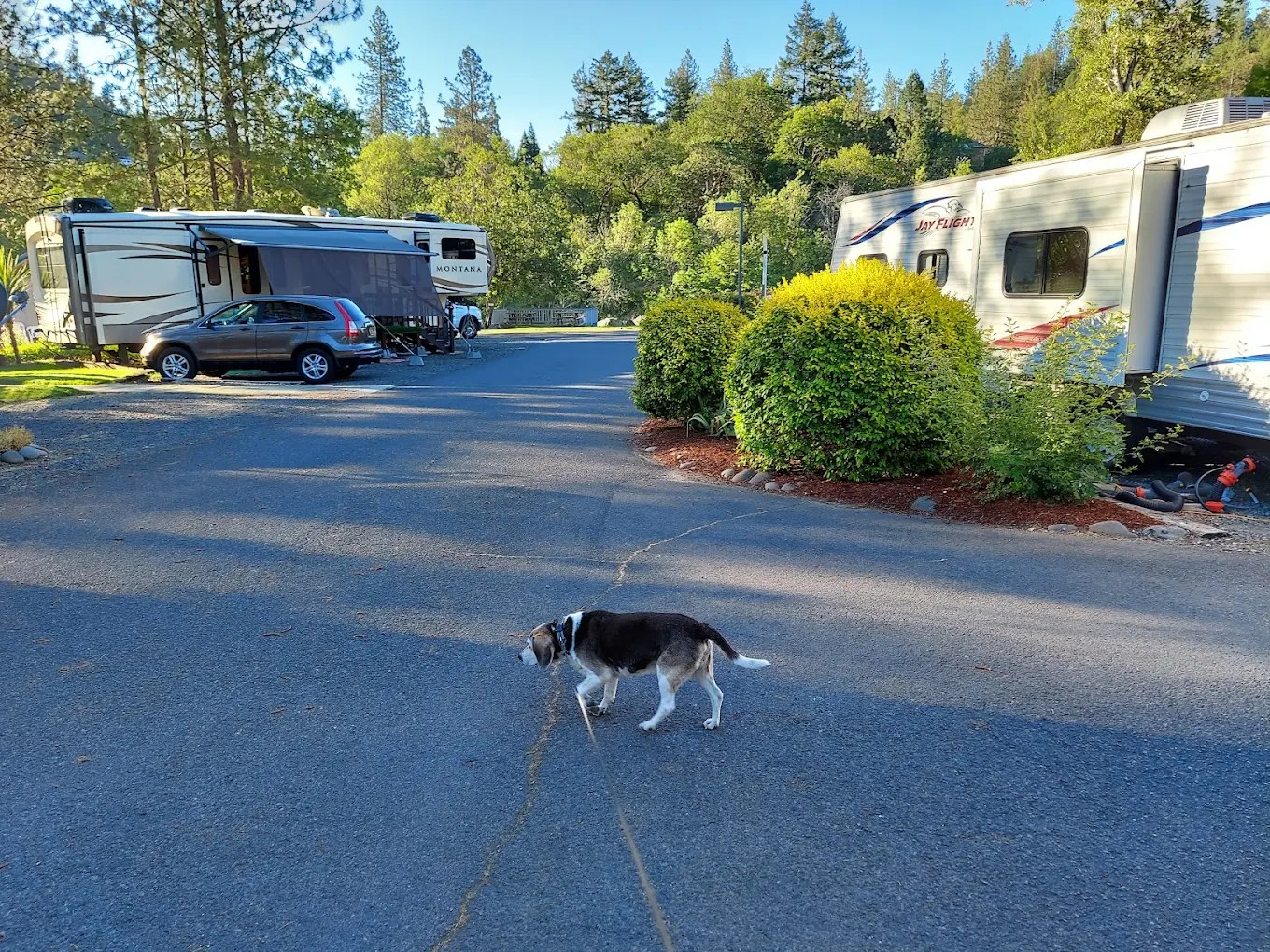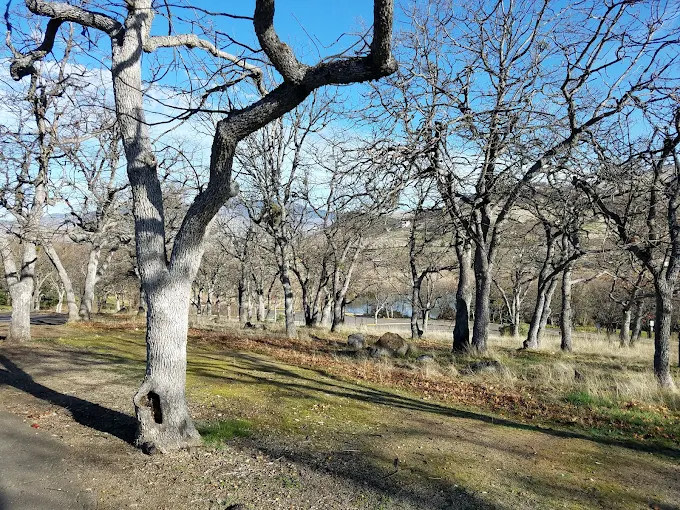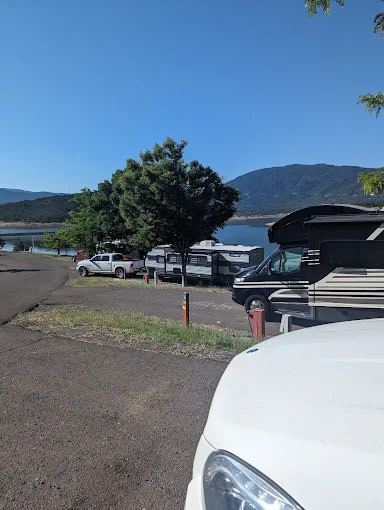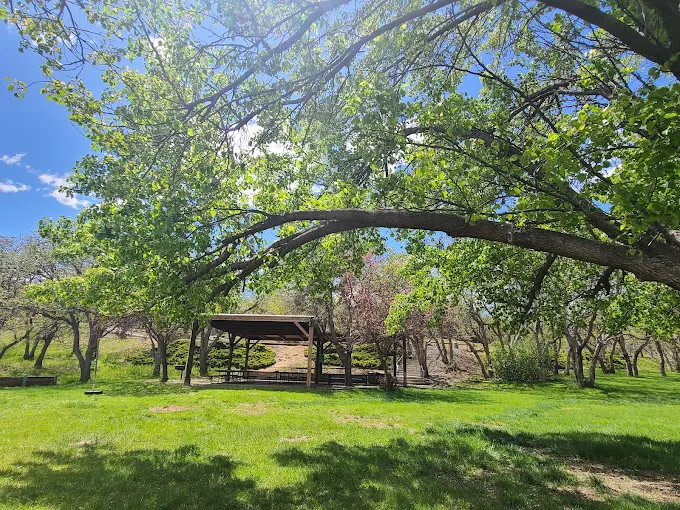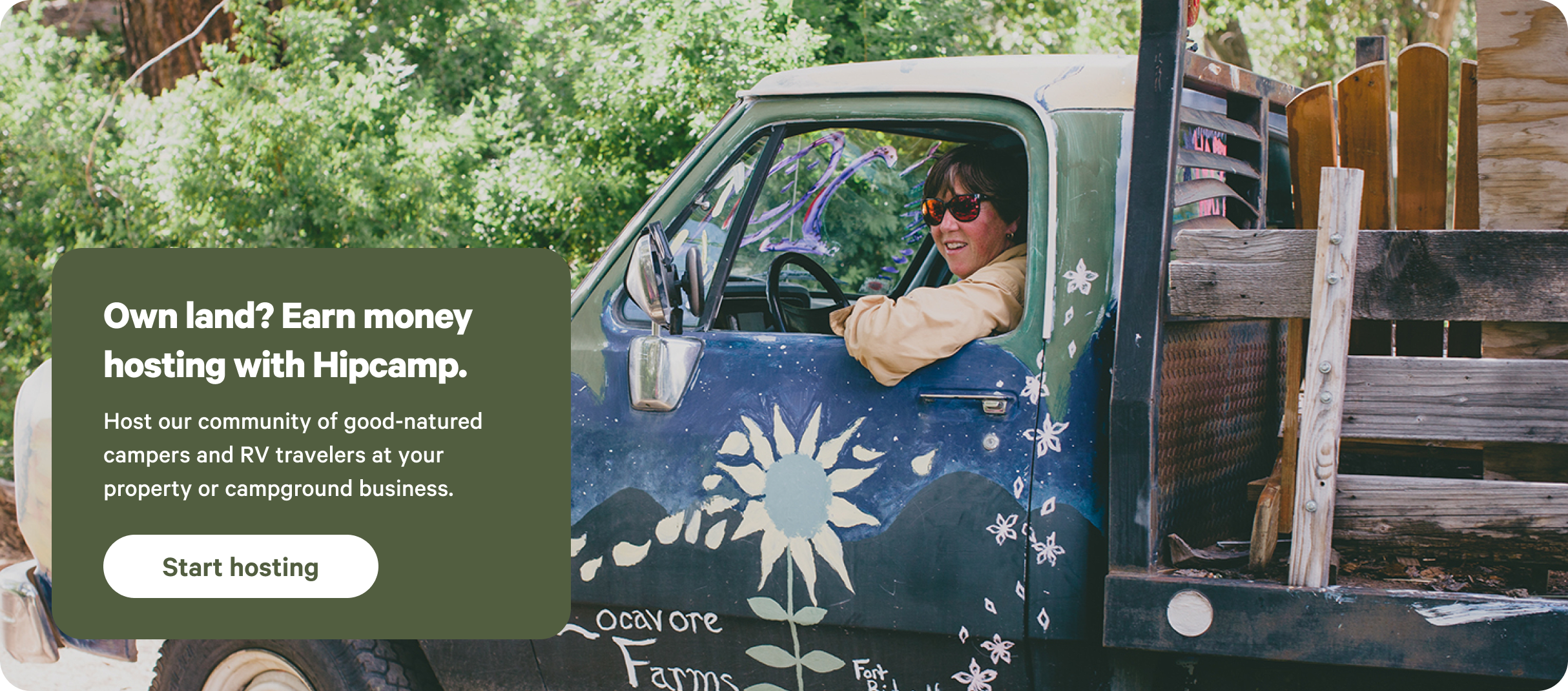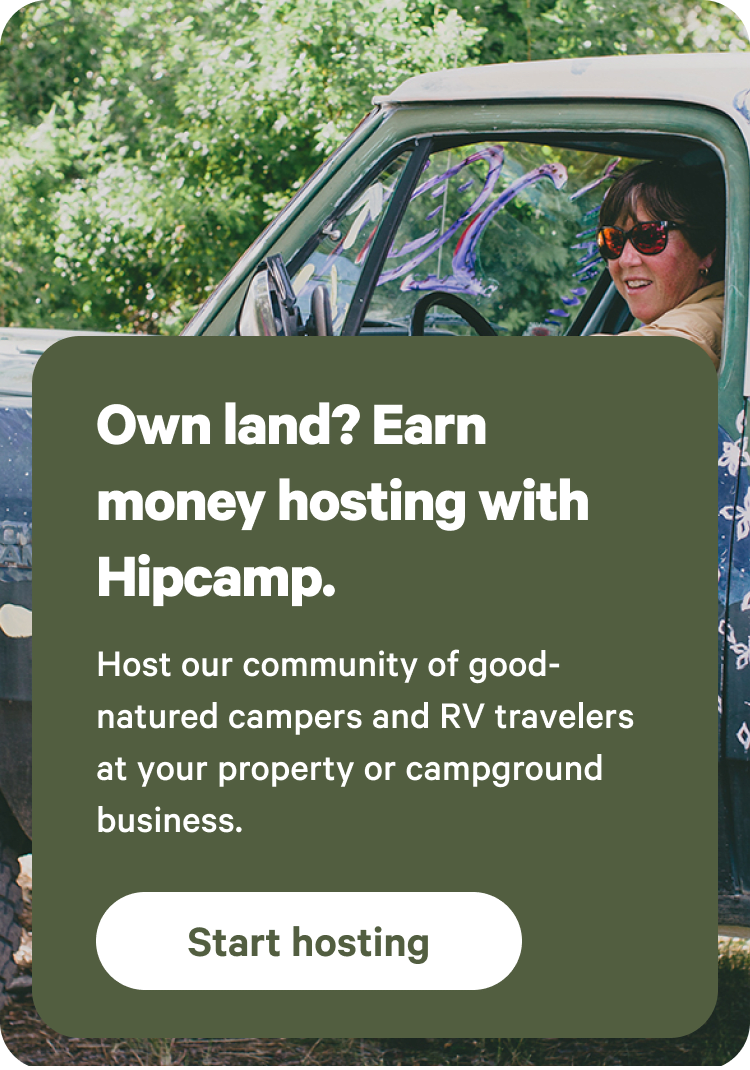96% (4.2K)
Top-rated campgrounds near Medford
96% (4.2K)
Top-rated campgrounds near Medford
Camper favorites near Medford
Top-rated campgrounds reviewed by the Hipcamp community.
Public campgrounds near Medford
Recent reviews from the Hipcamp community
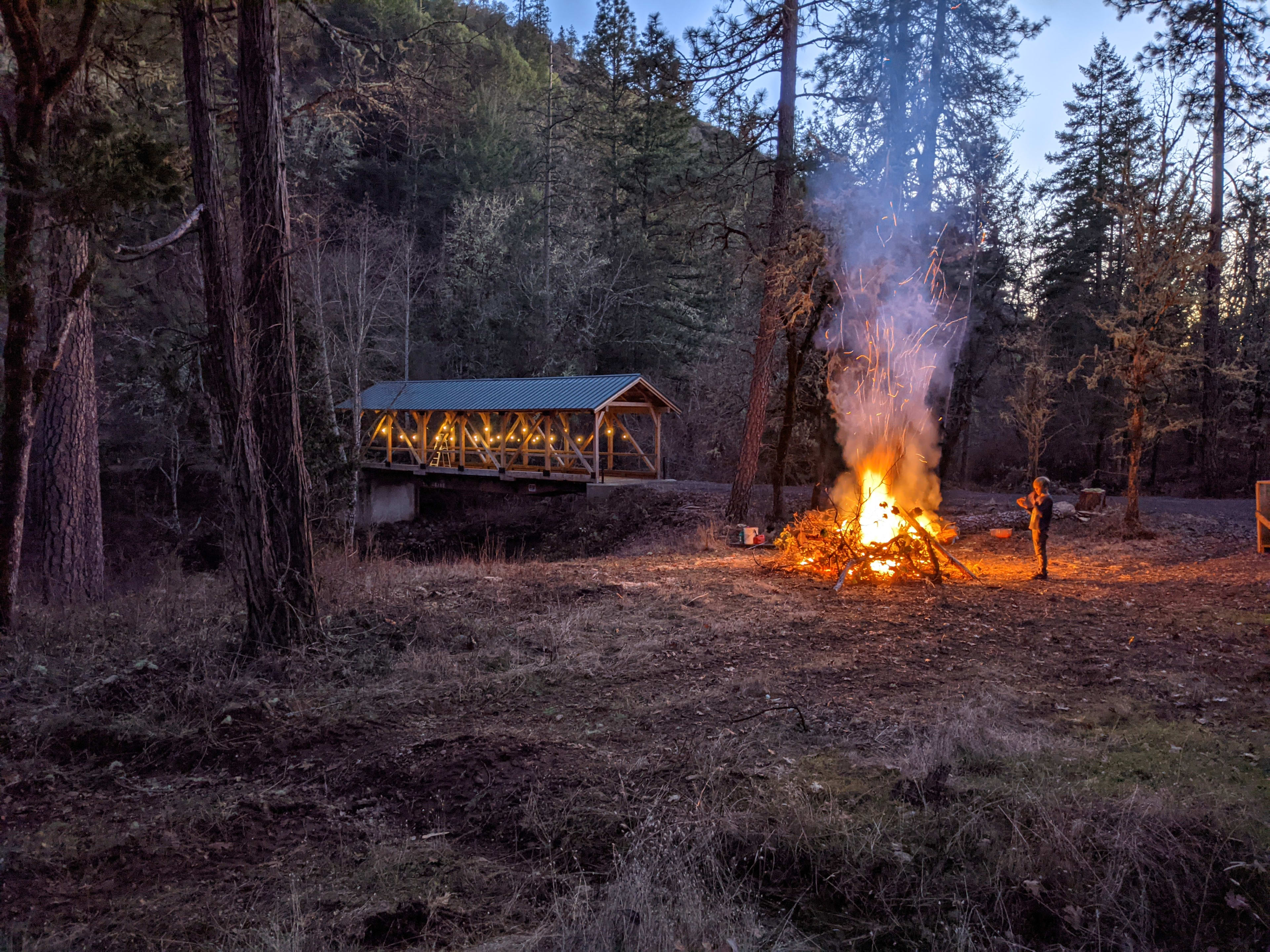
Justin
3 weeks ago
21 ft campervan
With pets
It was conveniently located just off I5 as stated by others. We had a quiet & peaceful night and morning. There is a nice little walking path that my dog appreciated. The bridge lights weren't on which kinda bummed me out as I would have liked to see it lit up, but I was glad they were off as soon as we settled in. Shower was disconnected for winter, but I love the idea and want to borrow it on my own property! I didn't use the firepit, but it would be nice for a group. The campsite isn't totally level and is down a steepish hill. If there was a lot of snow I might be concerned about getting out. All in all we had a great 1 night stay and it was exactly what we hoped for when booking.
See more
Richard
3 weeks ago
Tent
I loved the sound of the creek and ran into a doe and two of her fawns in the morning. This will be even more beautiful during the summer. I went in the late autumn.
See more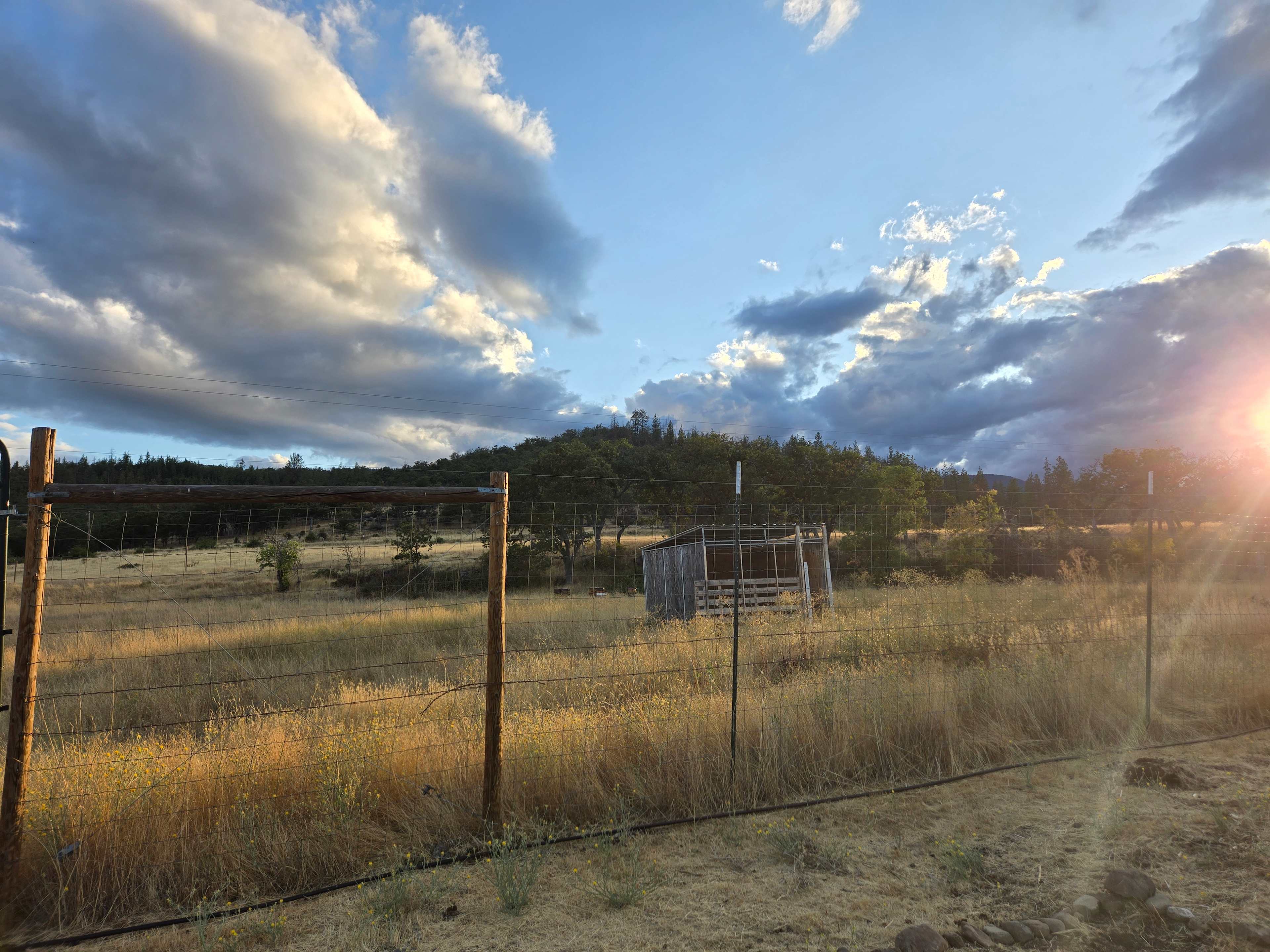
C
Cathy
3 weeks ago
16 ft car
This place was amazing! Hands Down the best HipCamp spot I’ve been to.
The Host were super cool and the events on the farm were awesome.
Soda Creek was close to town yet far enough away there was zero light pollution, the stars were shining bright!
I’d come back here again and again!
See more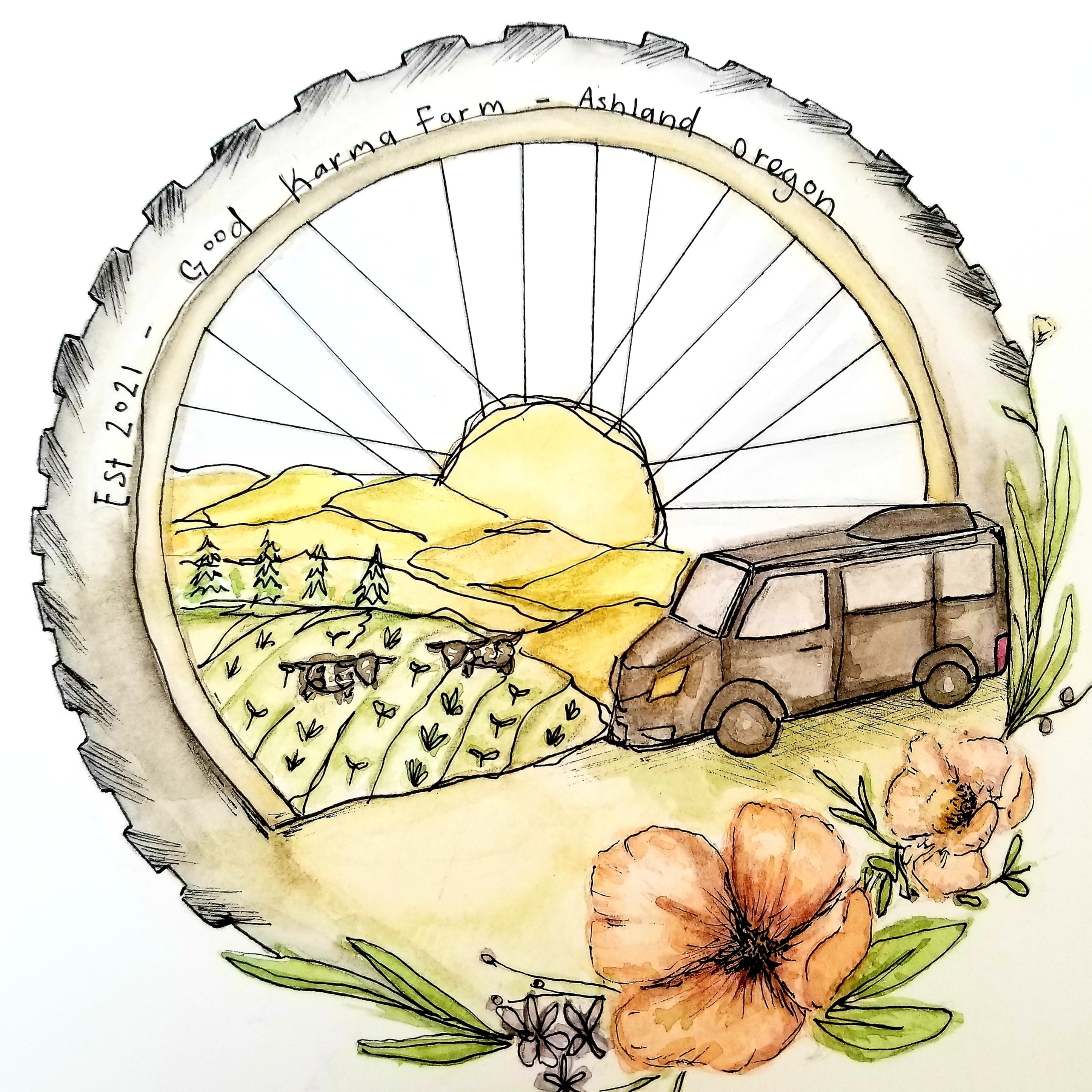
S
Sam
3 weeks ago
16 ft car
While a bit hard to get to instructions were clear and setup was great! Cute garden area and the sunrise was amazing.
See more
A
Aimee
3 weeks ago
Tent
This is the best hip camp I’ve ever stayed at. Beth was so incredibly kind to us and got us set up in the CUTEST cabin with the most beautiful decor and might I add the comfiest bed!! I look forward to staying here again if I’m ever back in the area!!
See more
Richard
November 2025
Tent
Loved the open spaces and there was no one else in the other tent spaces so lots of privacy. Information about using bathrooms and showers were clear.
See more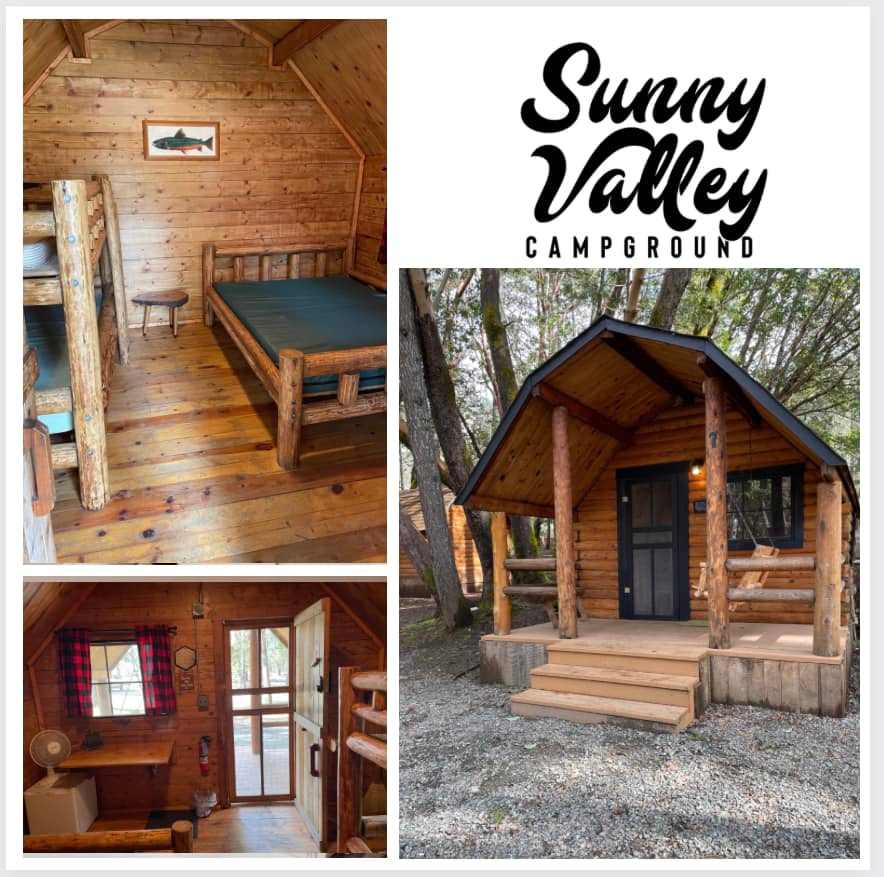
J
Jordan
November 2025
With kids
Cozy cabin stay! Perfect halfway point on our travels.
See more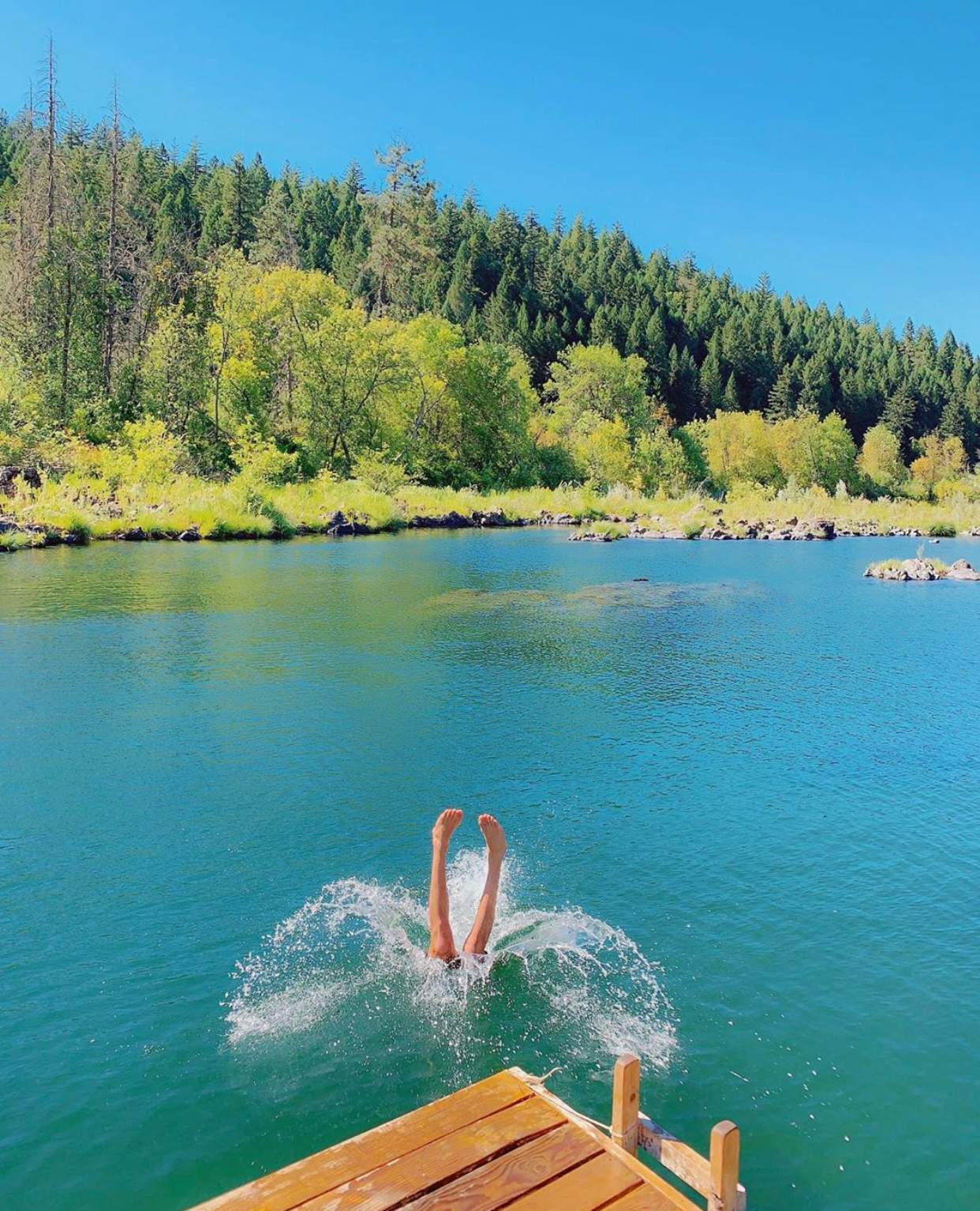
K
Kia
November 2025
Tent
With pets
Large area to work with. Also, warm showers on the river have an absolutely gorgeous view of the river. However, it is outside and you can see the highway from the shower… meaning the highway can see you. There could be better paths and signage to follow, but once you get a gist of the area it’s very easy to find everything. The hosts are very accommodating. They had an employee drop of the firewood we purchased from the camp store. Also there was a full community kitchen that came in handy for things we forgot. We just washed them all and put them back when we were done.
See more
A
Ashley
November 2025
24 ft Class B
With pets
I loved staying on Sarah’s land in our RV. It was our first time using Hipcamp and it was a great experience. Good directions, beautiful farm and views. My daughter loved waking up to the sheep and us too! We walked around the property a little bit too. Such a great spot. We will be back!
See more
Dayna
November 2025
27 ft Class C
With pets
Marcus’s property is absolutely beautiful. Easy to access down a gravel road, nice flat and wide site for our 26 foot Class C with a slide, stunning surroundings, super private and quiet. We loved everything about it and can’t wait to come back.
See more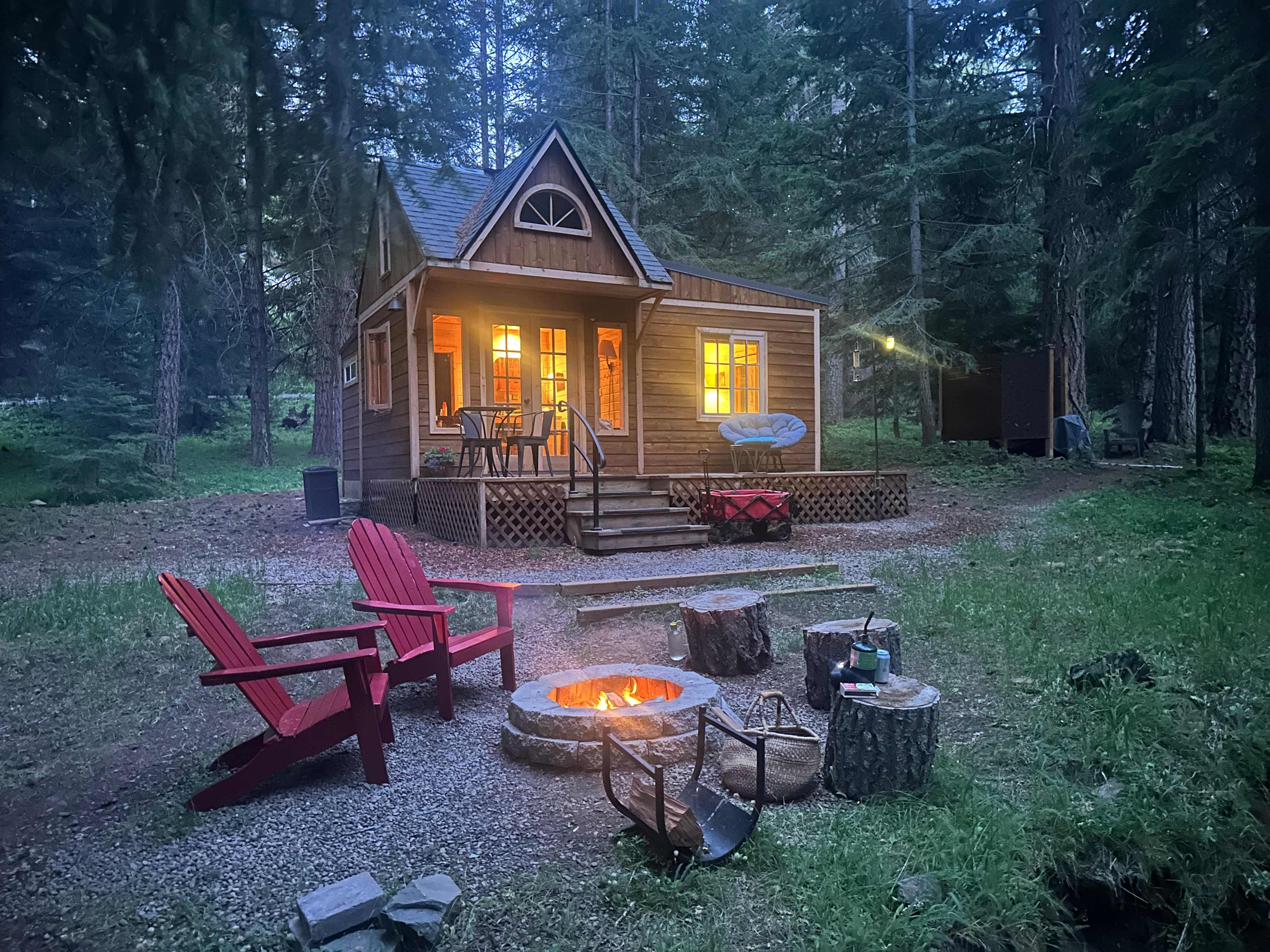
Leah
November 2025
Weekend Trip to Owl Creek Cabin Mountain Getaway
What a beautiful and cozy spot!! Kit was very accommodating and friendly. The cabin was warm, the fire pit was perfect. I was just bummed the outside bathtub wasn't functional at that time, but all in all a great spot and I highly recommend.
See more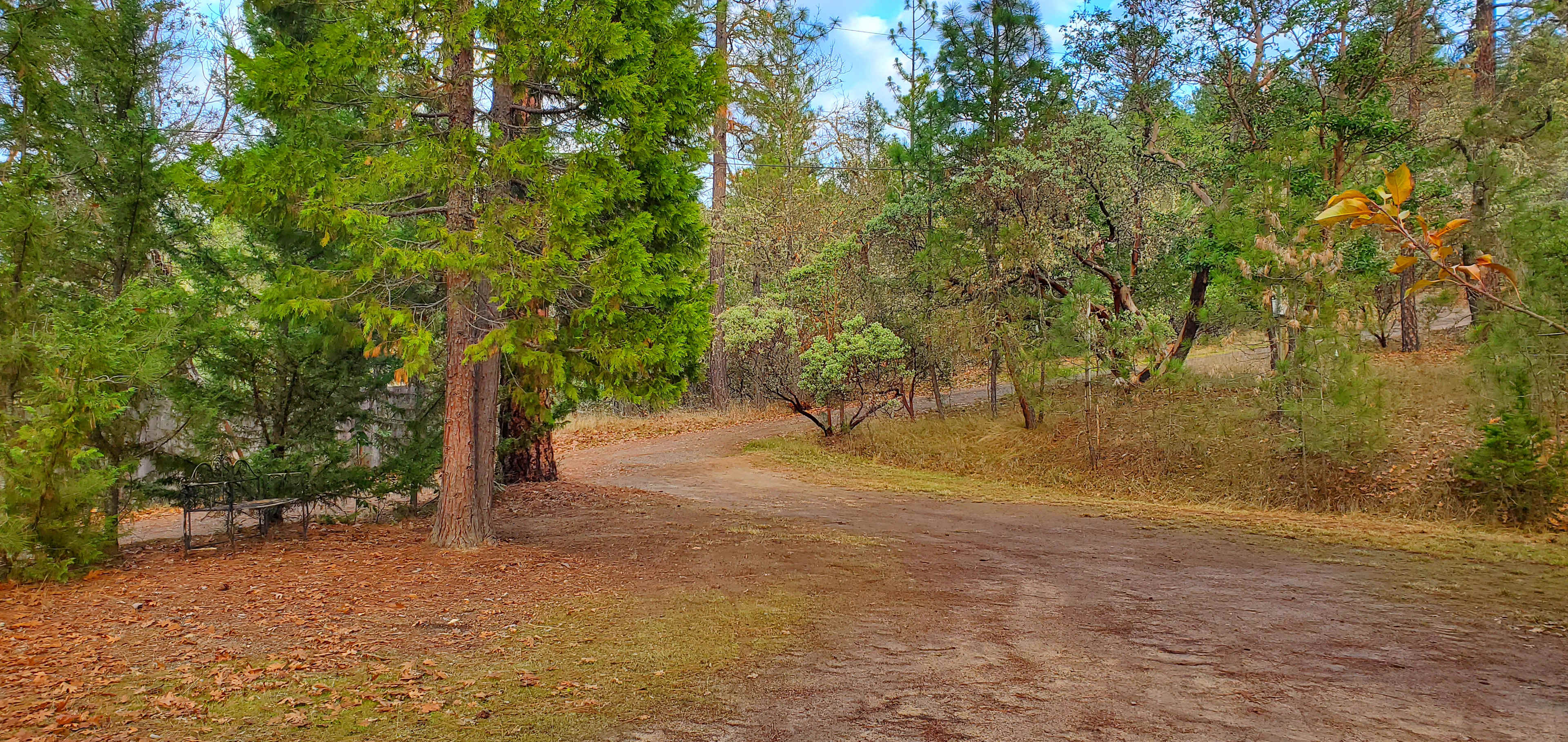
K
Kaia
November 2025
19 ft travel trailer
With pets
The pond area is sublime & peaceful. This location is a challenge to get to with a steep ascent but it does indeed true you on top of the clouds. Totally worth it! Wine too……a perfect location.
See more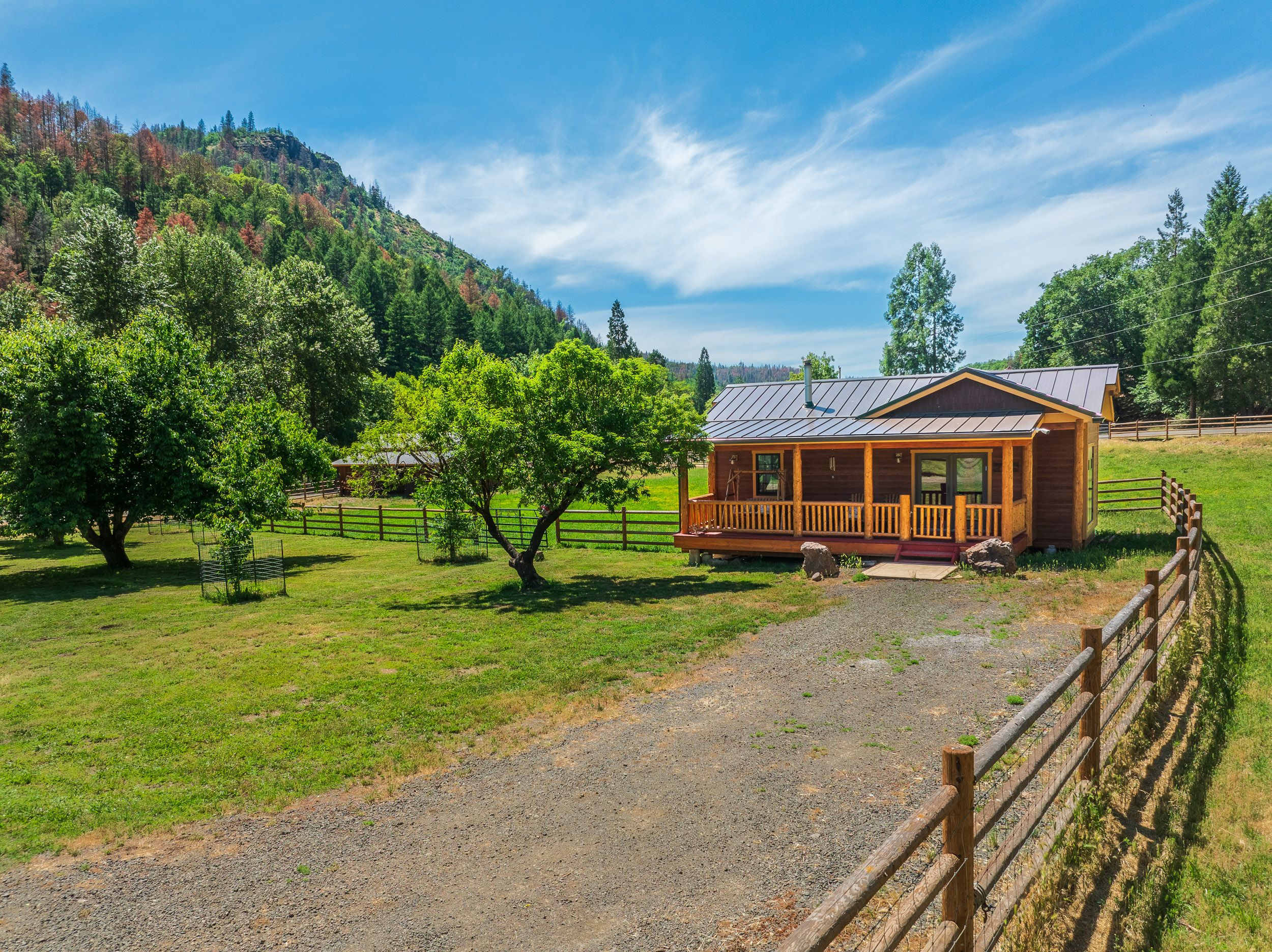
K
Kirk
November 2025
Weekend Trip to Sunnybrook Ranch
A beautiful cabin on a stunning property. Quiet, comfortable, and very private. The adorable goats made it even better... :)
See more
C
Christie
November 2025
18 ft campervan
Very easy to find, close to town & just off the freeway. It was a perfect stop over for a 10+ hour drive. Bathrooms were very clean, host super friendly & helpful. I’ll be “book marking “this one for future use!
See more
J
Jorge
November 2025
Tent
Close to the main road but very quiet. Nice ambience with the string lights and sounds of the creek. Saw a few deer during my stay. Happened to be rainy during my stay but the big trees offered some cover and the covered bridge was another nice place to stay dry. Bathroom was clean.
See more
D
Daniel
October 2025
15 ft campervan
Stayed one night. Responsive owners and thoughtful set up, easy to find. Caldera is an easy fun bite nearby. As others have said, you will hear the traffic from the 5, but didn’t bother me. Thank you
See more
R
Ryan
October 2025
Tent
With pets
Utterly amazing. The tea house, sauna, river, grounds, everything is 10/10. Would def stay again!
See more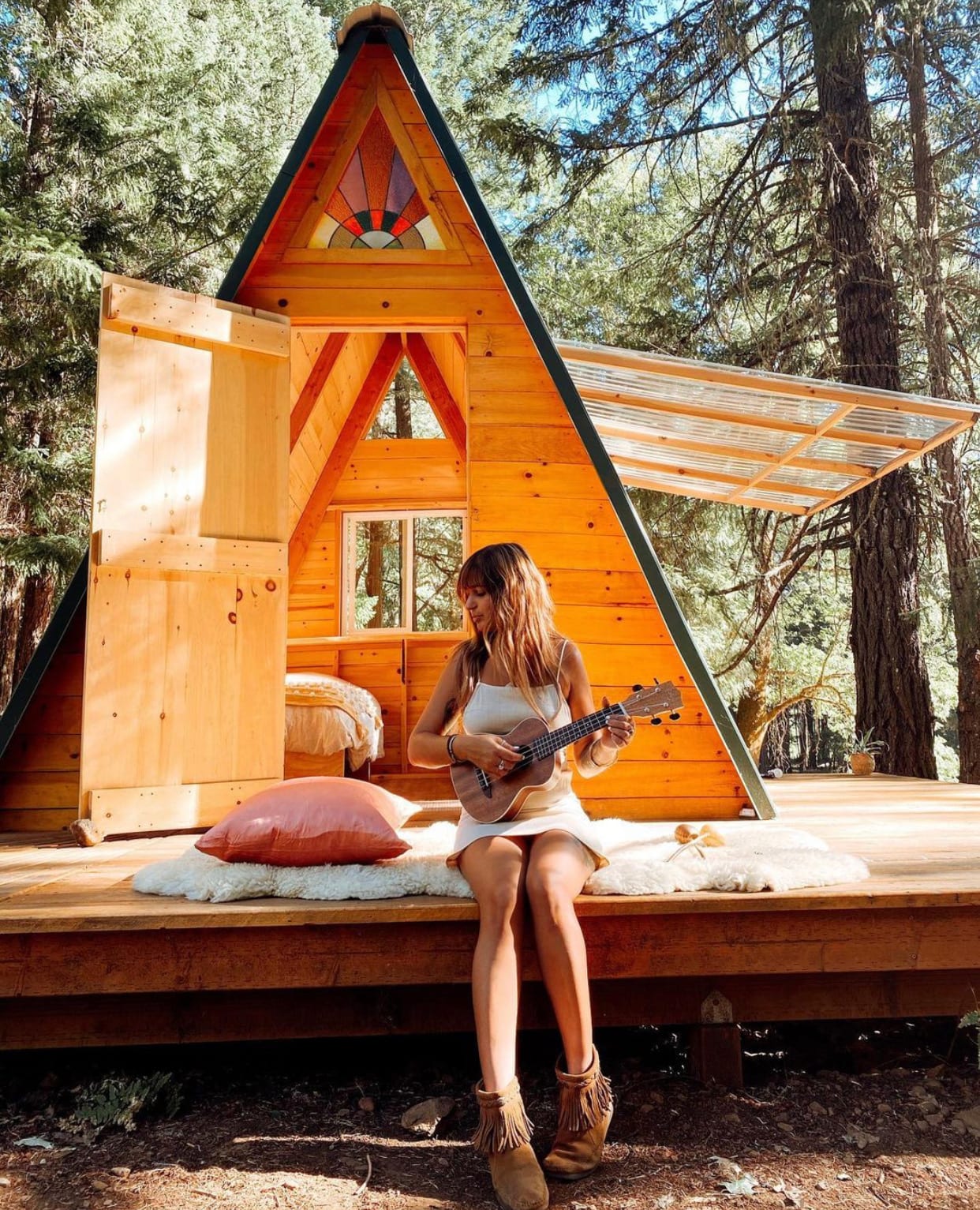
B
Bonnie
October 2025
With pets
Stayed in one of the A-frames with my two small dogs for a weekend and had a lovely time. It was a stormy, rainy couple of days in October, so I didn’t get to explore the property or surrounding area much, but that ended up being perfect since I had just come to relax anyway. Once I got set up inside (with some string lights, a hot water bottle, and a good book), it felt nice and cozy. I was glad to have brought the hot water bottle and a couple of extra blankets, b/c the temps inside were roughly the same as they were outside.
The transparent panels make it feel like you’re sleeping among the trees, and the sound of rain on the roof was wonderful. The roof is corrugated steel, so the first time an acorn pinged off it I just about jumped out of my skin, but we got used to it quickly. Ultimately I think those noises were part of the charm. Saw some beautiful deer and lots of wild turkeys.
As a woman camping solo, I felt very safe. The property isn’t completely remote (it’s tucked next to a neighborhood and there’s a private residence onsite) but it still has a peaceful, wilderness feel, especially in late October when there were fewer visitors.
For anyone curious (since I couldn’t find this info beforehand), each A-frame has its own fire ring and picnic table.
Thank you for the great weekend!
See more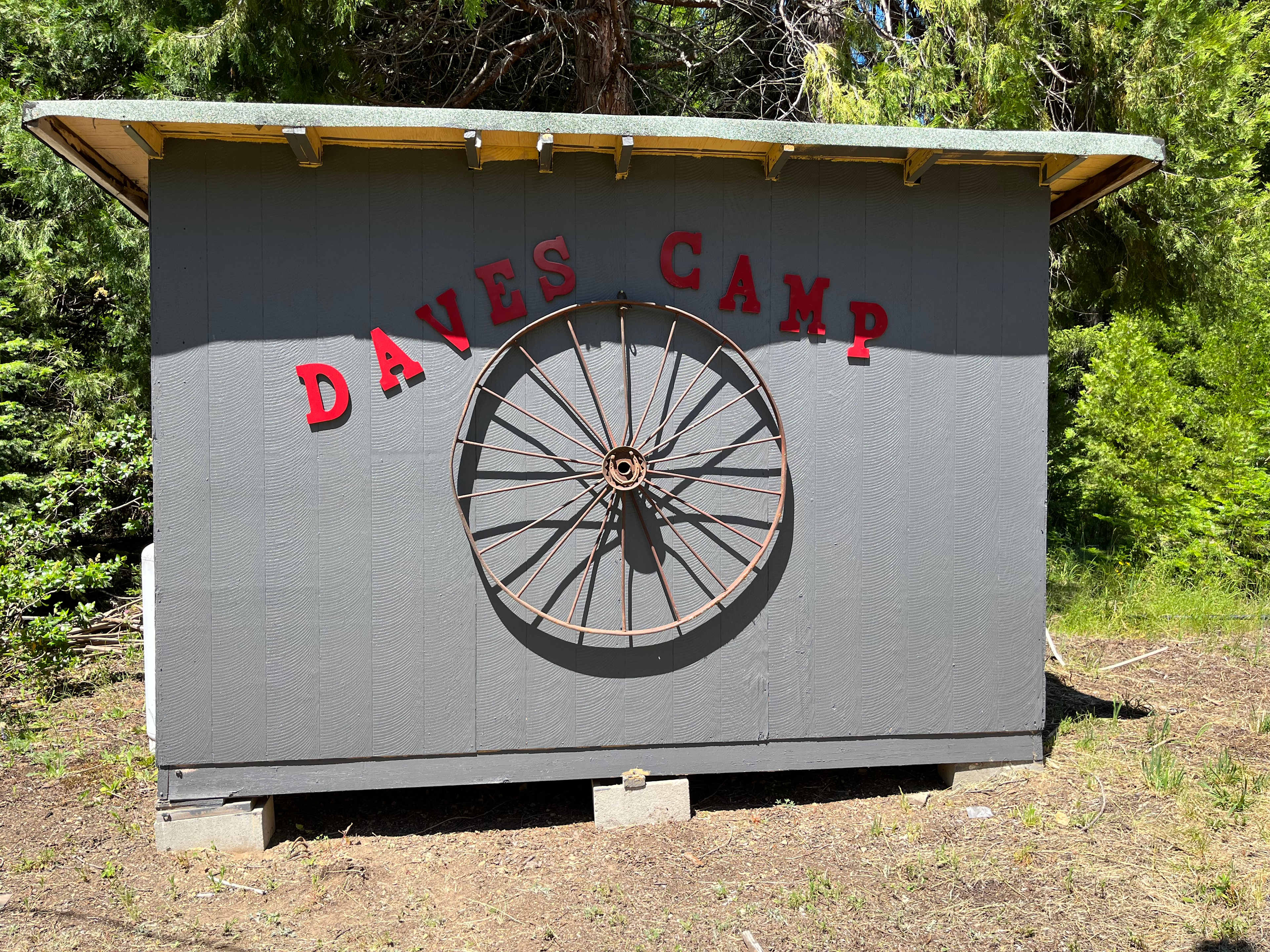
K
Krizzia
October 2025
30 ft Class C
With pets
Beautiful property! My little family and I had such an amazing and peaceful time on Joy’s land. Joy is super great with communication and is truly helpful and kind. Wish we could’ve stayed longer! Such a great property to explore with our babies and dog. My family and I recommend and would come back again 😊
See more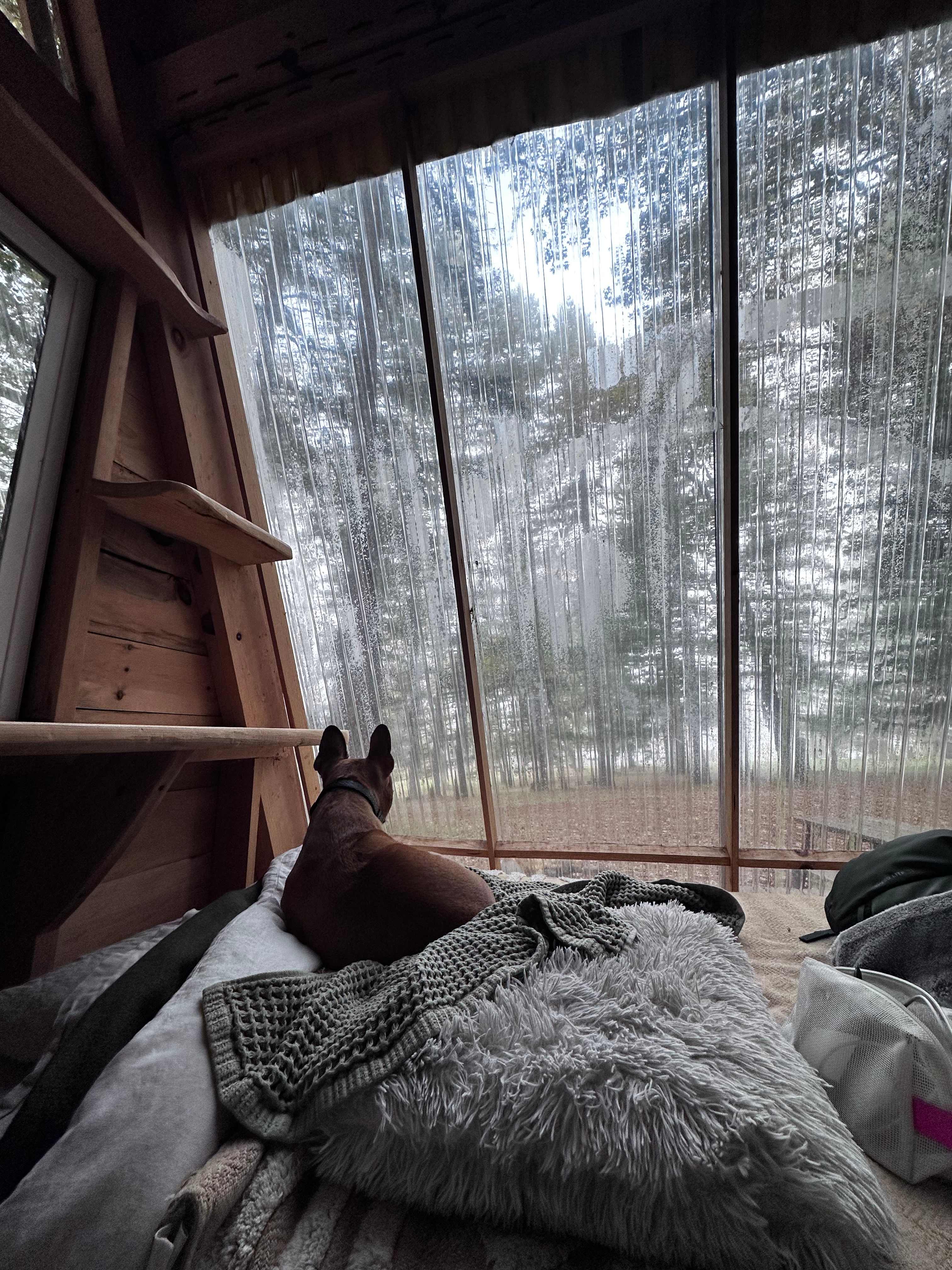
S
Sheila
October 2025
With pets
I love this place. I’ll stay here any chance I get. It’s lovely. Spacious camp sites. Hot tea and coffee area. The river. The outdoor showers. And the A frames are so cool! But I recommend arriving in the daylight if it’s your first time. I came after dark and I’m pretty sure I would have been lost if I didn’t already know my way around. It’s not well lit at night. Makes for good sleep— but def bring a head lamp.
See moreTop camping destinations around Medford
Nearby public parks
Browse national and state parks near Medford
More campsites near Medford
